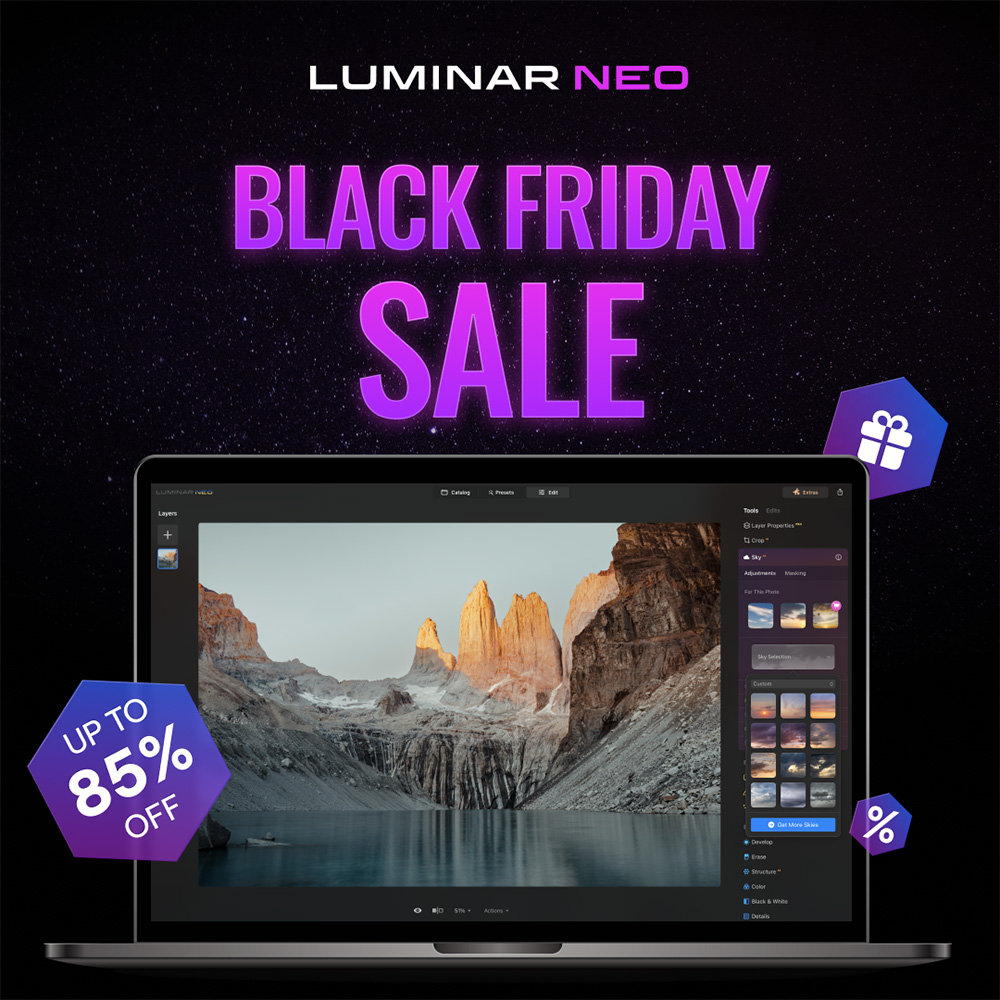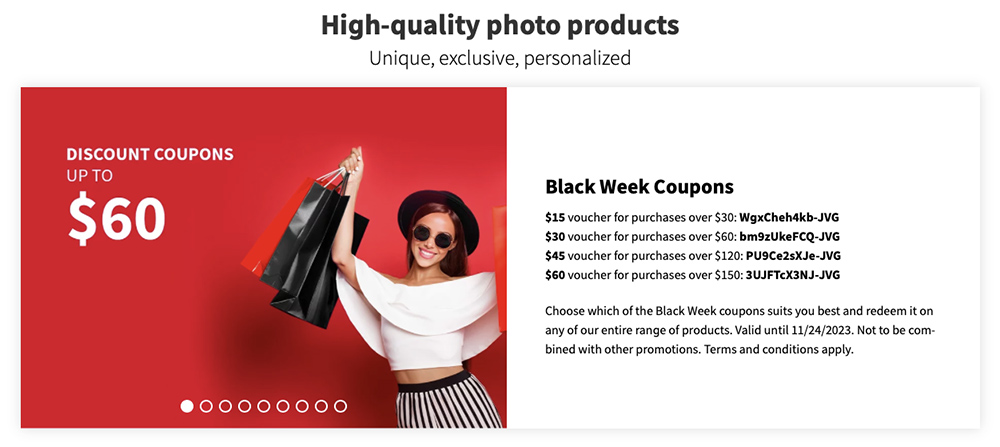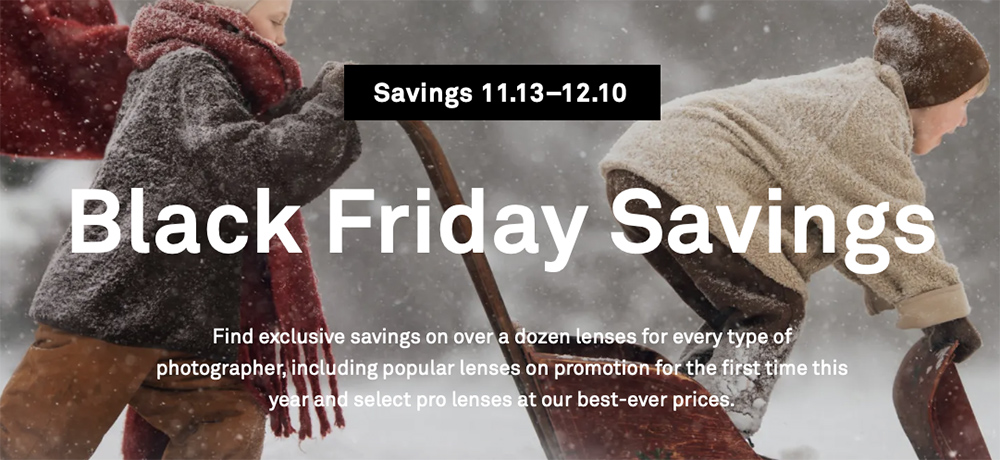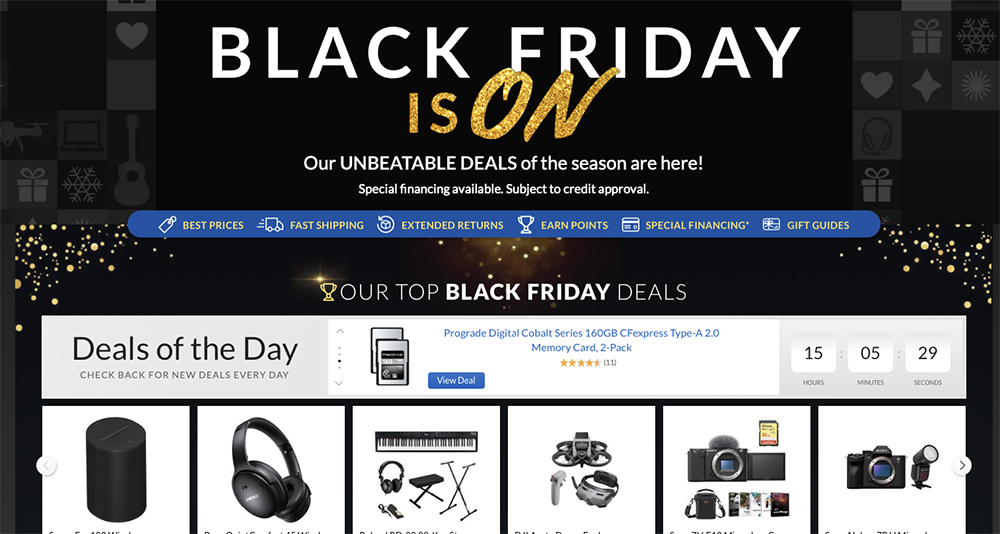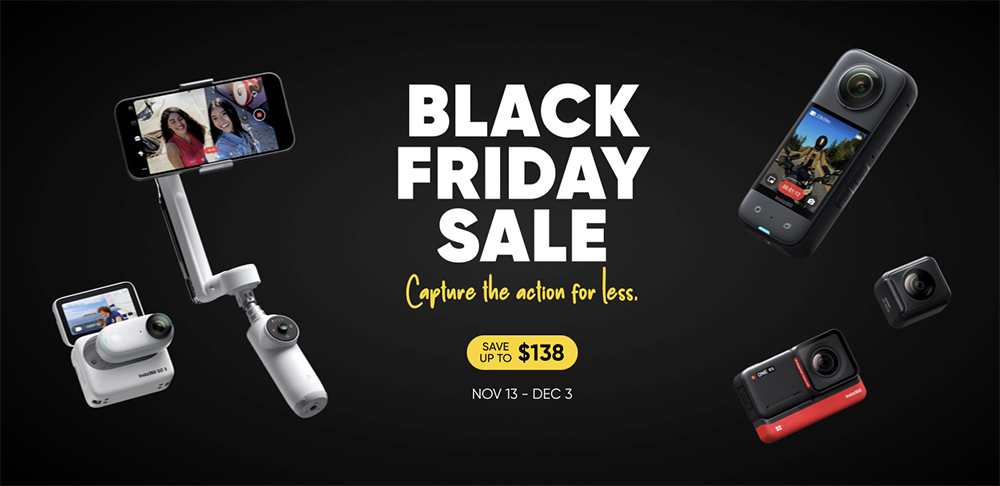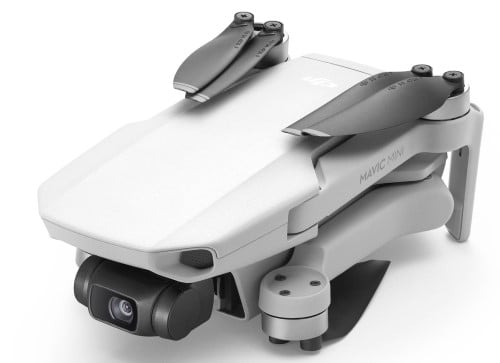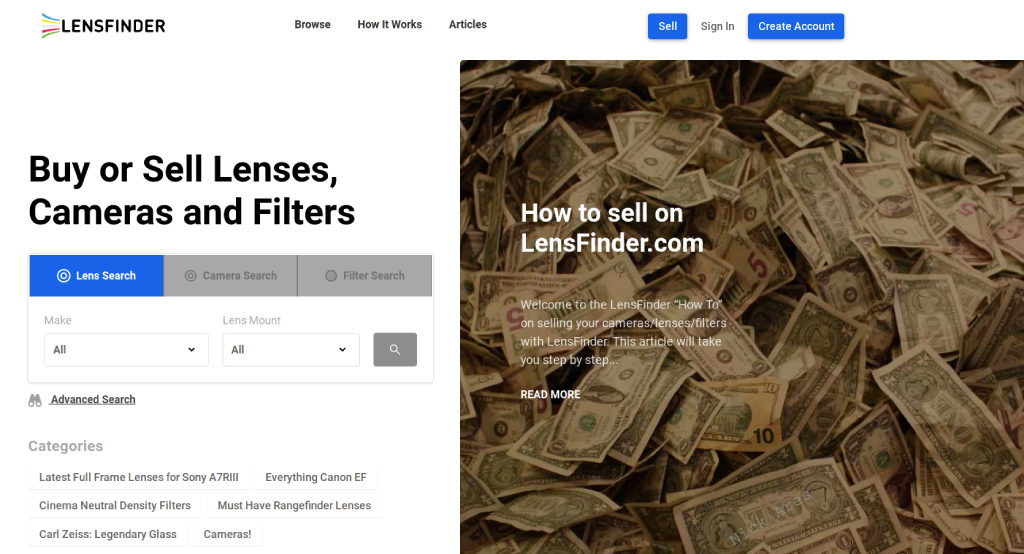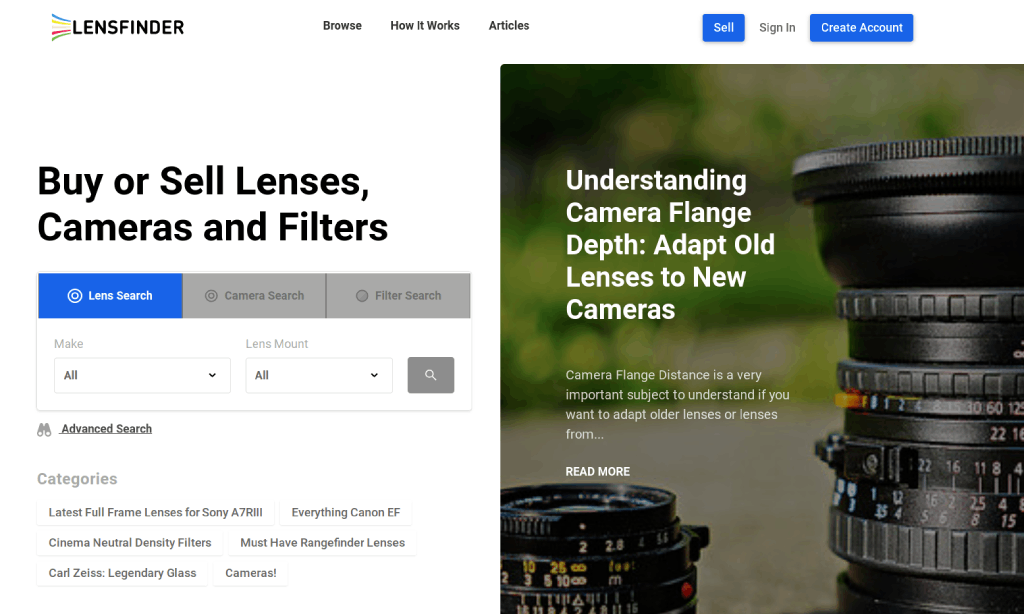10 Things You Need to Know About Prime Lenses
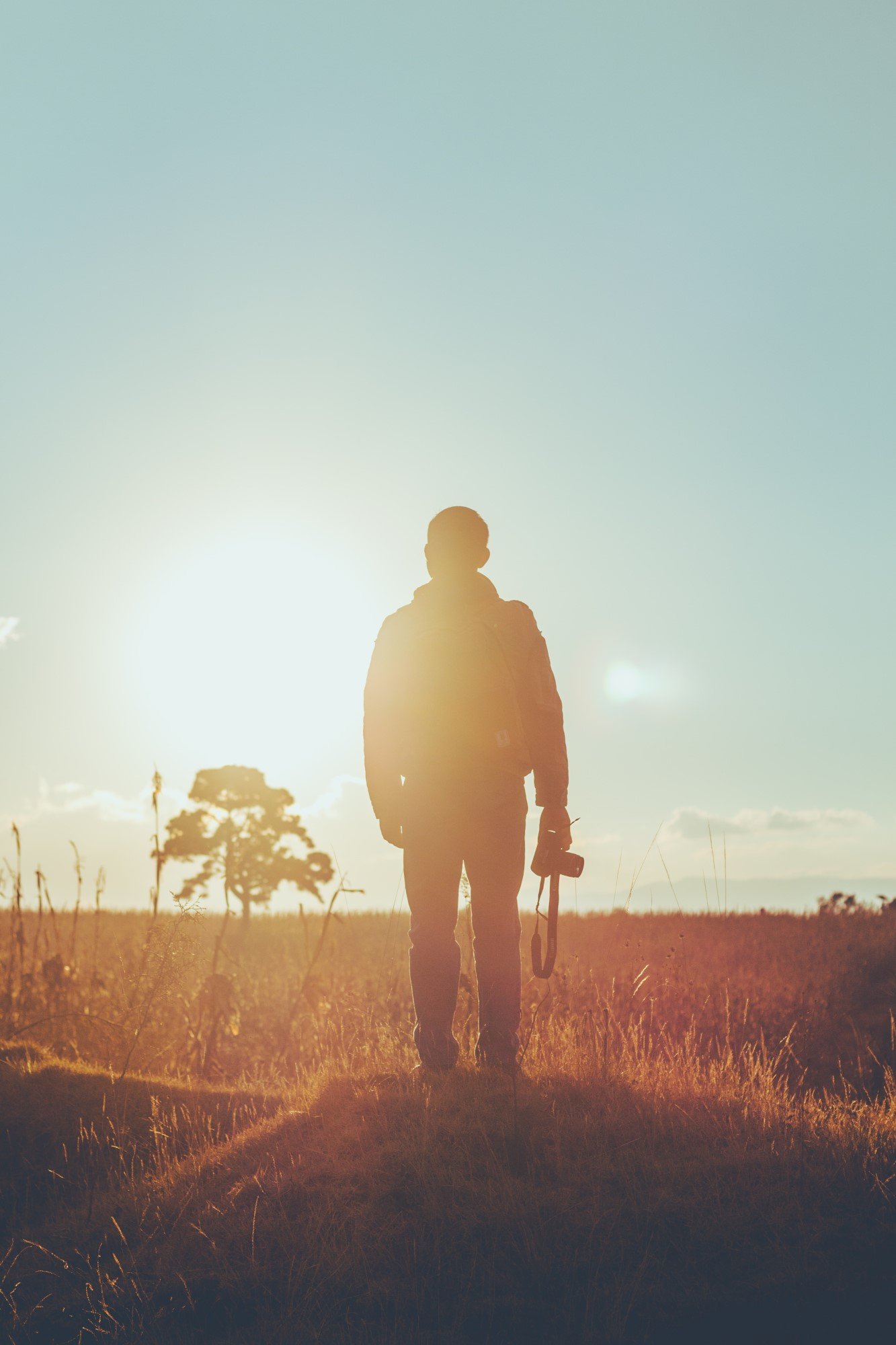
Photo by Diego PH on Unsplash
While some people give prime lenses the cold shoulder because they don’t offer the focal length versatility of a zoom lens, others, like me, hold prime lenses in high regard.
In fact, there are a lot of reasons why a prime lens is a great addition to your camera bag - more so than a zoom in many cases.
Not convinced?
Table of Contents
- What are Prime Lenses
- How do Prime Lenses Work?
- Prime Lenses are Smaller Than Zooms (Usually)
- Prime Lenses Have Large Apertures
- Prime Lenses Can Be Found on the Cheap
- Prime Lenses are Sharp
- Prime Lenses Offer Improved Image Quality
- Prime Lenses Combat Lazy Photographer Syndrome
- Fast Prime Lenses = Beautifully Shallow Depth of Field
- Prime Lenses Help You Develop Your Photographer’s Eye
- Which Prime Lenses to Get
What are Prime Lenses?
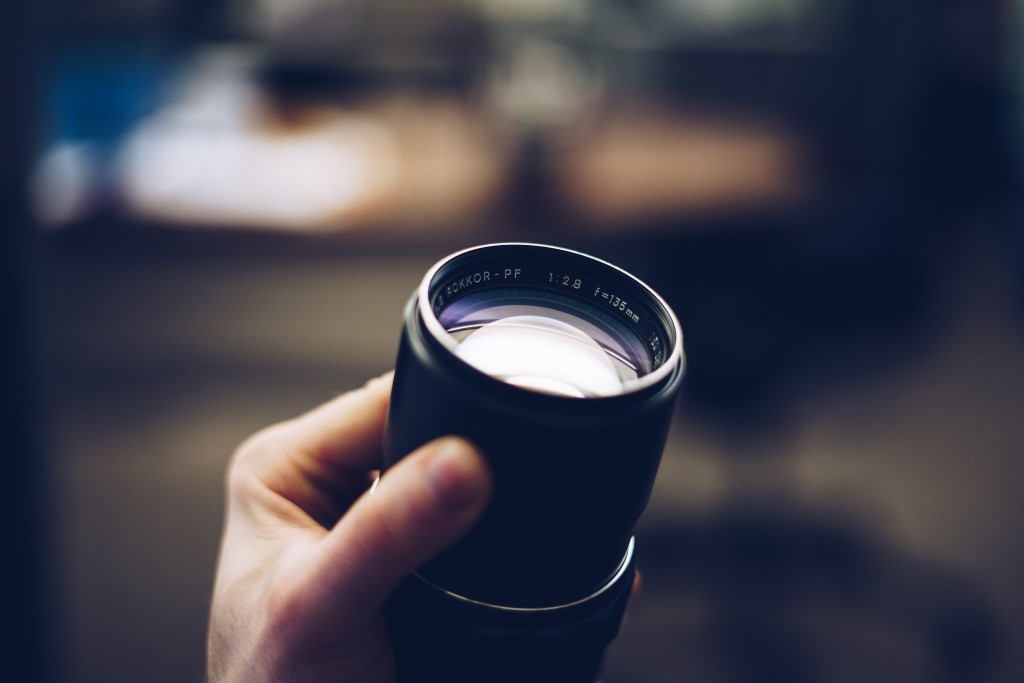
Photo by Jeffrey Wegrzyn on Unsplash
Let’s go over a few things you need to know about prime lenses.
First, let’s explore what prime lenses are and how they work.
Unlike a zoom lens, a prime lens has a fixed focal length. Common focal lengths include 24mm, 35mm, 50mm, and 85mm, though there are many other variations, like the 135mm prime pictured above.
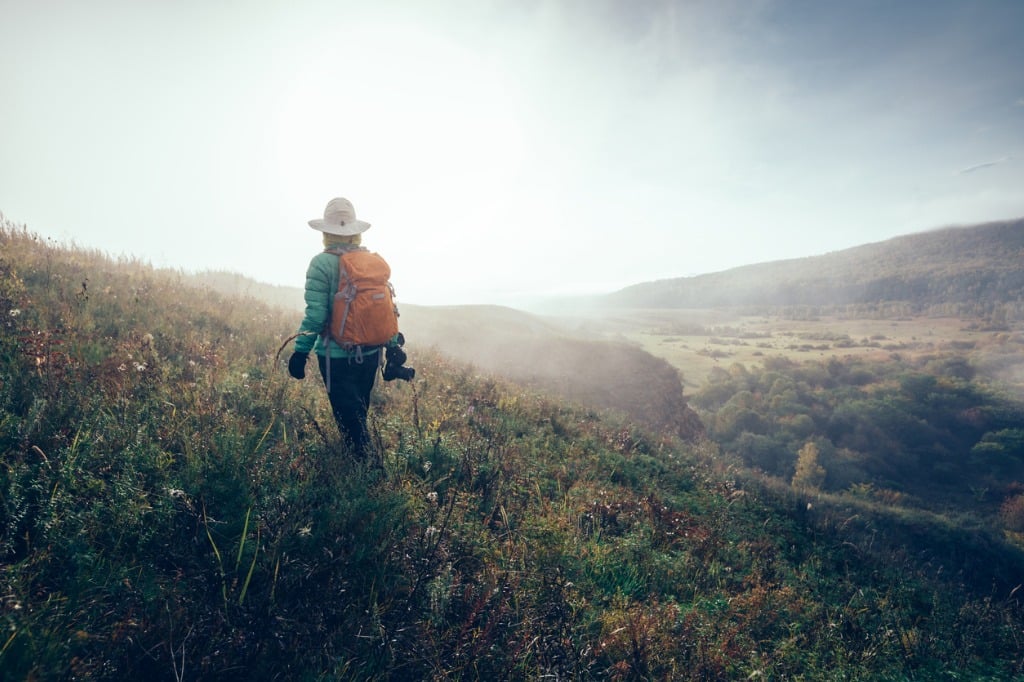
photo by lzf via iStock
This means that you’re “stuck” with one focal length whereas a zoom lens gives you a wide range, like 12-24mm, 24-70mm, 70-200mm, and so forth.
I say “stuck” because you obviously can’t change the focal length with a flick of your wrist like you can with a zoom lens.
However, as I’ll hit on later, many photographers actually consider this to be an advantage because it forces you to “zoom with your feet.”
So, while zoom lenses are built for versatility, prime lenses are built for a specific purpose.
For example, an 85mm prime lens is traditionally used for portraiture. A 24mm prime lens is often used for landscapes.
How do Prime Lenses Work?
I’m no physicist, so I’ll leave the experts at CanonAsia to explain how camera lenses work in the video above.
What I can tell you is this - prime lenses and zoom lenses work the same way in terms of the physics of light.
The difference, of course, is that in a prime lens, the lens elements - the glass - do not move as they do in a zoom lens.
Because prime lenses do not have moving elements, they benefit from a number of advantages, not the least of which is improved optical performance.
Below, I offer an overview of this and other advantages of prime lenses.
Prime Lenses are Smaller Than Zooms (Usually)
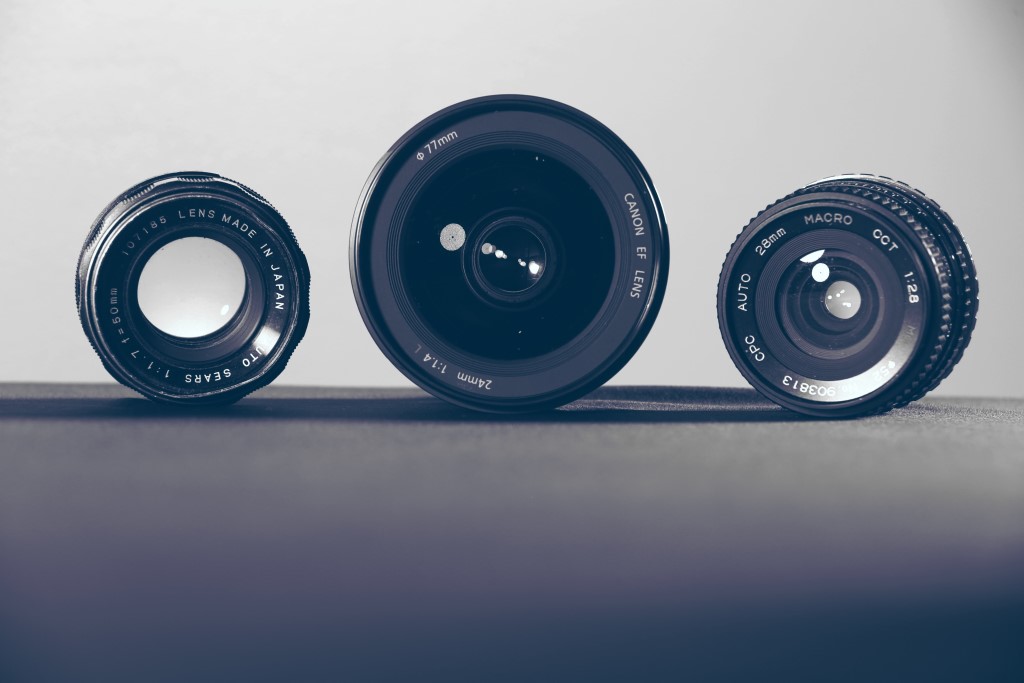
Photo by Evan Wise on Unsplash
Thanks to fewer pieces and parts inside the lens, many prime lenses are much smaller than their zoom counterparts.
Not only does this mean a smaller form factor, but prime lenses are often much lighter than zoom lenses as well.
This makes prime lenses a top choice for photography pursuits that require you to be able to move fast and light, like travel photography or street photography.
Now, some prime lenses - like high-end professional models - can be quite heavy because of higher-quality optics and weather-resistant build quality. But by and large, most prime lenses are small, compact, and lightweight.
Learn More:
Prime Lenses Have Large Apertures
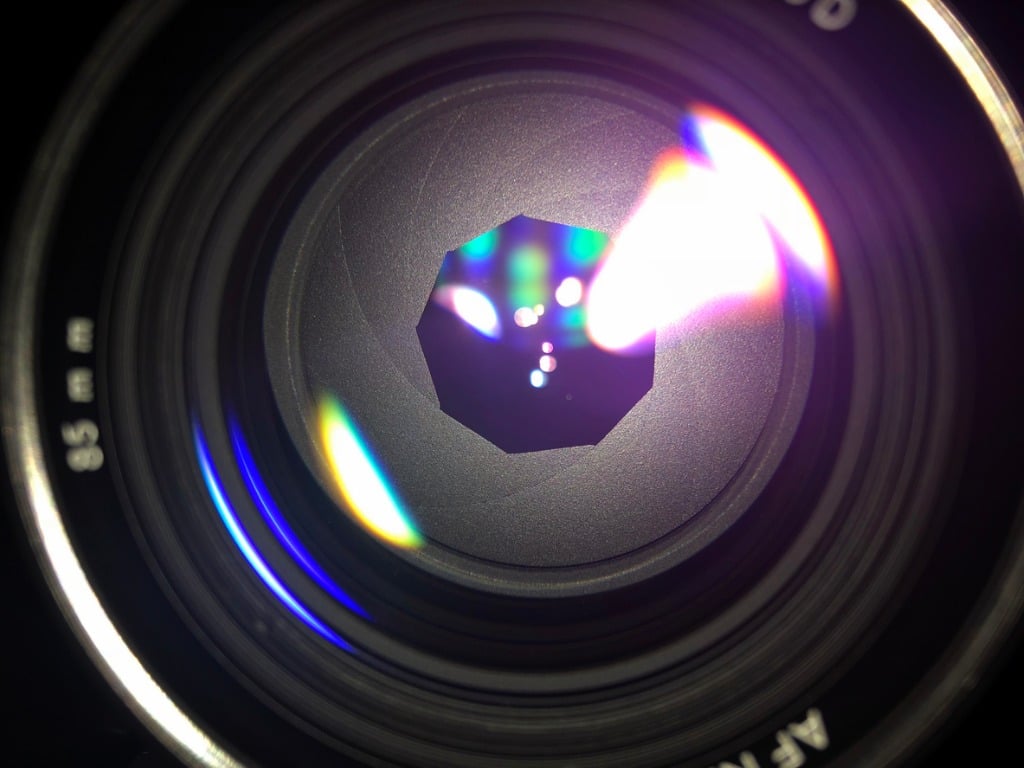
photo by brightstars via iStock
Whether it’s Canon prime lenses, Nikon prime lenses, Sigma prime lenses, Sony prime lenses, or another brand we’re talking about, these lenses have large apertures that let tons of light into the camera.
It’s not uncommon to find zoom lenses that have an aperture range from f/3.5-f/5.6. But with prime lenses, you can find options with an aperture as wide as f/1.2.
All that extra light-gathering capability means prime lenses are better-suited to low-light photography.
A large aperture opening means you don’t have to rely as much on boosting the ISO or slowing down the shutter speed, which results in cleaner shots with less noise and a reduced incidence of camera shake due to a slow shutter.
Prime Lenses Can Be Found on the Cheap
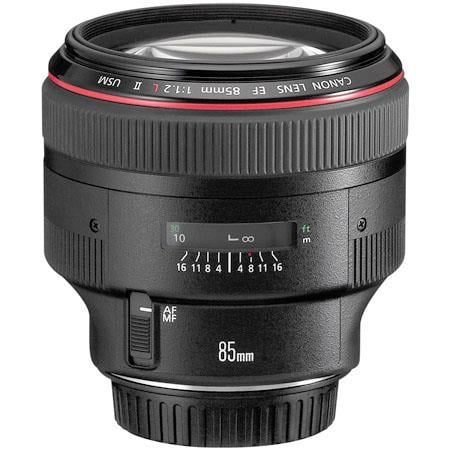
Professional-grade prime lenses can be extremely expensive. For example, the Canon EF 85mm f/1.2L II USM shown above is a cool $1,849.00.
However, many other options are quite budget-friendly.
The Nikon 50mm f/1.8G AF-S is less than $200.00 brand-new.
You’ll find that as the size of the aperture increases, so too does the price. That means that if you’re looking for something that won’t destroy your bank account, prime lenses with an aperture of f/1.8, f/2, f/2.8, or f/4 will be much more cost-effective than prime lenses with an aperture of f/1.4 or f/1.2.
Prime Lenses are Sharp
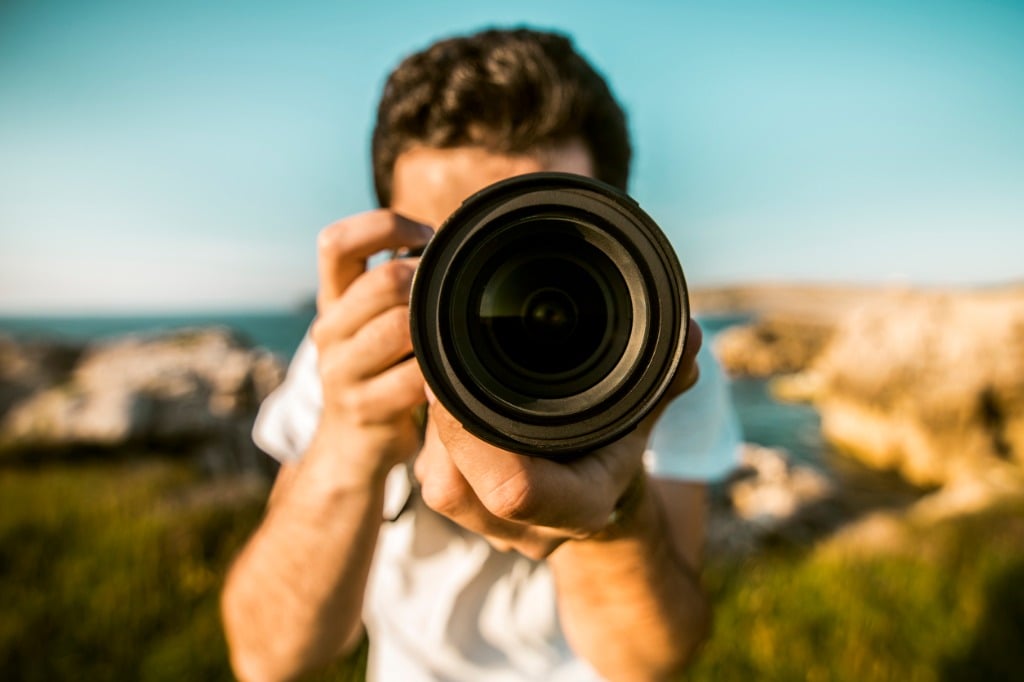
photo by MarioGuti via iStock
One of the advantages of prime lenses is that they are typically sharper than their zoom counterparts.
This makes sense because prime lenses have fewer elements and moving parts inside, so there’s less stuff for light to travel through.
Prime lenses aren’t just generally sharper than zooms, either - they’re sharper from corner to corner as well. Now, even the best prime lenses aren’t going to be their sharpest when shooting wide open at their maximum aperture, but the point remains the same - primes are sharper than zooms.
Naturally, there’s a difference in sharpness from one prime lens to the next, but you can expect a prime lens of any focal length to outperform a zoom lens when it comes to sharpness.
Learn More:
Prime Lenses Offer Improved Image Quality
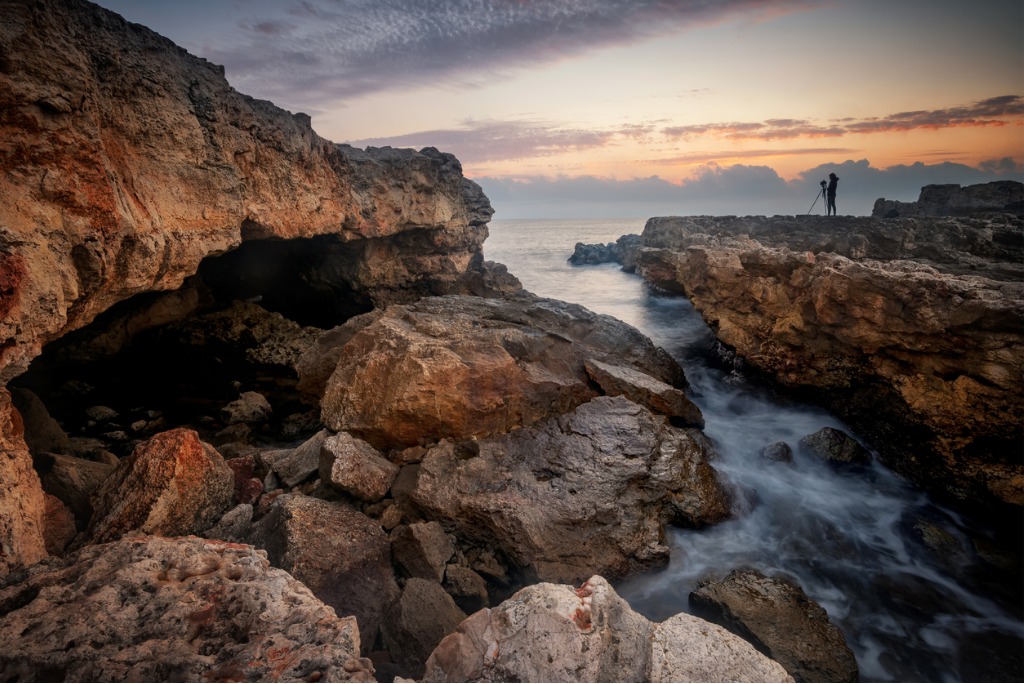
photo by jk78 via iStock
Aside from being sharp, prime lenses typically get you better results than zoom lenses in several important image quality areas.
For starters, prime lenses create less distortion than zooms. Distortion makes straight lines appear to bend, and it usually occurs in one of two ways:
- Pincushion distortion, in which lines appear to pinch inward
- Barrel distortion, in which lines appear to bow outward.
While all lenses create these kinds of distortions to some degree, prime lenses do a better job of limiting it than zooms.
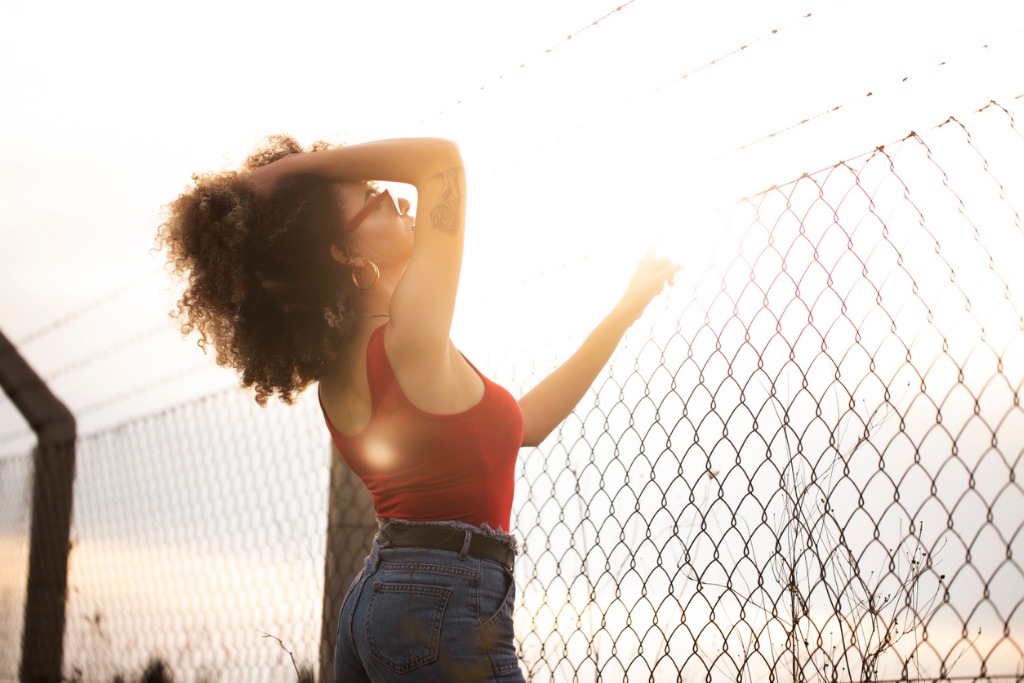
photo byGizemBDR via iStock
Secondly, prime lenses usually display much less vignetting, or darkened areas around the edges of the frame. This is especially true when comparing the performance of a prime lens to the wide-angle end of a zoom lens.
Lastly, prime lenses typically have much less chromatic aberration than zooms. Chromatic aberration appears as color fringing (usually purple or green) on the edges of elements in a high-contrast scene.
Prime Lenses Combat Lazy Photographer Syndrome
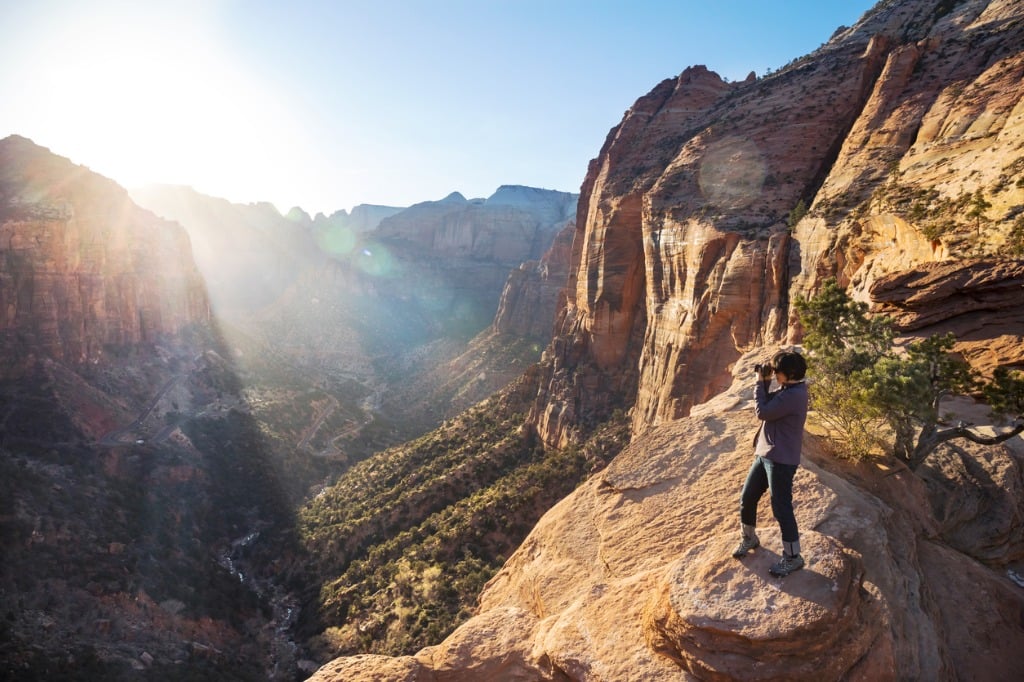
photo by nycshooter via iStock
When you can rely on turning the lens barrel of a zoom to reframe your shot, you can become a bit of a lazy photographer.
But with prime lenses, you don’t have that option, and instead you must “zoom with your feet” to frame up a shot that’s closer or further away.
Though some might say this is inconvenient, it helps you to develop your creative eye, to think purposefully about the composition, and can help you find new and interesting perspectives from which to shoot.
Exploring the world around you is a good thing! And since prime lenses are so light and compact, you don’t have to lug a huge, heavy lens around to do it.
Fast Prime Lenses = Beautifully Shallow Depth of Field
As explained in our primer on depth of field, one of the factors that influence depth of field is the size of the aperture being used.
Since some prime lenses open up to f/1.2 and f/1.4, you can get a minute depth of field that’s ideal for things like macro photography and portrait photography.
This isolation of a sharp subject against a blurry background not only looks fantastic, but separates the subject from the rest of the scene, thereby allowing the subject to be a much stronger focal point in the shot.
Get more details on how focal length and depth of field are related in the video above by Dylan Bennett.
Learn More:
Prime Lenses Help You Develop Your Photographer’s Eye
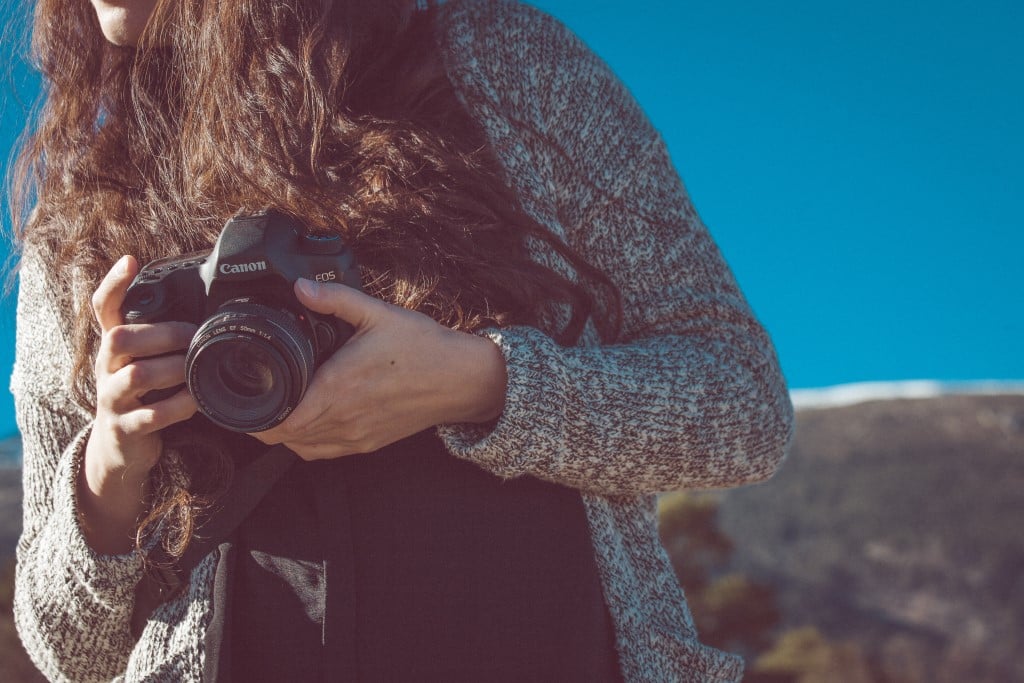
Photo by Mario Calvo on Unsplash
Part of the challenge of photography is looking at a particular scene and being able to see the different photographs that are possible in your mind’s eye.
When you use a zoom lens, developing this skill can be a bit of a challenge. After all, with a wide range of focal lengths available, it can muddy the waters when it comes to seeing the scene and figuring out how your final shot will look.
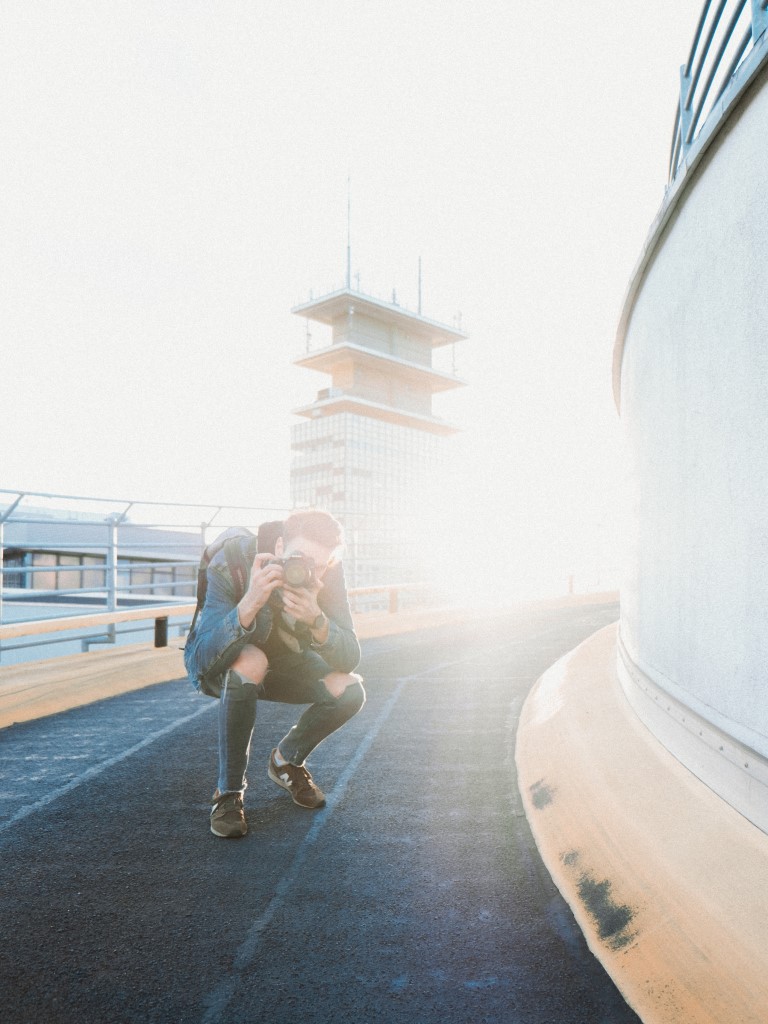
Photo by Markus Lompa on Unsplash
Conversely, when you frequently utilize a prime lens, you begin to see the world at that focal length. You become familiar with what 35mm, for example, looks like in your viewfinder, and then when you’re surveying a scene with your own eyes, it’ll be easier to see what vignettes you can capture at 35mm.
In other words, prime lenses can be a creative tool that helps you determine what will be in the shot (and what won’t be) as well as how the shot will be framed, all before you ever bring the camera to your eye.
You begin to feel the shot, and with less hunting for framing and messing around with composition, you’ll likely find that photography becomes a more satisfying and fruitful exercise.
What’s not to like about that?!
Which Prime Lenses to Get
As Matt Granger discusses in the video above, the prime lenses you add to your camera bag will depend on a variety of factors:
- What do you intend to do with the lens?
- How fast of an aperture do you need?
- What is your budget?
Regarding what you intend to do with the lens, you need to tailor the focal length to your style of photography.
That is, if you primarily shoot landscapes, you might want to opt for a 24mm lens rather than an 85mm lens. The former just has more applicability for landscapes than the latter.
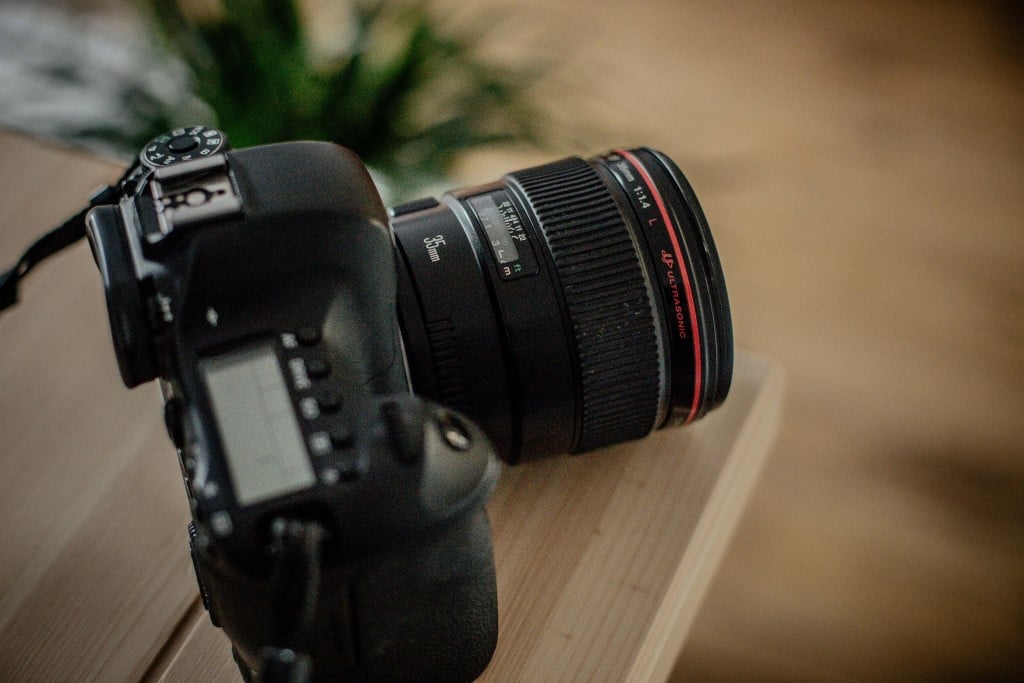
Photo by William Thomas on Unsplash
Secondly, not everyone needs an f/1.2 lens. If you typically shoot portraits using natural light, an 85mm f/1.8 will suit you just fine. There’s no need to spend more money on an 85mm f/1.2!
And that brings us to the final, and perhaps most important factor - your budget.
As noted above, the larger the aperture, the higher the price tag. If you have the budget to spend a couple thousand dollars on a lens, by all means, spring for an f/1.2 or f/1.4 professional prime lens like this one if you need it.
Otherwise, if you need to mind your wallet, opt for an f/1.8, f/2, f/2.8, or f/4 prime lens and save yourself some cash!
We Recommend
Beginner Photography Primer: Types of Cameras Used for Photography
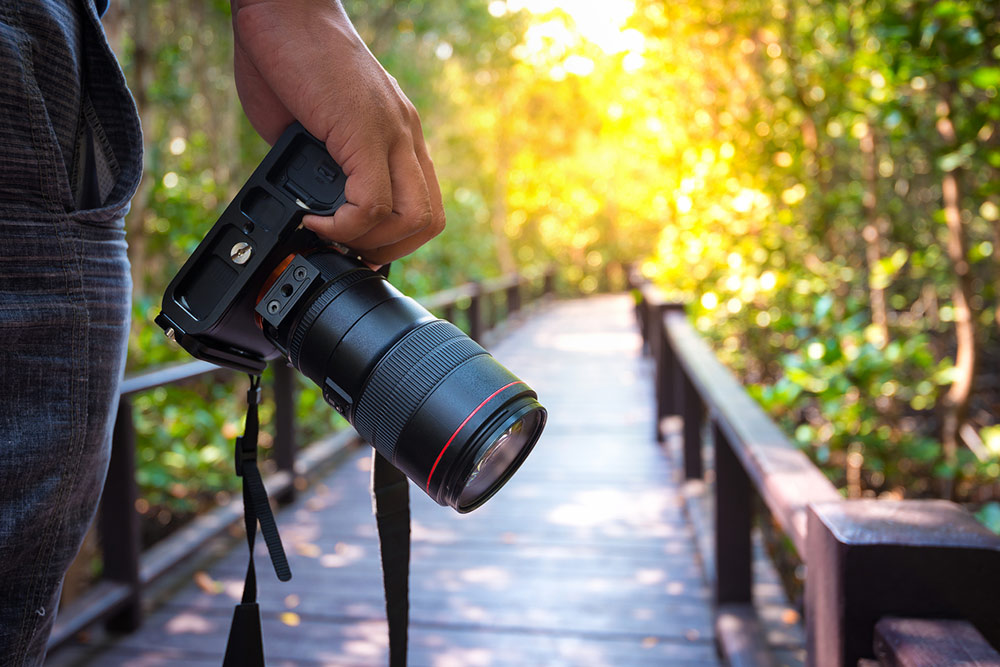
Photo by structuresxx via iStock
As you browse the web for learning more and more about photography, you have no doubt seen many types of cameras used for photography.
There are so many options that you have to choose from, so we decided to make a primer covering what cameras are used for photography by beginners and intermediate photographers.
Even if you’ve already made your choice, this may help you understand some basic principles for your future growth as a photographer.
Format Options for Digital Photography
One of the concepts that I see many entry-level photographers struggle with is the types of formats that are available.
The three most popular digital formats of cameras used for photography from beginner through advanced levels are MFT, APS-C, and Full Frame.
MFT Format
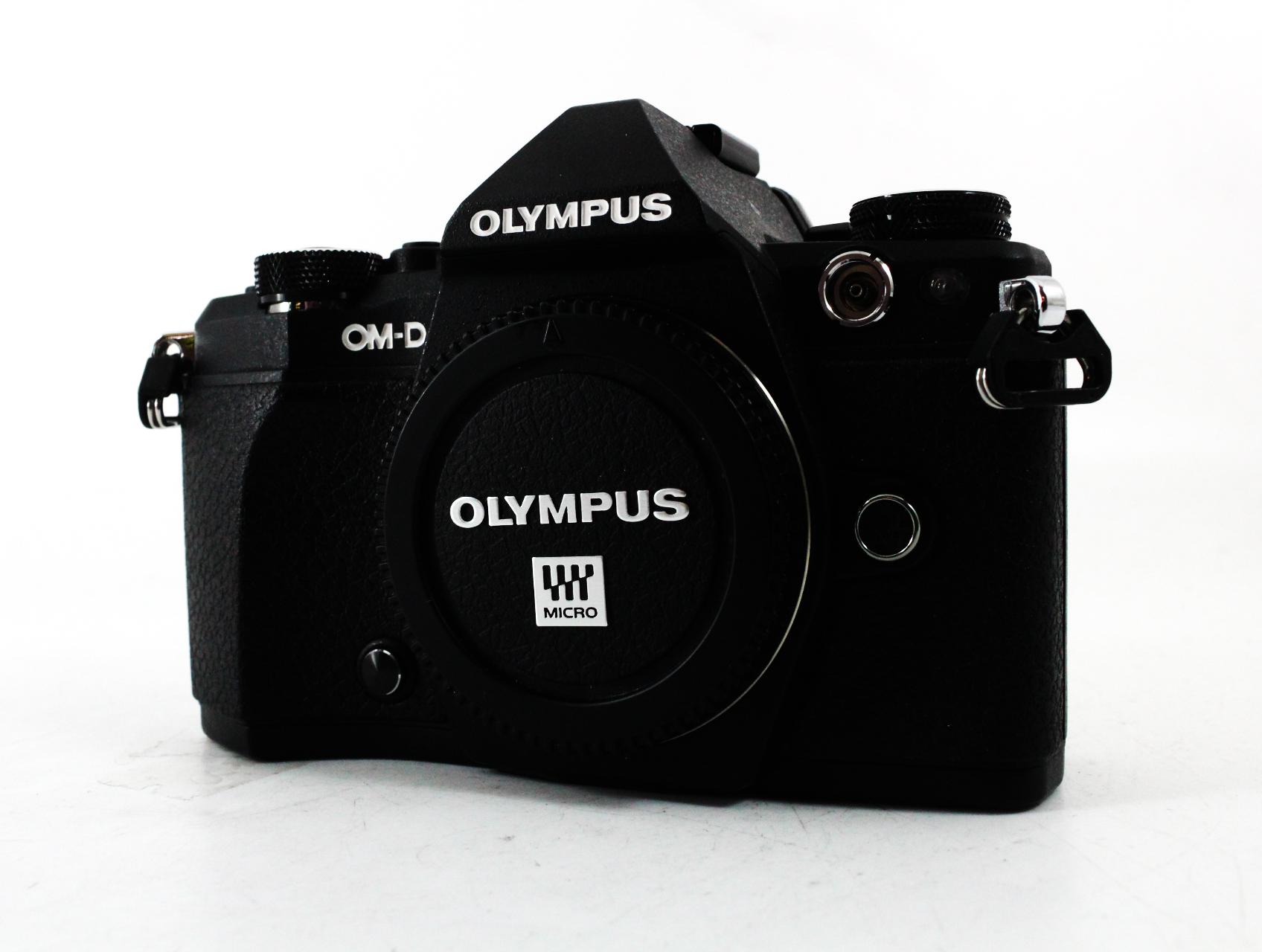
Also known as Micro Four Thirds or Micro 4/3rds, MFT (like the Olympus OM-D E-M5 Mark II shown above) is the smallest of the three formats and offers advantages and disadvantages. A major advantage is the small size and weight of cameras and lenses.
A disadvantage is that since the actual pixels are small for any given resolution, their light-gathering ability is lower than comparable resolution cameras in larger formats. Other advanced features like image stabilization can offset that issue.
Many MFT cameras used for photography are also excellent cameras for high-quality video recording. In fact, many of the premier videography cameras are in this MFT format. The 4:3 aspect ratio of this format transfers over to video formats with little or no loss of quality.
APS-C Format
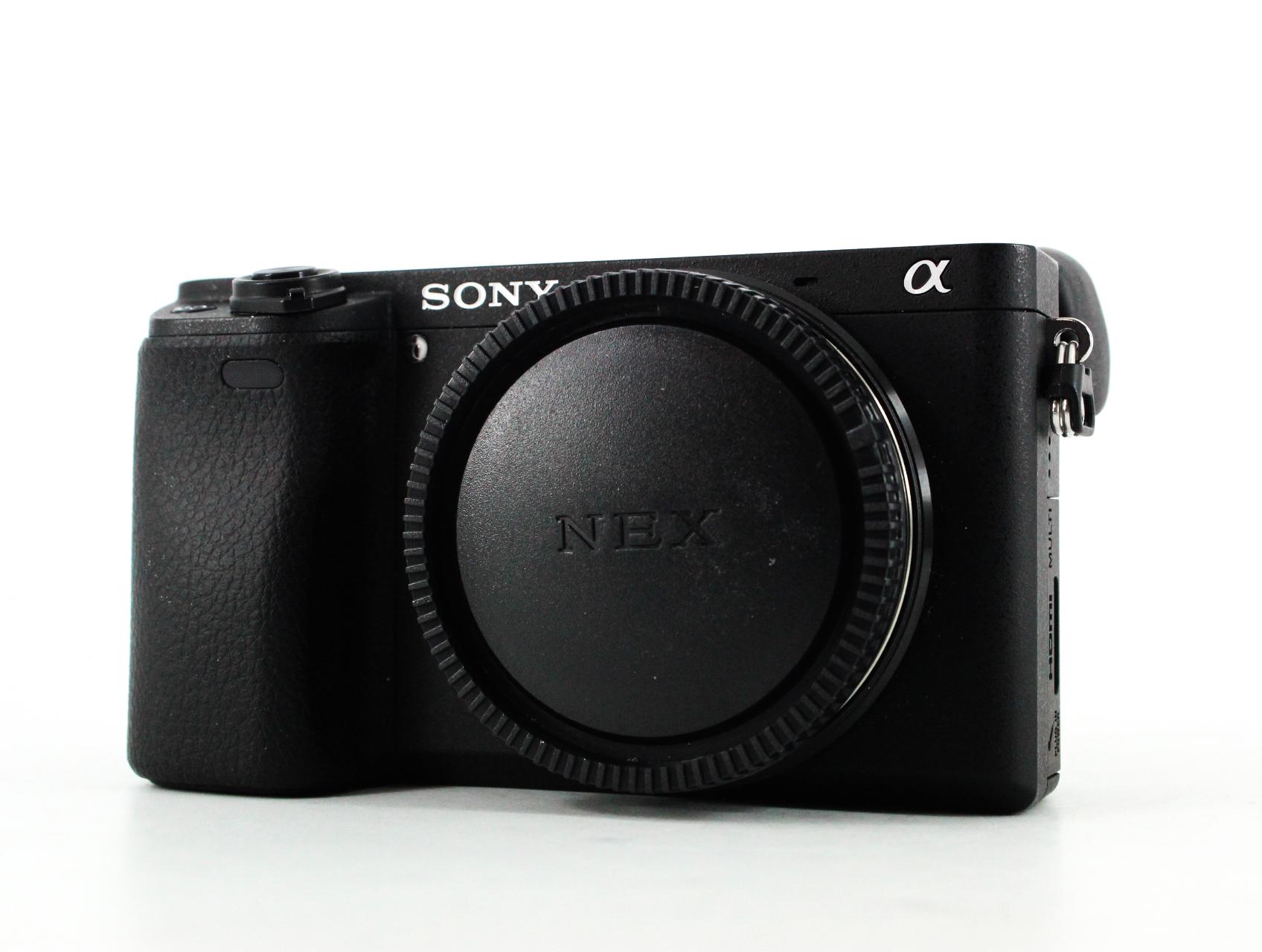
APS-C format cameras (like the Sony a6300 shown above) that are used for photography actually predate digital photography, having been an alternate film format from 35mm or 135 format. It is one step down in size from Full Frame 35mm format and offers several advantages over the other two formats for entry-level photographers.
Advantages of the APS-C format are smaller size and lighter weight cameras and lenses compared to Full Frame, larger pixel size compared to MFT, and having some of the most budget-friendly cameras for beginners and intermediate level photographers. The 3:2 aspect ratio is the same as Full Frame cameras.
Disadvantages include the lower light gathering ability of sensors in the same resolution compared to Full Frame and few truly budget-friendly entry-level cameras have 4K video capability.
4K video is a high-quality standard usable for extremely sharp videos to be viewed on larger devices such as a TV. Plus the 3:2 aspect ratio often requires some alteration to fit common video display formats.
Full Frame Format
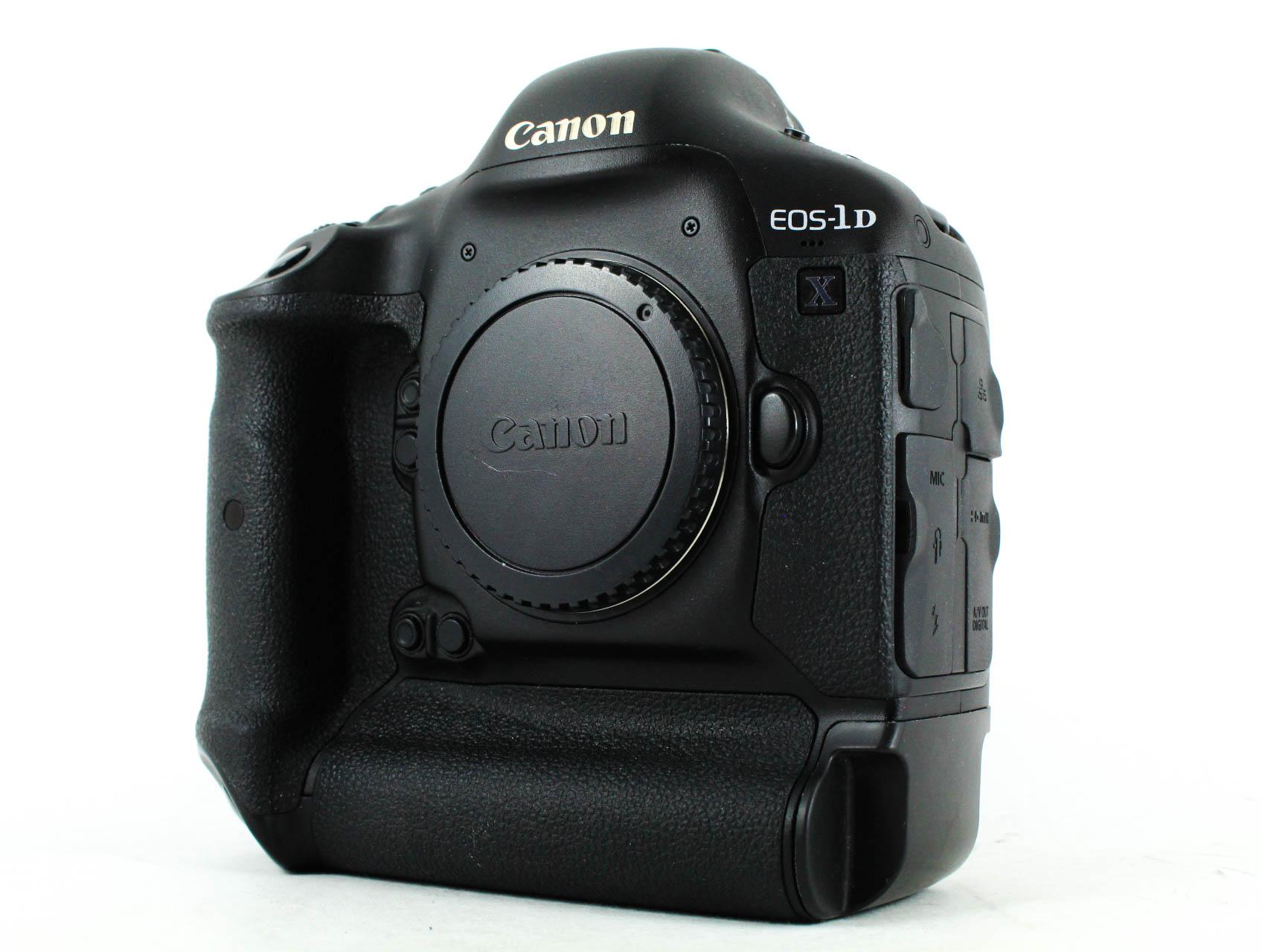
Full Frame format (like that in theCanon EOS 1DX shown above) is the exact same size as 35mm or 135 format film and is the largest of the three common digital formats of cameras used for photography.
Advantages are ultra-high-quality imaging and extreme low-light capability. Disadvantages are the increase of size, weight, and prices of cameras and lenses. Even with larger sizes and prices in mind, there are some excellent cameras in this format that beginners could consider.
As you read through other articles or chat forums discussing cameras used for photography, don’t let any camera snobbery or snide comments get you down about format and camera choices. All three of these options are excellent choices for photographers of all levels of expertise.
DSLR and Mirrorless Cameras Used for Photography
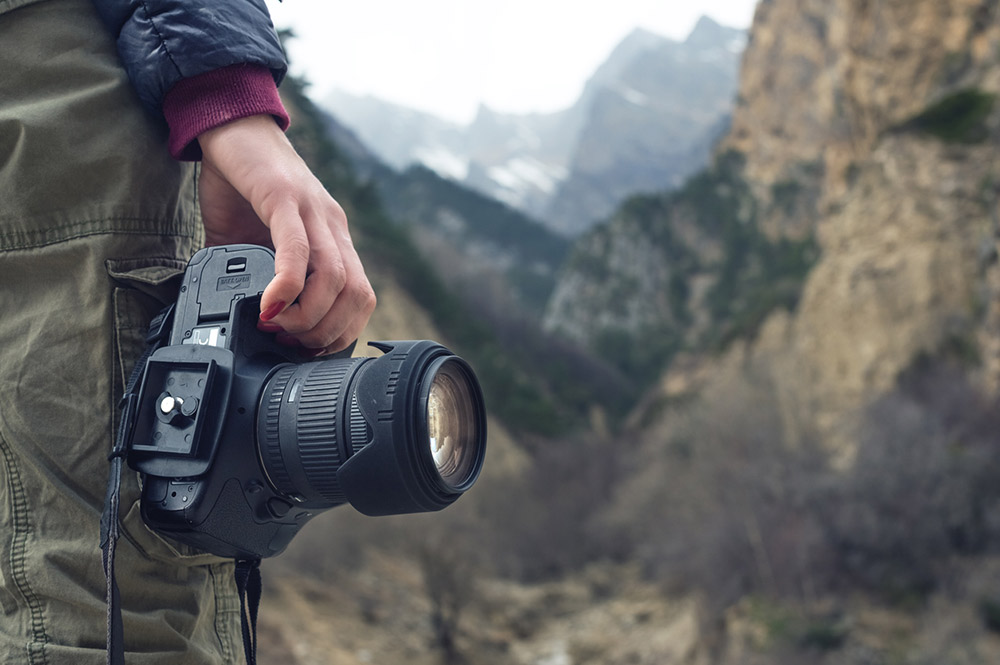
Photo by yanik88 via iStock
DSLR is an acronym for digital single lens reflex, meaning the cameras use a mirror and a prism to show you the view through the lens that will be captured on the sensor. Mirrorless cameras use the sensor and an electronic display to accomplish the same thing.
Both types of cameras have pros and cons. Most mirrorless cameras are smaller and lighter than DSLR cameras but they are often more expensive and use up battery charge faster.
Also, even though mirrorless cameras are generally smaller, in Full Frame format the lenses are still going to be large. MFT and APS-C format mirrorless camera lenses can be rather small and lightweight, but are still usually more expensive than lenses for DSLR cameras.
Learn More:
Shop Used Cameras for Lower Prices
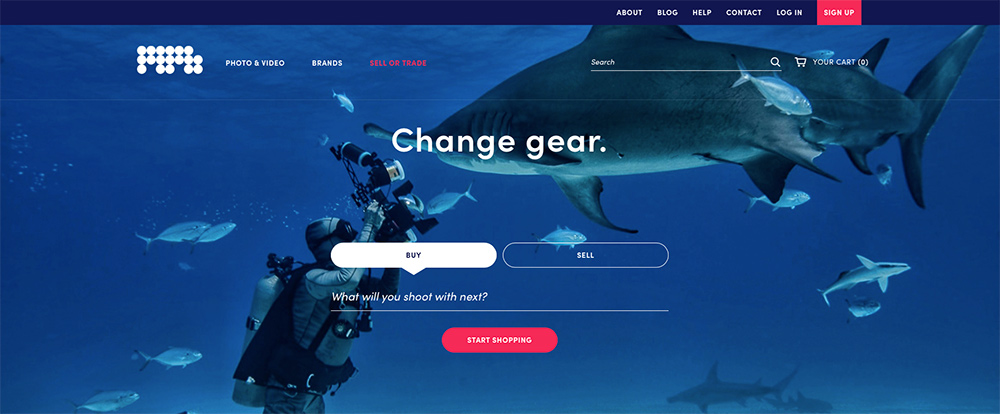
I’ve mentioned price concerns a few times already because it’s on the minds of pro photographers too, not simply beginners. One way to offset some of the monetary outlay of our pricey photography equipment is to shop used cameras and lenses.
Especially as a beginner, you will want to stick with reputable sources when looking for used photography cameras for sale. One of my most trusted sources that sell used photography equipment is MPB.
There are a plethora of reasons why I trust MPB so much.
For starters, they offer a 6-month warranty on most items, return privileges in case an item isn’t what you expected, and I appreciate how they approach buying and selling used equipment.
Specifically, they rate these cameras and lenses based on their exhaustive inspection, ensuring you get exactly what you want - a great camera or lens at an awesome price. A lot of the used items in stock are currently in-production equipment or very recently introduced gear.
Cameras Used for Photography - Entry-Level
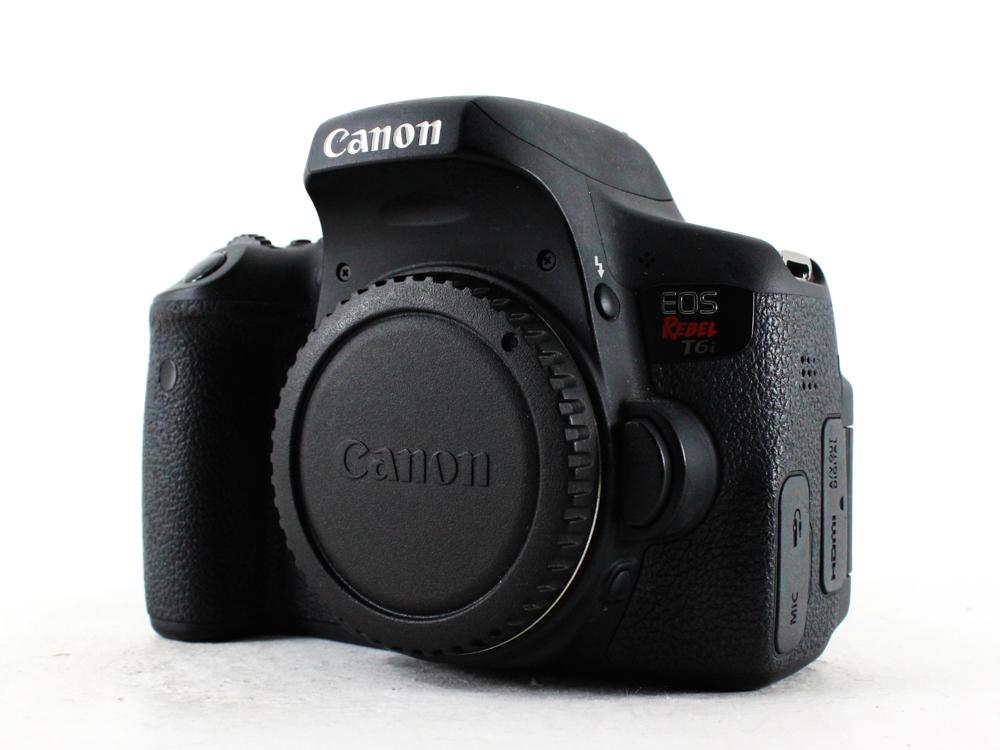
Entry-level cameras should be easy to use and most beginners want a price that doesn’t stress a budget. Here are three I like that qualify on these counts. Two are APS-C format and one is Full Frame.
- Canon EOS Rebel T6i is a DSLR camera in the APS-C format that has a high-resolution 24.2mp sensor and uses Canon EF lenses for a huge variety of lens options. Beginners can pair it with the Canon EF-S 18-135mm IS STM lens for an extremely versatile beginner kit.
- If mirrorless is your preference, look at the APS-C format Sony Alpha a6300 camera with a Sony 16-50 PZ lens for an ultra-compact, fully-capable beginner setup.
- A Full Frame format camera that beginners will find both comfortable and affordable is the mirrorless Canon EOS R. It’s lightweight, full-featured, Full Frame format, and records 4K video. Add the Canon RF 24-105mm lens for a compact and affordable system.
Cameras Used for Photography - Intermediate
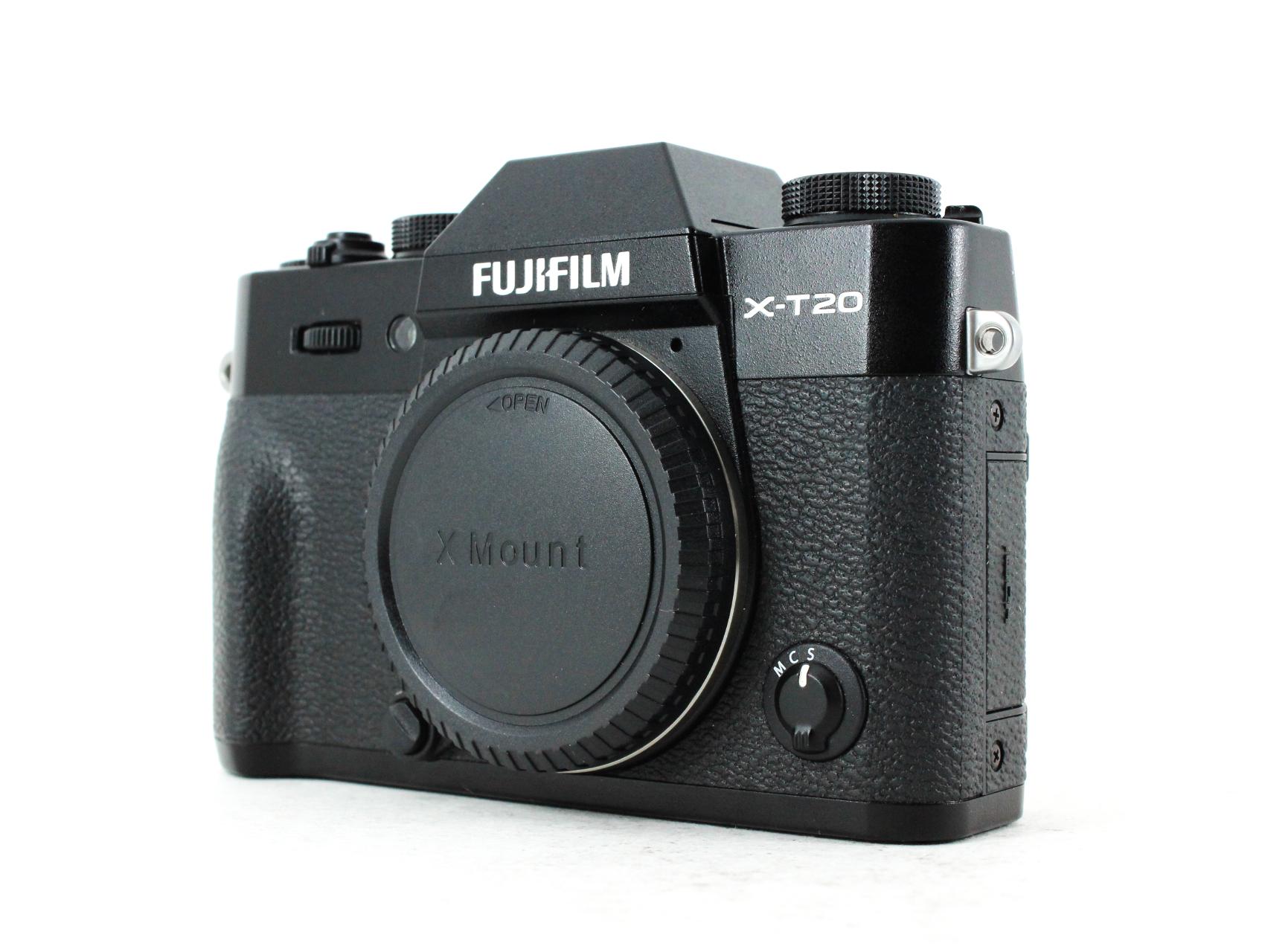
An APS-C mirrorless choice is theFujifilm X-T20 with18-55mm f/2.8-4.0 LM OIS lens that has a high-resolution sensor and fast aperture lens.
If DSLR is more your preference, it’s hard to beat the APS-C format Nikon D7100 with the high-performance Nikon 18-140mm DX lens for features, quality, and affordability. You can find almost the same exact camera but in Full Frame format, the Nikon D750 and Nikon 24-120mm zoom lens.
A mirrorless Full Frame prosumer or intermediate level camera such as the Sony Alpha a7R III has a 42.4mp Full Frame sensor and professional level build. It goes well with an all-around zoom lens such as the Sigma 24-70mm f/2.8 DN Art lens.
MFT cameras make excellent prosumer-level cameras. Options such as the Olympus OM-D E-M5 Mk II camera and fast zoom Olympus 12-40mm f/2.8 Pro lens are ideal.
Cameras Used for Photography - Advanced and Professional
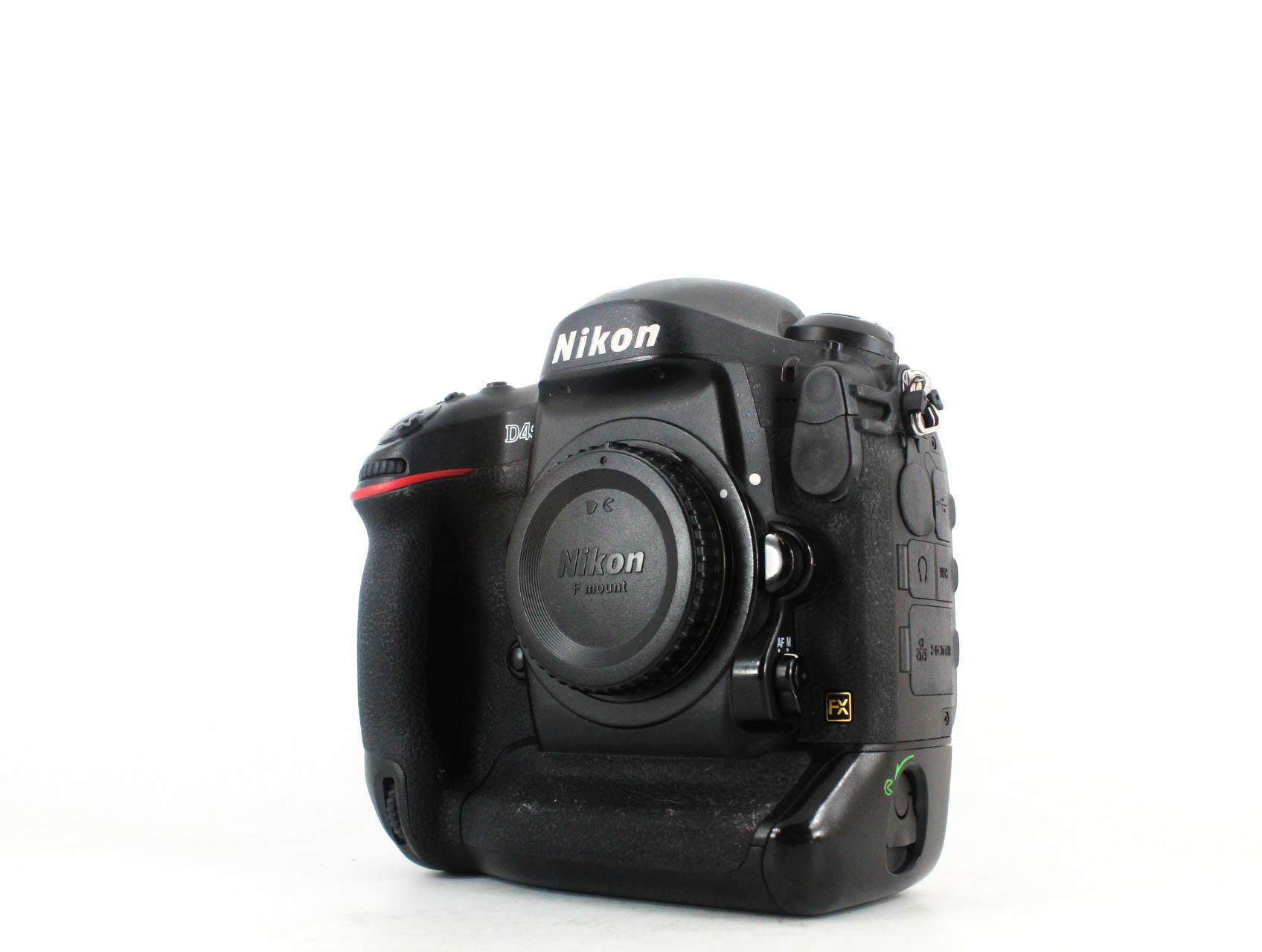
Advanced users or anyone wanting full-fledged professional build and the extra features added to pro-level cameras should look at the DSLR choices in Full Frame format such as the Nikon D4s and Canon EOS 1DX, or the mirrorless Full Frame Nikon Z6, Panasonic DC-S1R, or Sony Alpha a9 II.
For the other formats, in APS-C, look at the Nikon D500, Fujifilm X-T4, and Canon EOS 90D. MFT format pro cameras include the Olympus OM-D E-M1X and Panasonic DMC-GH5S which is also a super high-quality videography camera.
Cameras Used for Photography and Videography
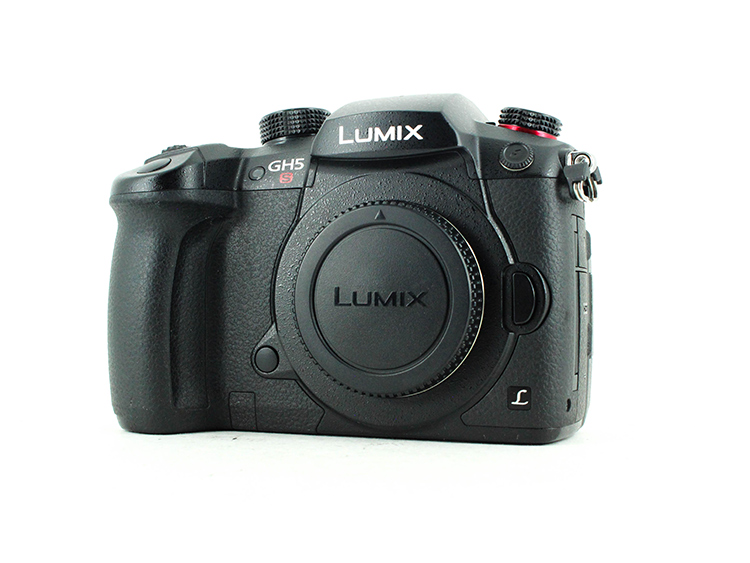
If video is your primary love, then in addition to the Panasonic GH4 and GH5 series of MFT cameras which have become virtually industry standards for videography, you should also take a good hard look at the Blackmagic Design Pocket Cinema 4K camera with MFT mount.
As you can see, you have a lot of fine options to choose from when shopping for the types of cameras used for photography. All of the options on this short list will be excellent as your first camera or as an upgrade from whatever you’re currently using.
Learn More:
- MPB Review
- Why the Canon EOS R is a Great First Full Frame Camera
- How To Save Money When Buying Photography Gear
We Recommend
Best Lenses for Landscape Photography
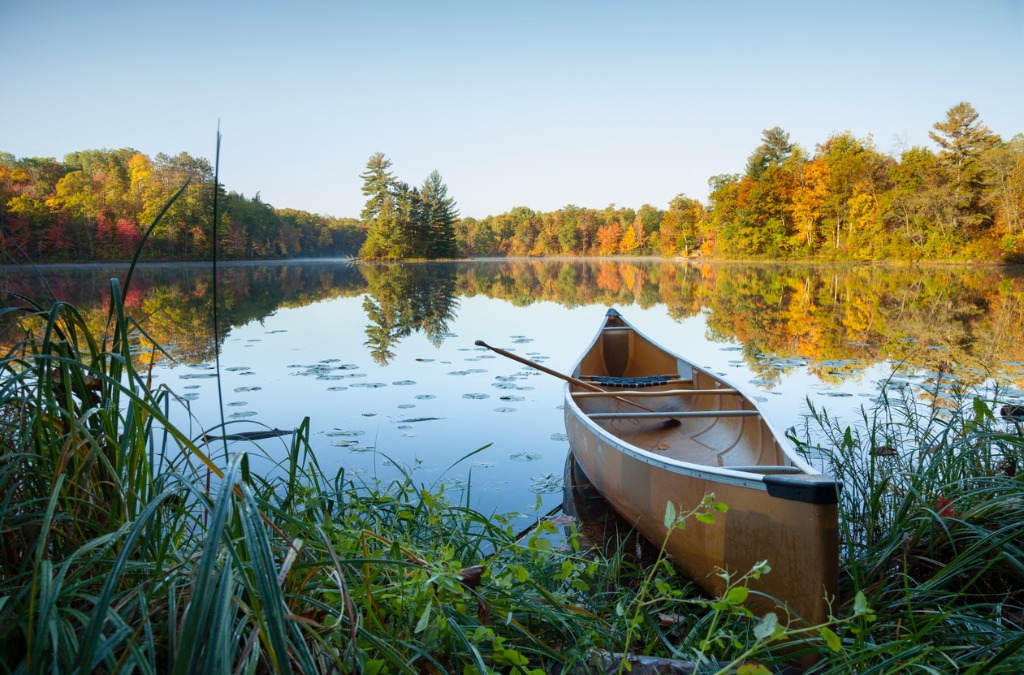
photo byWillard via iStock
You have been creating great-looking landscape photography for a while, but maybe you’re considering purchasing another lens to help further satisfy your creative ideas.
So that begs the question, what are the best lenses for landscape photography?
There are many different choices you can go with. That goes for brands, focal lengths, price points, and many other factors.
To help you narrow the field of possibilities, we’ve devised this guide to the best lenses for landscape photography. Let’s get started!
Table of Contents
- Clearing Up Misconceptions
- Nifty Fifty
- Ultra-Wide-Angle Zoom
- All-In-One Lens
- Other Recommended Photography Gear
Clearing Up Misconceptions
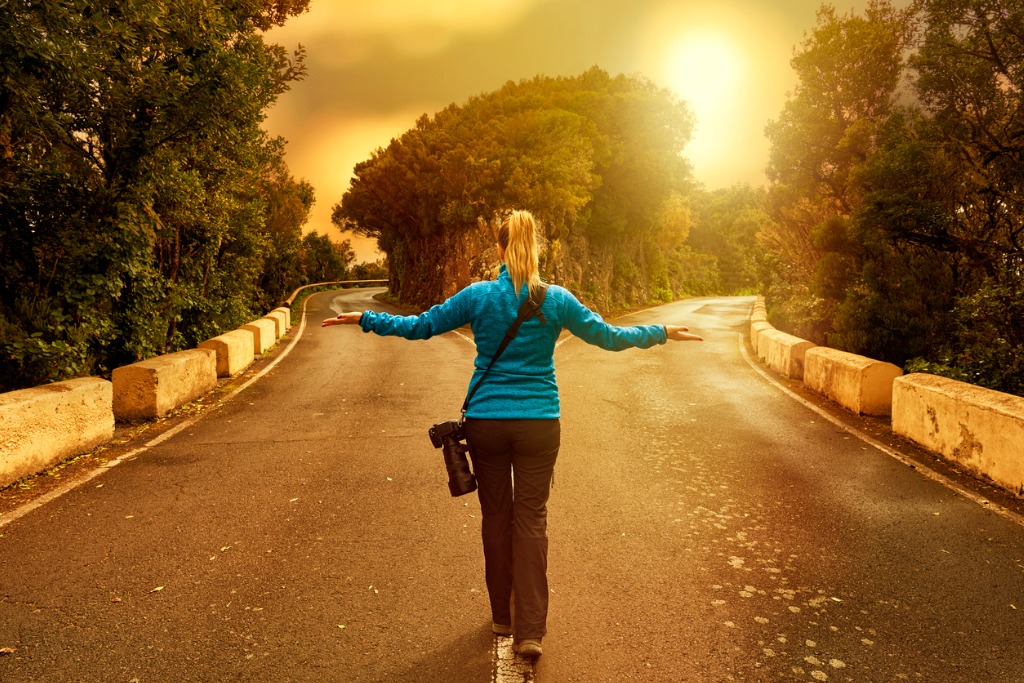
photo bystock_colors via iStock
Before I tell you some of my suggestions of what lenses are best for landscape photography, let’s clear up a few misconceptions concerning lenses and landscapes.
- Misconception #1: Wider is always better. While I love wide-angle and ultra-wide-angle lenses for a good portion of my own landscape photography, the best camera lenses for landscape photography can fall into any of the focal length ranges. In fact, I find my Nifty Fifty is a great choice for many real-world landscape situations. Telephoto lenses are also excellent for some landscape subjects.
- Misconception #2: Only use OEM lenses. OEM (original equipment manufacturer) lenses are usually excellent lenses. The days of the lack-luster, substandard 3rd party manufacturer lenses are long gone, however. Some of the best lenses for landscape photography are coming from both the camera makers themselves and from independent companies.
- Misconception #3: Use the smallest aperture. Depth of field is affected by focal length and focusing distance, as well as lens aperture, plus there are optical considerations such as hyperfocal distance and diffraction limitation to factor into our thoughts. And deep depth of field is simply one technique, selective focus can also be very effective for landscapes.
Nifty Fifty
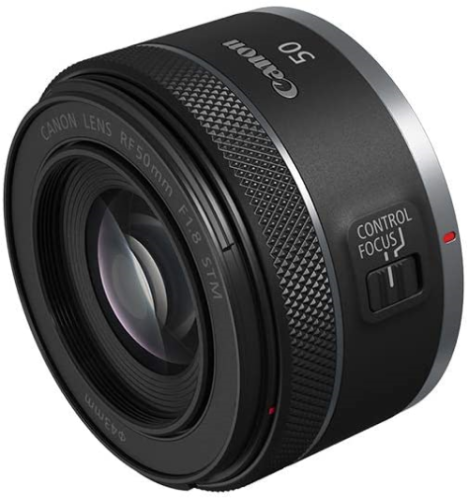
One of the best lenses for landscape photography is the standard lens for whatever format you’re shooting. In Full Frame 35mm format, that lens is the 50 to 55mm lens, affectionately nicknamed the Nifty Fifty. APC-C would use 35mm, MFT (Micro 4/3rds) has “normal” lenses of around 25mm.
If you’re using a Full Frame Canon mirrorless R Series camera, the Nifty Fifty of choice would be the Canon RF 50mm f/1.8 STM lens. There are several things that make this lens an excellent choice as one of the best lenses for landscape photography.
It is compact and lightweight, blending perfectly with the new Canon R Series of mirrorless cameras. This gives it great handling in the field. It has a fast aperture at f/1.8. With the R camera's in-body stabilization feature, good technique, and this lens, low light conditions are easily handled. Selective focus is simple to accomplish as well.
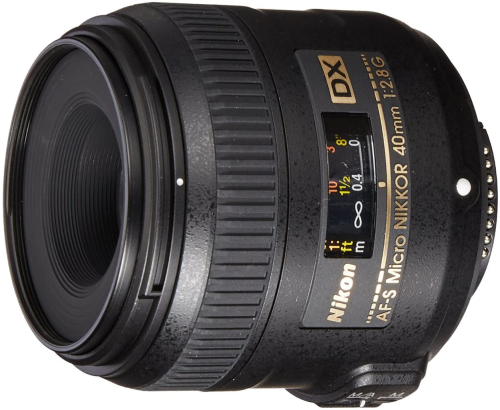
A huge reason I list this first as one of the best lenses for landscape photography is that the standard focal length field of view is close to what our eyes see. It has the field of view and the apparent perspective that lends itself well to capturing landscape images.
Most standard lenses can also focus quite close, so we can add in some of these types of views as we’re out capturing landscapes. Since many macro lenses are a normal focal length, we could choose one of those as one of the best lenses for landscape photography. The APS-C format Nikon AF-S DX Micro-Nikkor 40mm f/2.8 lens is a good example. The 40mm focal length corresponds to a 60mm lens in Full Frame format, so it’s still in the normal range.
Learn More:
Ultra-Wide-Angle Zoom
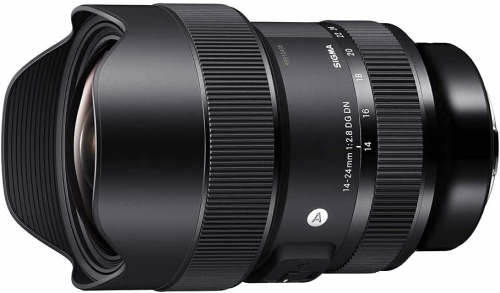
Yes, I know I just got through clearing up a misconception about this type of lens, but what I meant is that this isn’t the ONLY choice as best lenses for landscape photography, simply one of the options.
And it’s a really good option. A wide-angle lens or an ultra-wide lens is awesome for certain types of scenes in that we can capture such a sweeping view of any vista in front of us. Another function of wide and ultra-wide lenses is that we can get really close to things without losing the view of what it is. Those images with flowers or a rock formation in clear view in the foreground and the landscape in focus behind it are made possible by the optical characteristics of ultra-wide-angle lenses.
I like the zoom versions of these lenses for the versatility provided. The optical quality of most ultra-wide to wide-angle zooms is amazing, and many are made with professional-level builds for extra ruggedness, and some of them have a pretty fast maximum aperture.
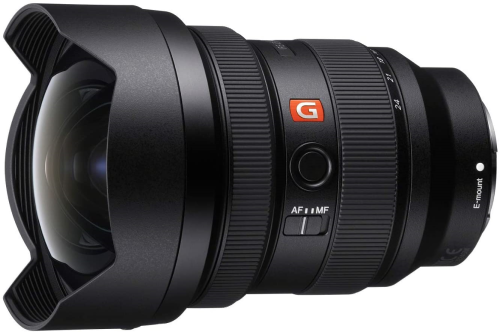
The Sony FE 12-24mm f/2.8 Master lens for Full Frame E-Series mount cameras is a great example and is often chosen as among the best lenses for landscape photography. At about 2/3rds the cost of comparable OEM lenses, check out the Sigma 14-24 f/2.8 DG DN Art lens.
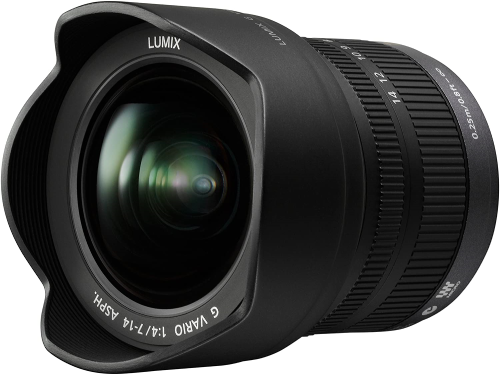
Similar lenses exist in APS-C and MFT cameras, you should consider lenses such as the APS-C format compatible Tokina ATX-i 11-20mm f/2.8 CF lens or the Panasonic Lumix G Vario 7-14mm f/4.0 lens. All are fantastic options for best lenses for landscape photography once we fully understand what makes them so.
All-In-One Lens
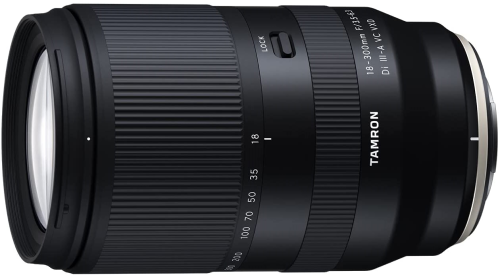
The all-in-one type of lens is what would probably work as the best lenses for landscape photography for many photographers. All-in-one is a style of lens that goes from wide-angle to fairly significant telephoto in one lens barrel.
Since telephoto lenses are usable for zeroing in on aspects of a scene or creating high levels of selective focus, lenses that have those focal lengths in it along with normal and wide-angle focal lengths can be very usable as best lenses for landscape photography.
Some examples include the APS-C format Fuji X-mount Tamron 18-300mm Di III-A VC f/3.5-6.3 VXD lens, the Full Frame format Nikon AF-S FX Nikkor 28-300mm/3.5-5.6G ED lens, or the MFT format Panasonic Lumix Vario 14-140mm f/3.5-5.6 lens.
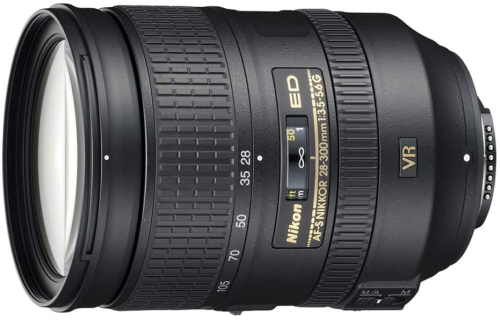
These may not be perfect choices as the best lenses for landscape photography because of their relatively slow maximum apertures, but they are super versatile if you want to carry around only one lens as you’re out capturing landscape images.
So, if you’re looking for what could be the best lenses for landscape photography for your own personal style, have a good look at the features, focal lengths, apertures, and prices of the lenses listed and adapt these recommendations to your camera format, lens mount, and personal photographic style.
Other Recommended Photography Gear
- ND Filter Kit
- Peak Design Travel Tripod
- Canon EOS R5
- Acratech GP-SS Ball Head
- Haida M10 Pro Filter Kit with Drop-In Circular Polarizer
- Peak Design Everyday Backpack V2
- Peak Design Leash Camera Strap
- Wireless Camera Remote
Learn More:
We Recommend
Best Portrait Lens: What Focal Length Should You Use?
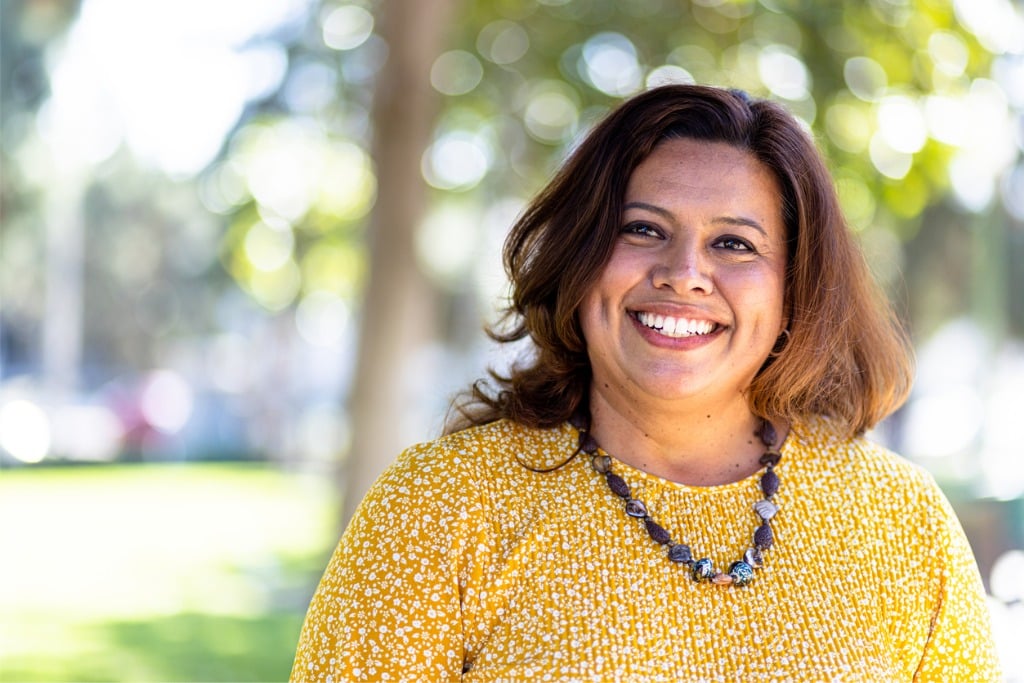
Photo by adamkaz via iStock
What focal length, f-stop, and lens type makes the best portrait lens is a subject photographers love to talk about. If you saw some of us “discussing” portrait lens choices, you might think we’re arguing! We’re not arguing; we’re just passionate because we’re artists.
As a disclaimer, let me go on record by saying there is not one single perfect portrait lens that will satisfy every photographer’s thoughts on the matter. Hey, my own portrait lens choice might change from subject to subject or what style I’m shooting!
Still, some general ideas or principles governing portrait lens basics are good to know. I’ll talk about those and list some great portrait lens candidates I found at my go-to online platform for gear, MPB.
I like to shop for used cameras and lenses at MPB because pre-owned gear saves me money. MPB allows me to buy, sell, and trade gear, and they have customer-friendly policies that make buying, selling, and trading photography equipment safe and easy. What’s not to like?!
Now, let’s have a chat about the best portrait lens options for varying camera systems…
Table of Contents:
- What Makes a Good Portrait Lens?
- Sony Portrait Lens - Zeiss Batis 85mm f/1.8
- Leica Portrait Lens - 90mm f/2.8 Elmarit M
- Sigma Art Portrait Lens - 105mm f/2.8 DG Macro<
- Canon Portrait Lens - Canon RF 70-200 f/2.8 L IS USM
- Nikon Portrait Lens - Nikkor Z 50mm f/1.8 S
- APS-C Fuji Portrait Lens - Fujinon XF 56mm f/1.2 R WR
- Medium Format Portrait Lens - Fujifilm GF 110mm f2.0 R LM WR
What Makes a Good Portrait Lens?
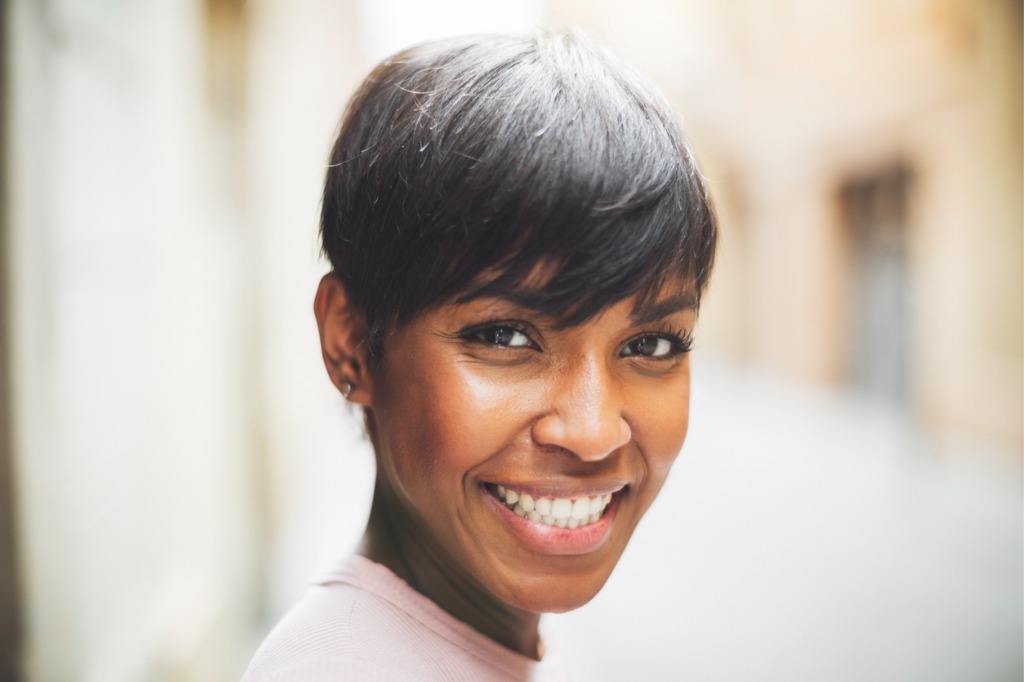
Photo by piola666 via iStock
The qualities that make a lens a good portrait lens are somewhat variable; there is no one set of criteria for the best portrait lens.
Some things are generally considered good for a portrait lens, though. For example, a focal length longer than what’s considered normal for the format used but not too much into the telephoto range is desirable. An f-stop or lens aperture fast enough for selective focus is also desired.
We tend to like a slightly telephoto portrait lens focal length because we’re capturing images of people. Too short of a focal length, especially when used up close, causes unflattering elongation of facial features due to apparent perspective. Some of that depends on our framing - a 3/4s length portrait can be captured with a normal lens, but the typical head and shoulders portrait usually looks better with a short telephoto portrait lens.
Here is a good comparison on the Mango Street YouTube page of various portrait lens focal length options:
Most of the lenses in my list of portrait lens favorites skew towards single focal length short telephoto prime lenses with a fairly fast maximum aperture, though I also consider a normal lens a good portrait lens for some styles of portraits.
Many pro-style telephoto zooms have fast apertures, too, so they’re also in the running. Let's take a look at some lenses I found at the MPB. If any aren’t in stock at the time of your reading this, simply bookmark the placeholder page and look again later, as used inventory is constantly changing.
Sony Portrait Lens - Zeiss Batis 85mm f/1.8
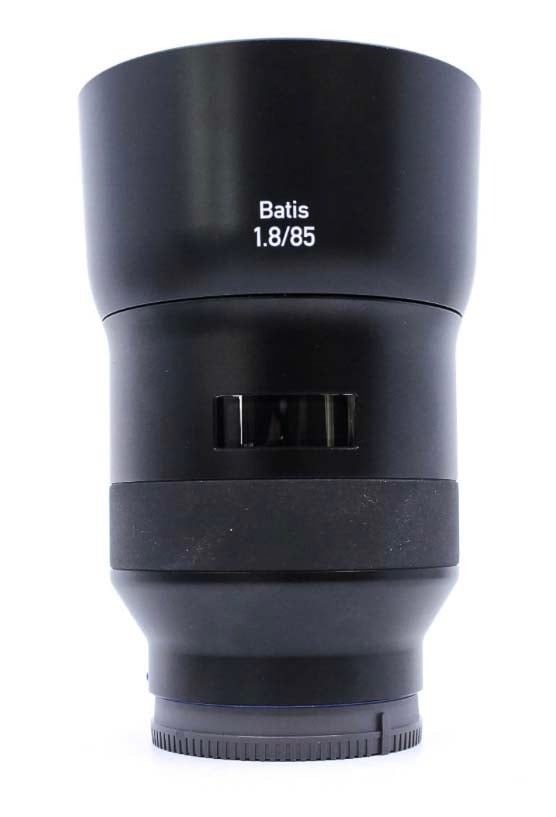
The Sony Portrait Lens - Zeiss Batis 85mm f/1.8 is a very fast, extremely sharp, short telephoto focal length from one of the premier lens makers in the history of photography, Zeiss. This version fits on Sony Full Frame format mirrorless cameras like the 61MP Sony Alpha A7R V camera.
A little heavy at just under a pound, it balances nicely on Sony cameras. Focusing to about 2 ½ feet, this lens has three low dispersion elements and produces beautiful bokeh in selective focus portraits.
Leica Portrait Lens - 90mm f/2.8 Elmarit M
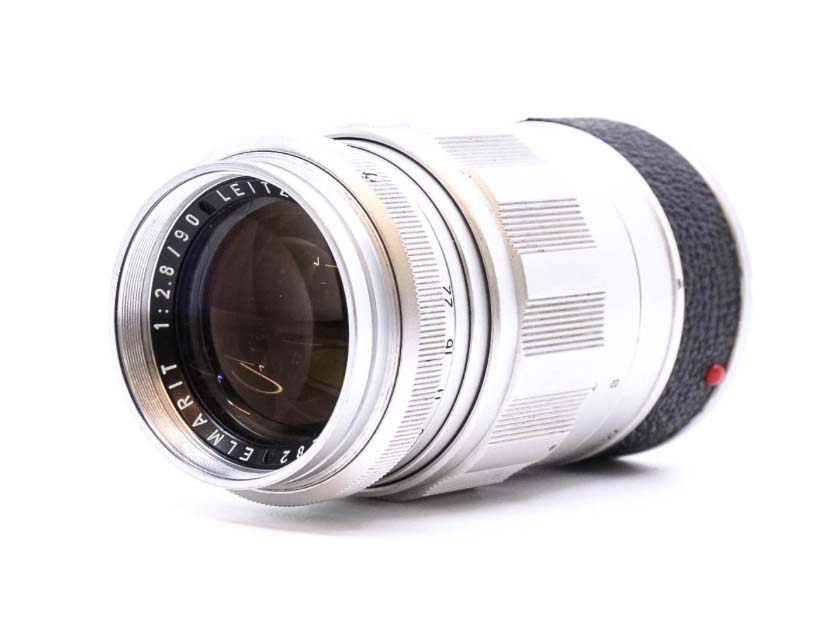
The Leica Portrait Lens - 90mm f/2.8 Elmarit M fits M-Series Leica rangefinder cameras, including the fantastic Full Frame format 24MP Leica M10 camera. Very compact, this is one of the sharpest examples of a portrait lens you can find.
Sigma Art Portrait Lens - 105mm f/2.8 DG Macro
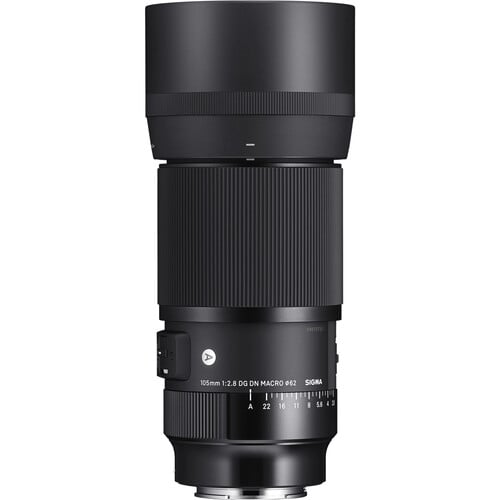
The Sigma Art Portrait Lens - 105mm f/2.8 DG Macro is a great dual-purpose lens. Available in various mirrorless lens mounts for Full Frame format, this lens works as a portrait lens and has 1:1 close focusing capability for macro work.
Canon Portrait Lens - Canon RF 70-200 f/2.8 L IS USM
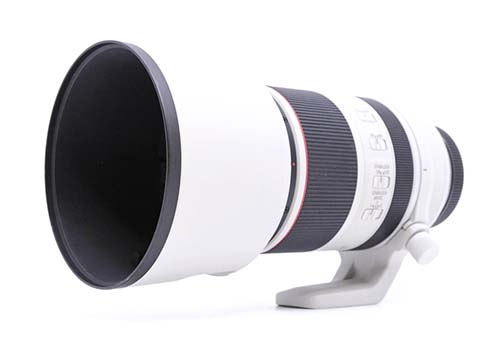
The Canon Portrait Lens - Canon RF 70-200 f/2.8 L IS USM is a high-quality professional-level fast aperture telephoto zoom lens for the awesome Canon R-Series mirrorless Full Frame format cameras. Large and somewhat heavy, it’s a fine example of a multipurpose lens that can also be used as a portrait lens.
Nikon Portrait Lens - Nikkor Z 50mm f/1.8 S
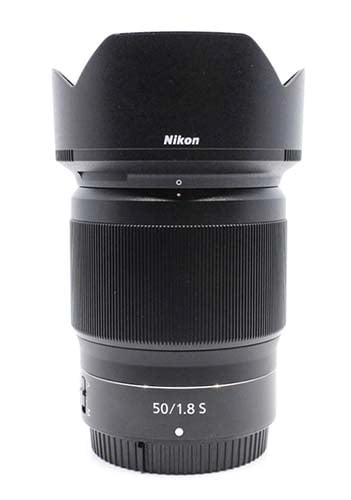
The Nikon Portrait Lens - Nikkor Z 50mm f/1.8 S is a good candidate for a normal lens used as a portrait lens. It fits the excellent Nikon Z-Series of Full Frame mirrorless cameras such as the top tier Nikon Z9 45.7MP camera with 8K video. Much smaller and lighter than the f/1.2 version, this lens is plenty fast for lots of uses and is very compact.
APS-C Fuji Portrait Lens - Fujinon XF 56mm f/1.2 R WR
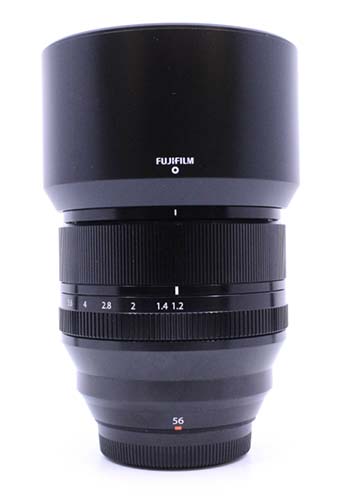
The APS-C Fuji Portrait Lens - Fujinon XF 56mm f/1.2 R WR is made for Fujinon XT mount APS-C mirrorless cameras. With a 1.5X crop factor, this lens corresponds to 84mm in Full Frame format and has beautiful bokeh with the ultra-fast f/1.2 lens aperture and 11-blade diaphragm.
Medium Format Portrait Lens - Fujifilm GF 110mm f2.0 R LM WR
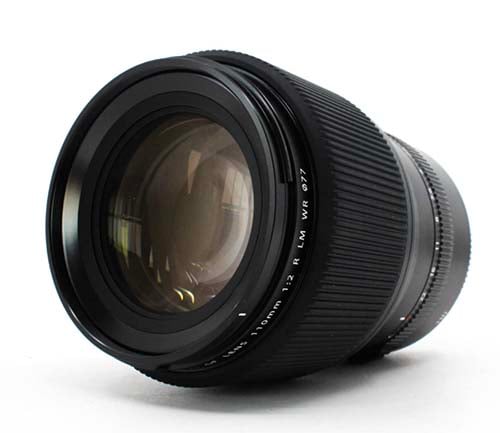
The Medium Format Portrait Lens - Fujifilm GF 110mm f2.0 R LM WR is a portrait lens for Fujifilm G-Mount medium format cameras like the very affordable Fujifilm GFX 50S. It corresponds to 87mm in Full Frame format. It balances perfectly with the GFX 50S and has a close focus, making it a great contender for the best portrait lens in medium format.
With that, you have numerous examples of the best portrait lenses for varying formats and camera brands. Again, there is no single lens that’s the “best” for everyone, so consider the type of camera you have, the type of portraiture you most often do, and your budget, then set about finding an optimal lens that meets your criteria.
As I noted earlier, MPB is my go-to platform for finding used gear. If you want to save money while having a tremendous selection of lenses to choose from, MPB is the first place you should look!
Learn More:
We Recommend
Black Friday 2023 Photography Deals
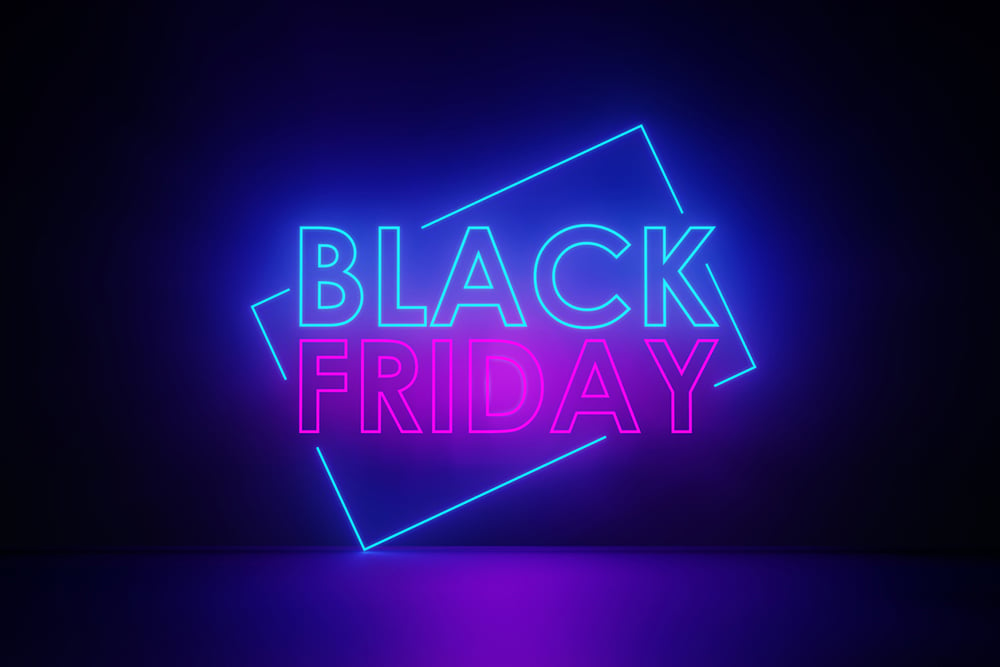
Photo by MicroStockHub via iStock
Black Friday is coming in hot, and a lot of photography companies have smokin' hot deals.
Of course, we can't preview ALL of the Black Friday 2023 photography deals, but what we can do is give you a head's up on some of our favorite items on sale this year.
So, without further ado, let's dive in and see what deep discounts await you this holiday season!
Table of Contents
Skylum Luminar Neo - Up to 85% off
Luminar Neo is one of my favorite photo editors thanks to its impressive (and easy-to-use) AI-based tools. If you haven't tried it yet, you should - and you'll be hooked!
Now is the time to give Luminar Neo a try, too as, Skylum is offering incredible deals on this fantastic photo editor:
- New users get a 12-month Pro subscription plus the Creative Assets Collection for $79 (normally $479), a 24-month Pro subscription plus the Creative Assets Collection for $119 (normally $659), or a Lifetime subscription with Extentions, the Creative Journey Pass, and the Creative Assets Collection for $149 (normally $998)
- Luminar Neo Lifetime owners can get the Extentions Pack and the Creative Journey Pass for $99 (normally $411) or a 24-month Pro subscription plus Creative Assets Collection for $99 (normally $479)
This Black Friday deal is good until 7:00 am EST on November 27th.
Learn more about Luminar Neo's Black Friday deals
Saal Digital
Saal Digital has won high praise from me this year for their high-quality products, their extensive selection of prints, and their superb customer service. In a space that's full of excellent options, Saal Digital stands with the best of them, and this year during their Black Week event, you can get your very own Saal Digital products and save some green stuff, too:
- $15 voucher for purchases over $30: WgxCheh4kb-JVG
- $30 voucher for purchases over $60: bm9zUkeFCQ-JVG
- $45 voucher for purchases over $120: PU9Ce2sXJe-JVG
- $60 voucher for purchases over $150: 3UJFTcX3NJ-JVG
Choose which of the Black Week coupons suits you best and redeem it to purchase anything in their range of products. These deals are valid until November 24, 2023, and cannot be combined with other promotions.
Learn more about Saal Digital's Black Friday deals
Vanguard
I've used Vanguard tripods, bags, and other gear for years, and appreciate the build quality, ease of use, and affordable price point - you will too! That's especially true with these Holiday Sale photography deals (which are good through December 31st):
- Alta Sky 68 Large Camera Backpack - $239.99 (normally $369.99)
- VEO 3T+ 264AB Aluminum Travel Tripod - $249.99 (normally $379.99)
- Alta Pro 2+ 263AP Aluminum Tripod with 3-Way Video Pan Head - $199.99 (normally $299.99)
- Alta Fly 58T Rolling Camera Bag - $269.99 (normally $399.99)
Learn more about Vanguard's Holiday Sale deals
Sigma
Sigma has made a name for itself for exceptional lenses at affordable prices. But, as is the case this time of year, those affordable prices are even more affordable with savings of up to $200 now through December 10th:
- 105mm F2.8 DG DN MACRO Art for Sony E-Mount and L-Mount - $699 (normally $799)
- 24-70mm F2.8 DG DN Art for Sony E-mount and L-Mount - $1,049 (normally $1,099)
- 150-600mm F5-6.3 DG DN OS Sports for Sony E-mount and L-Mount - $1,299 (normally $1,499)
Learn more about Sigma's Black Friday deals
Adorama
Adorama is one of the biggest photography retailers in the nation, and their selection of photography gear (and other goodies) is second to none. This Black Friday, Adorama has tons of incredible deals, including a variety of big sales on Panasonic Lumix gear:
- Lumix DC-S5 Mirrorless Digital Camera with Lumix S 20-60mm L-Mount Lens Bundle - $1,597.99 (normally $2,097.99)
- LUMIX S5 II Mirrorless Digital Camera Body - $1,697.99 (normally $1,997.99)
- LUMIX S5 II Mirrorless Digital Camera with Lumix S 20-60mm f/3.5-5.6 Lens - $1,997.99 (normally $2,297.99)
Adorama has great deals on other brands, too, like $400 off the OM SYSTEM OM-1 Mirrorless Digital Camera w/ M.Zuiko ED 12-40mm PRO II Lens Kit, $300 off the Nikon D7500 DSLR with 18-140mm VR Lens, and $200 off the Canon EOS R8 Mirrorless Digital Camera with RF 24-50mm f/4.5-6.3 IS STM Lens, to name a few.
Learn more about Adorama's Black Friday deals
Insta360
Insta360 is one of the most innovative action camera companies, and this Black Friday, they're bringing the heat with deals on many of their top sellers:
- Insta360 X3 - 10% off plus a FREE T-shirt and 20% off Insta360 Care and Extended Warranty when purchased with select products (available in select countries and regions) You can also choose from a FREE 114cm Invisible Selfie Stick, Sticky Lens Guards or Battery.
- Insta360 GO 3 - 5% off plus a FREE T-shirt and 20% off Insta360 Care and Extended Warranty when purchased with select products (available in select countries and regions). You can get a FREE extra Lens Guard or Carry Case, too!
- Insta360 Flow - 12% off plus a FREE T-shirt and 20% off Insta360 Care and Extended Warranty when purchased with select products (available in select countries and regions). You can also choose a FREE All-Purpose Tripod or Spotlight.
- Insta360 ONE RS - 25% off Twin Edition, 20% off 4K Edition and 10% off Core Bundle plus a FREE T-shirtand 20% off Insta360 Careand Extended Warranty when purchased with select products (available in select countries and regions). You also get a FREE ONE RS Battery Base.
Learn more about Insta360's Black Friday deals
Disclaimer: Our articles might have affiliate links and the occasional sponsored content, but don't sweat it – if you buy something, we get a little kickback at no extra cost to you, and we only hype products we truly believe in!
We Recommend
Check Out These Smokin' Black Friday Photography Deals
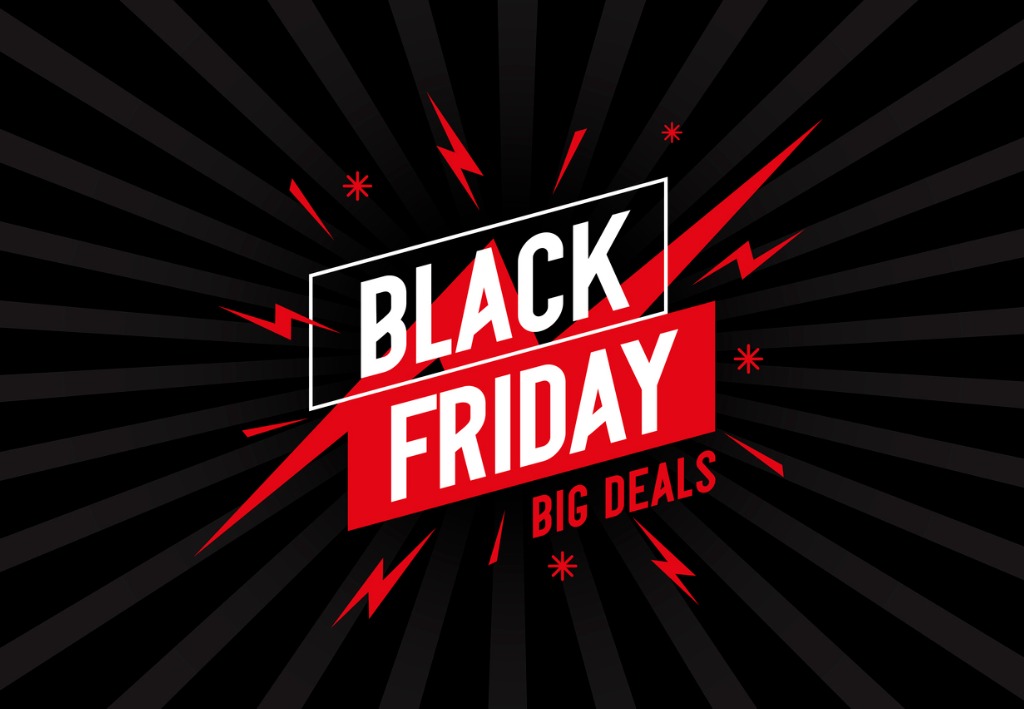
photo byGrafikactiva via iStock
I think we can all agree that 2020 has not been the best of years…
But at least we have what’s looking like an excellent Black Friday for photographers to look forward to.
I’ve put together a quick list of some of the best photography Black Friday deals at the moment. Keep in mind that this is not a comprehensive list and that many retailers have limited stock. In other words, if you see something you like, it’s best to jump on it now rather than later!
Adorama Black Friday Deals
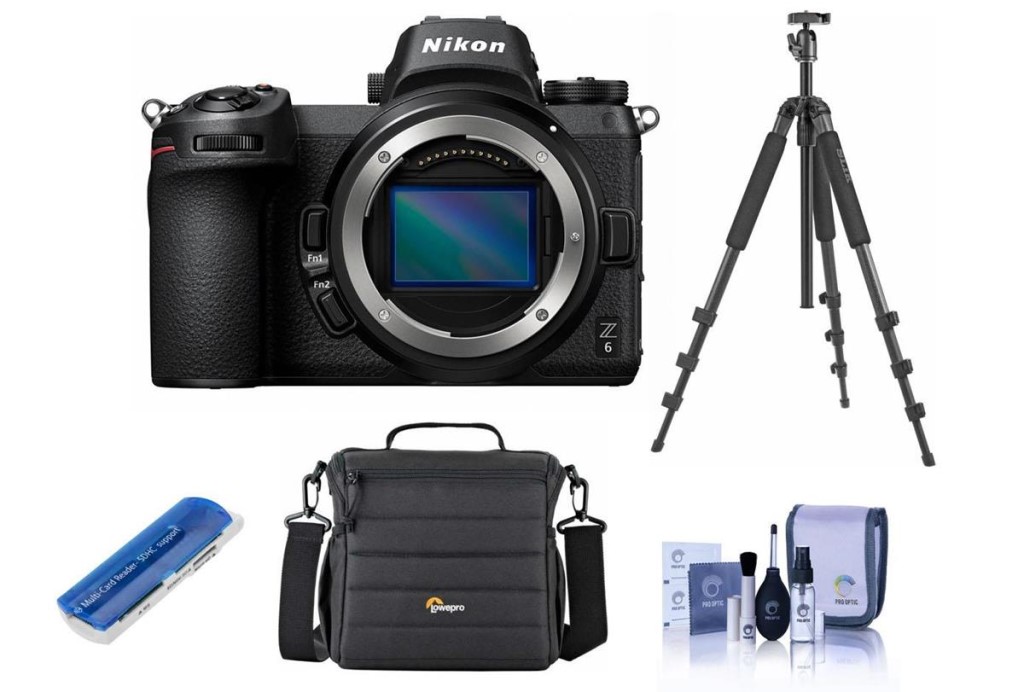
- $600 off Nikon Z6 (this deal, shown above, includes an FTZ lens adapter, a Vanguard Tripod, a Slinger Alpine Shoulder Bag, a ProOPTIC Cleaning Kit, and a Green Extreme USB Memory Stick)
- $500 off Panasonic Lumix G9 (this deal includes a huge accessory bundle, including a Joby GorillaPod 3K kit, a SanDisk 32GB UHS-I memory card, a Peak Design Everyday Sling bag, and more)
- $300 off Sony a7III (this deal includes a Flashpoint Speedlight too)
- $200 off Canon EOS R (this includes a Flashpoint Speedlight)
- $50 off GoPro Hero 9 Black
- $200 off Sigma 35mm f/1.4 DG HSM Art lens for Sony E-Mount
- $500 off Nikon 24-70mm f/2.8E ED-IF AF-S VR NIKKOR Lens (this includes an accessory bundle with a filter kit, a cleaning kit, a lens wrap, and more)
Amazon Black Friday Deals
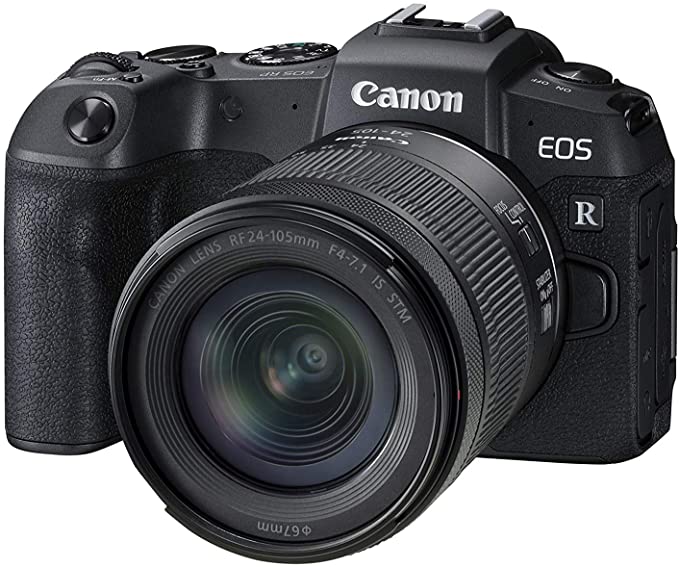
- Up to 34% off Canon cameras and lenses
- Up to 41% off Sony cameras
- Up to 41% off Panasonic Lumix cameras and lenses
- Up to 23% off Nikon cameras and lenses
- Up to 11% off DJI drones
- $60 off ViewSonic VP3881 38-inch UltraWide Curved Monitor
- $70 off ViewSonic VP3481 34-inch Curved Monitor
Nikon Black Friday Deals
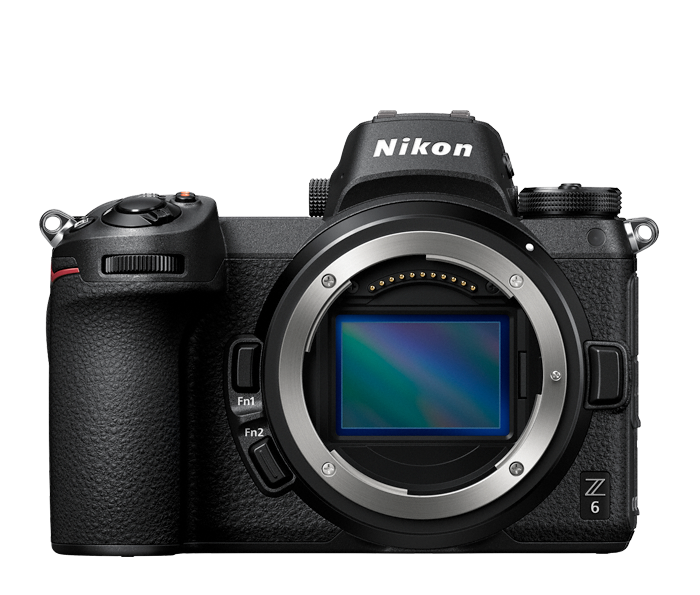
Nikon has a wealth of deals on mirrorless cameras, DSLRs, and lenses for both systems. This includes:
- $250 off Z50 two-lens kit
- $400 off Z6 24-70mm kit
- $400 off Z6 body only
- $300 off Z7 body only
- $150 off Nikkor Z 35mm f/1.8 S
- $200 off Nikkor Z 14-30mm f/4 S
- $300 off D7500 18-140mm kit
- $570 off D500 16-80mm kit
- $400 off AF-S Nikkor 14-24mm f/2.8G ED
- $500 off AF-S Nikkor 24-70mm f/2.8E ED VR
Nikon is also offering their online courses for free through the end of the year.
Holdfast Gear Black Friday Deals
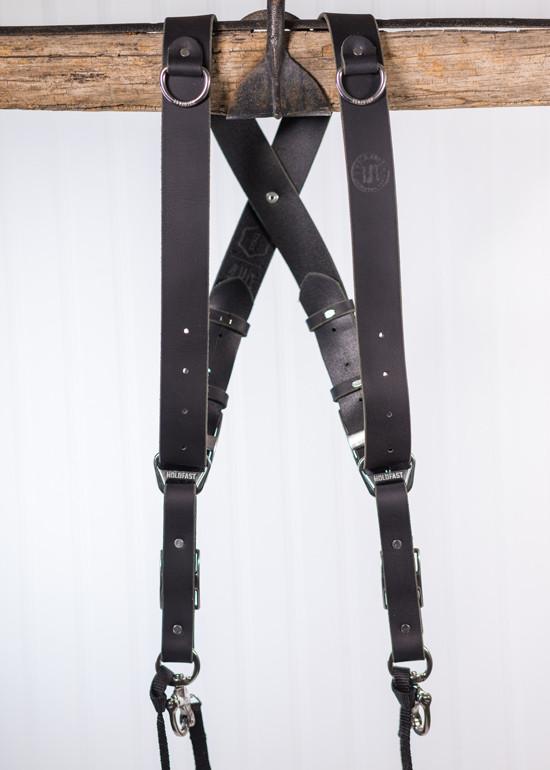
Our friends over at Holdfast Gear are kicking off Black Friday with an Early Bird Sale that gets you 20% off straps and other accessories.
Holdfast makes all sorts of high-end gear, including bags, single and dual camera straps, and a host of leather accessories like shoes, wallets, and pen holders, just to name a few.
To score the 20% discount, simply use the promo code EARLYBIRD2020 when you check out.
This is a short, time-limited discount, so hurry over to Holdfast Gear to do some early Black Friday shopping!
MPB Black Friday Deals

You can get an extra 10% off select camera bodies, lenses, gimbals, and stabilizers at MPB through November 30th. MPB has also partnered with One Tree Planted to plant a tree each time someone buys, sells, or trades gear at MPB.com as an added bonus!
Additionally, U.S. residents can score 10% off these camera bodies:
- Nikon D610
- Canon EOS 70D
- Sony Alpha A5000
- Fujifilm X-T1
The sale on these cameras runs from Black Friday through Cyber Monday. Head over to MPB to check out these deals and much more!
HEX Brand Black Friday Deals
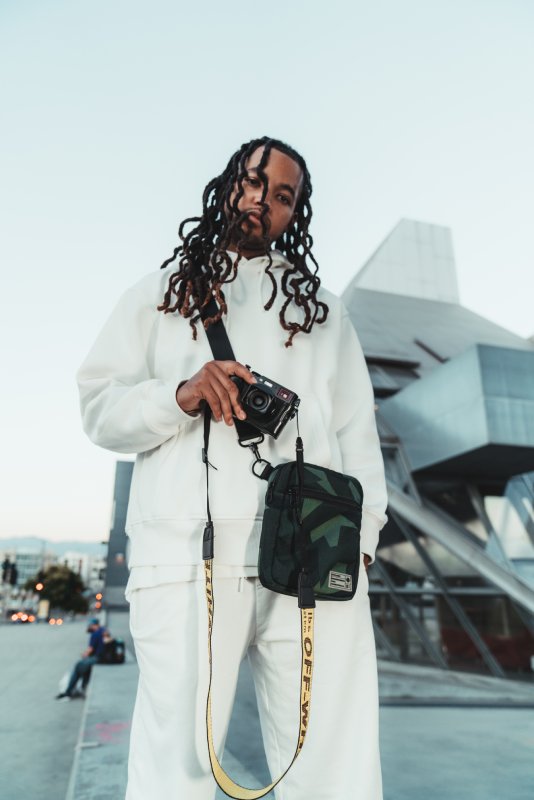
Black Friday through Cyber Monday, HEX Brand is offering 20% off, which includes their brand-new Ranger Crossbody Bag shown above.
Like all HEX Brand gear, this new Crossbody bag represents the ideal mix of style and substance.
The exterior of the bag is crafted of Genuine Cordura® and ballistic nylon. Inside is EVA foam padding to protect your camera and accessories. There's also an adjustable padded divider to keep your gear organized.
But don't think that this is a bulky bag. Quite the opposite. Its small form factor hugs your body as you move so it stays out of your way. In fact, it's just 1.3 pounds yet can hold up to 1.5 liters of gear.
Check it out at HEX Brand and see if it's the right bag for you this holiday season!
Other Photography Black Friday Deals
There are TONS of other awesome Black Friday deals for photographers. Here’s a few:
- Up to 46% off at DJI.com
- Up to 40% off paper prints at Artbeat Studios
- 25% off Adobe Creative Cloud for individual subscriptions through November 27th (which includes more than 20 apps, including Photoshop, Illustrator, Premiere Pro, After Effects, and InDesign)
- 70% off Adobe Creative Cloud for students and teachers through November 27th (the discount makes it just $15.99 per month)
- Up to 20% off on Peak Design gear through December 1st (this includes 20% off on Everyday Bags and 10% off on tripods)
- 20% off site wide on orders over $50 at Printique (use promo code BLACKFRIDAY20 at checkout)
Like I said earlier, some of these deals might disappear, and other killer deals might pop up, so keep your eyes peeled and your credit card ready!
We Recommend
Must-Have Gear for New Videographers
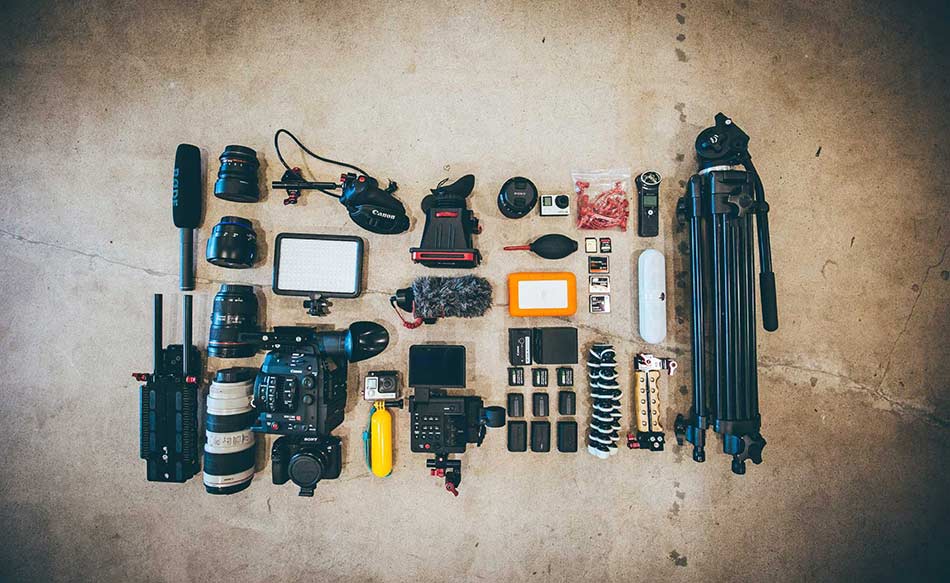 Photo by Jakob Owens on Unsplash
Photo by Jakob Owens on Unsplash
So, you're ready to make the leap from photography to videography...
The question is, what gear do you need to get started?
Thankfully, many DSLR and mirrorless cameras have excellent video capabilities, so a new camera might not be on your list of things to purchase.
But what about other important items for video work?
Here's a few suggestions for building a functional videography kit.
Editor's Tip: Though music isn't technically gear, it's something you definitely need to make the best videos. Adding sound effects and songs to your videos enables you to create a much richer viewing experience that reaches out and grabs people. For the best deals on audio for your videos, check out Epidemic Sound. With a huge library, they have everything you might need to take your videos to the next level with awesome audio.
Don't Neglect Your Video Editor
 Photo by Christin Hume on Unsplash
Photo by Christin Hume on Unsplash
Before I dive into things like cameras and lenses for video, I wanted to address the video editor you use to make your creations.
You obviously want something powerful that offers you a lot of features for making professional-looking videos.
But you likely don't want to spend an arm and a leg that some video editors cost either.
I know plenty of photographers that rely on free software for their videos, but let's be honest - free software generally lacks the tools you need to make truly epic videos.
You don't have to spend a ton of money for a professional video editor though.

I started using Kizoa a few months ago, and I'm never turning back.
It's the ideal combination of power, performance, functionality, and ease of use.

Kizoa is loaded with tons of pre-made templates (including for holidays!), so you can get a head start on making your videos straight away.
What's more, you can add music, transitions, texts, and other effects to give your videos a polished look.

From an ease of use standpoint, Kizoa has a free iOS app, so I can create and edit videos right then and there after I record the footage.
On top of that, Kizoa has made it easy to share the videos I create - I can email them, burn them to a DVD, or upload them to social media in a matter of moments.

Kizoa truly is the best of both worlds - it's powerful and affordable, with premium plans starting at just $30.00 per month.
If you're ready to take your videography to the next level, give Kizoa a try!
Learn More:
What Camera is Best for Video?
 Photo by Stephen Kennedy on Unsplash
Photo by Stephen Kennedy on Unsplash
Maybe you already have a camera that shoots video.
But if you don't, or if you want to upgrade, what camera is best for video?
The answer, of course, depends on who you ask.
Personally, I'm a huge fan of Sony cameras for video work - like the Sony a7 III, which has 4K shooting capabilities at both 24fps and 30fps.

This camera is small, lightweight, easy to maneuver, and has improved battery life over previous Sony models.
What's more, there's a wide range of lenses you can use with this camera to get different types of shots and effects for your videos.
EDITOR'S TIP: NEED A NEW CAMERA BAG FOR ALL YOUR VIDEO GEAR? SHOP FOR GREAT DEALS ON TOP BRANDS.
The key here isn't brand - I like Sony, but if you like Canon, Nikon, Panasonic, or some other brand, that's okay! Just be sure you have a camera with interchangeable lenses, and preferably, 4K video capabilities.

I'd be remiss if I didn't give a shoutout to my new favorite camera for video, the Insta360 One X.
I've only had it for a week, but I can already tell you that I have had more fun shooting video with this thing than I have with any other camera in a long time.
Obviously, the video you get from a 360-degree camera is much different than what you get from a traditional camera, and that's part of the appeal of this tiny, handheld rig.

You can hold it in your hand, put it on a tripod or grip, strap it to your dog...you name it. The possibilities for angles of view and different vantage points are endless!
This camera weighs just .25 pounds and is super easy to operate via the companion smartphone app, so there's really no excuse for not always having it with you. Better still, you can do all kinds of killer things with it like HDR, time-lapse, and Bullet Time sequences (like from The Matrix) that results in mind-bending footage.

Helping matters is the Insta360 One X's FlowState image stabilization system.
It's a six-axis (yes, six!) gyroscopic system that does an incredible job of minimizing movement for ultra-smooth video.
Add to that a bevy of accessories you can buy for it, Wi-Fi, Bluetooth, and built-in shooting modes, and you have the makings of a fun and functional camera.
Seriously, give the Insta360 One X a try - you might find like I did that it becomes your favorite new toy!
Learn More:
A Field Monitor is a Must

If you want to step up your videography game, stop relying on your camera's puny LCD and invest in a high-quality field monitor like the Ikan Saga S7H-V2.
Using a field monitor like this 7-inch rig gives you a big, bright view of what you're shooting so you can perfect the composition, framing, and focus of your video sequences.
This particular model has HDMI and 3G-SDI inputs and outputs and Ultra HD video as well as DCI 4K video.

Don't let its large screen size fool you into thinking that this monitor is cumbersome, either.
It's slim and lightweight at just half a pound.
It has a gorgeous high-resolution (1920x1200), color-accurate screen with 1200 NITS of brightness, so it's a perfect companion for outdoor video work.
With software features like 3D LUT support, a histogram, audio meters, DSLR scaling, and more, you have the makings of a must-have item for your videography gear bag!
Top Video Lenses
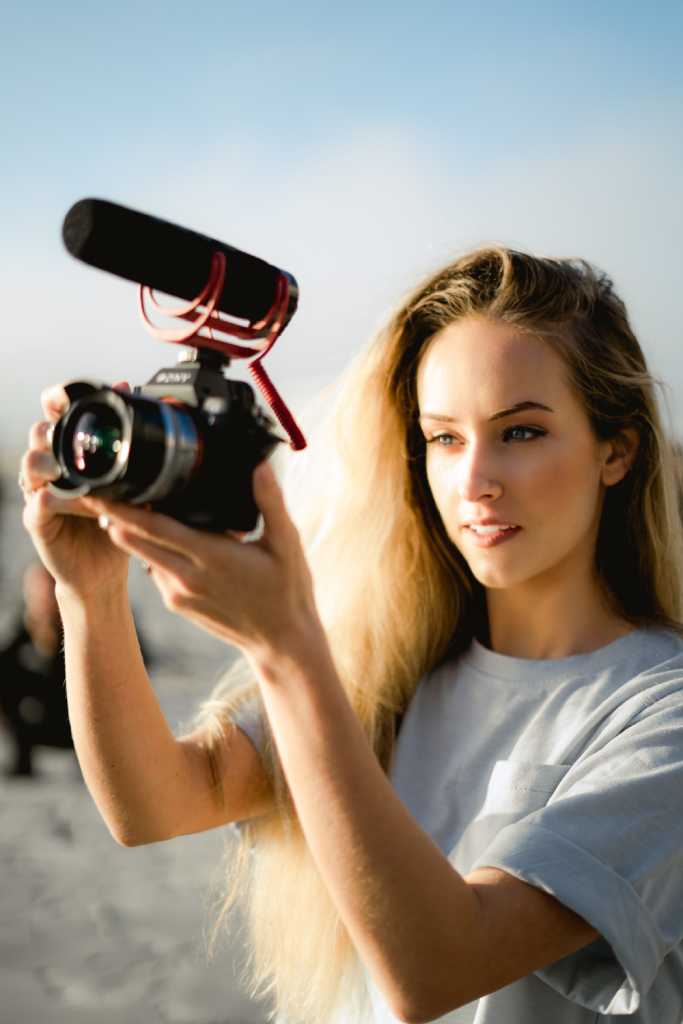 Photo by Courtney Clayton on Unsplash
Photo by Courtney Clayton on Unsplash
Again, the question of what lens is best for video depends on a lot of different factors.
If you're already invested in the Canon ecosystem, then buying a Canon-fit lens is obviously advisable.
What's more, if you already have a 24mm lens, there's no sense in buying a 28mm lens, as the difference in focal length isn't worth the added expense.
When it comes to zooms or primes, both have their merits for video.

A good video kit would include both, actually, perhaps a 24-70mm zoom and a 50mm prime.
What's important to keep in mind is that lenses are the most important gear investment for videography (and for photography, for that matter).
Unlike your camera, which you'll eventually have to replace, you might have your lenses for decades. So, while good lenses (like the Sigma 18-35mm f/1.8) can be spendy, they will more than pay for themselves over the long-haul.
Things to Consider When Buying a Video Lens
 Photo by Jakob Owens on Unsplash
Photo by Jakob Owens on Unsplash
- Is it designed for crop sensor or full frame cameras? Is it compatible with your camera type?
- What type of video do you intend to shoot? Shorter focal lengths - like 35mm - are better-suited for travel videos while longer focal lengths - like 135mm - are best for wildlife videos.
- What is the widest aperture of the lens? If you intend to shoot in low-light situations, getting a lens with a large aperture is best.
- How much does the lens weigh? What is its form factor? Big, bulky lenses aren't ideal for things like travel videos.
Editor's Tip: Not sure what lens to get to make awesome videos? Consult the experts and get the right lens for you.
Video Work Requires a Legit Memory Card
 Image Credit: djedzura via iStock
Image Credit: djedzura via iStock
Given the amount of storage required to save all that 4K video footage you'll be taking, you can't pull any punches with your memory cards.
Like with lenses, it's important to invest in quality here. Resist the urge to save a few bucks on off-brand cards and go for the well-established brands like Lexar or SanDisk.
Additionally, it's important to take factors like storage space, read/write speed, and the class of the memory card into account.
If you're not sure what any of that means, give this detailed discussion of memory cards a quick read before dropping money on a card. Doing your due diligence will help save you heartache down the road by avoiding sub-par memory cards.
Learn More:
Final Thoughts
Buying new gear is a very personal experience. That is, what you need for your video work might not be what I need for mine.
Having said that, there's common items every videographer needs - an interchangeable lens camera, a good set of lenses, and high-quality memory cards among them.
For more insights into the best gear for videographers, have a look at the video above by Matti Haapoja.
He's an experienced videographer that gives some great general tips on filling out your videography kit.
We Recommend
Sigma fp L Review
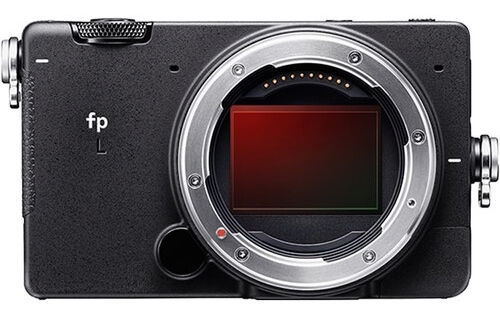
Best known for its third-party lenses, Sigma has also started producing its own Sigma mirrorless cameras in recent years. While its lens lineup can’t compete with brands like Canon, Nikon, and Sony, its specialty cameras fill previously unoccupied niches in the photography industry. One of those cameras is the award-winning Sigma fp L.
In this Sigma fp L review, we’ll start with a basic camera overview before examining its design and handling, breaking down its photo and video capabilities, and sharing our favorite compatible L mount lenses. Additionally, thanks to websites like MPB, buying a used mirrorless camera has never been cheaper and easier.
Who is MPB? It is a trustworthy and innovative photography company offering high-quality used photo and video gear at affordable prices. Better yet, every camera and lens it sells is hand-inspected by knowledgeable product specialists with years of experience and backed by a six-month warranty, allowing you to make your purchases confidently and worry-free.
We love MPB because of its one-of-a-kind online platform for photographers. It’s a remarkable tool that has helped us save thousands of dollars buying, selling, and trading photography equipment over the years, and we firmly believe it can do the same for you. OK, enough chit-chat. Let’s dive in and discover everything there is to know about the Sigma fp L!
Check out Jake Hayden's video above to learn why the Sigma fp L was way ahead of its time when it was released a couple of years ago.
Table of Contents
- Sigma fp L: Overview
- Sigma fp L: Design & Handling
- Sigma fp L: Imaging Capabilities
- Sigma fp L: Video Capabilities
- Recommended Lenses for the Sigma fp L
- Final Thoughts on the Sigma fp L
Sigma fp L: Overview
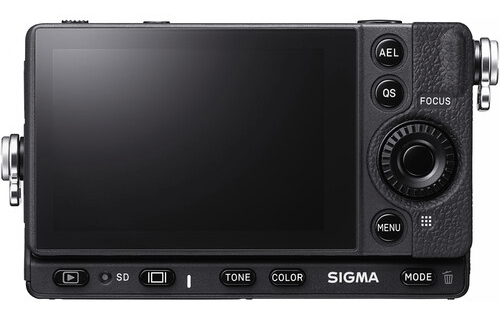
The Sigma fp L was announced in the fall of 2020 and made its much-anticipated public debut a few months later in the spring of 2021. Its 61.0-megapixel sensor ties it with the Sony Alpha a7R V and a7R IV for today's highest-resolution full-frame mirrorless cameras. Only a handful of medium-format cameras have higher resolutions.
The fp L is a compact interchangeable-lens hybrid mirrorless camera aimed more at photographers than videographers. That said, its video performance is still solid. Along with its high-resolution sensor, it has an advanced image processing engine that helps power its speedy and reliable on-sensor phase detection autofocus.
Now, here’s a closer look at the Sigma fp L specs and key features:
- Camera Type: Mirrorless
- Sensor: 61MP Full-Frame BSI CMOS Sensor
- ISO: 100 - 25,600 (expandable to 6 - 102,400)
- Lens Mount: Leica L Mount
- Speed: 10.0 fps
- Autofocus: 49 focus points
- Video: 4K/30p & 1080p/120p
- Size/Weight: 113 x 70 x 45 mm / 427 grams
- Battery Life: 240 shots
- Stabilization: Yes (Electronic Image Stabilization)
- Touchscreen: Yes
- Weather-Sealed: Yes
- Sigma fp L Used Price: $1,849 - $1,859
Sigma fp L: Design & Handling
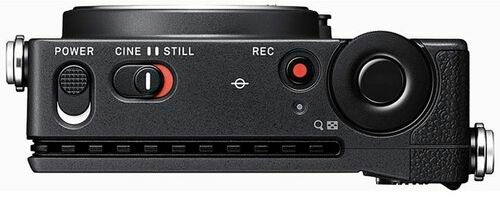
When you first see the Sigma fp L, you will immediately notice that it looks quite different from most mirrorless cameras. Why? Because Sigma designed it as a modular camera, allowing every photographer to create the perfect setup for their needs.
For example, the body does not have a built-in viewfinder, but you can add a removable electronic viewfinder (EVF). Video-oriented shooters can also add an 8K recording kit and a broadcast kit to enhance the video and audio quality.
With no modular additions, the fp L is a super portable camera ideal for travel and street photography. Furthermore, its minimalist design features a large screen, a cine/still toggle, two dials, and various customizable buttons. These simple but effective features make the camera easy to operate, even for beginners.
Learn More:
Sigma fp L: Imaging Capabilities
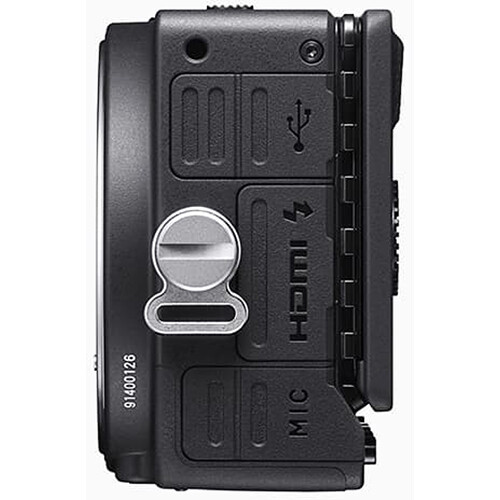
The Sigma fp L’s hallmark feature is the 61MP image sensor. It’s a dream come true for still photographers, producing breathtaking images with excellent sharpness and detail retention. Additionally, you have complete control over the colors in your pictures thanks to 15 color profiles, including two new ones: Duotone and Power Blue.
The high resolution also makes the fp L a wonderful camera for professional photographers. Whether you are shooting portraits, landscapes, or anything in between, you can enlarge the photos for printing with little to no added noise.
Speaking of noise, the fp L captures crystal-clear, noise-free images when working in low-light conditions because its ISO range expands to ISO 6. Other useful imaging features include ten fps burst shooting, a silent electronic shutter, and the cutting-edge Crop Zoom mode, which allows you to digitally “zoom in” by a factor of 5x.
Sigma fp L: Video Capabilities
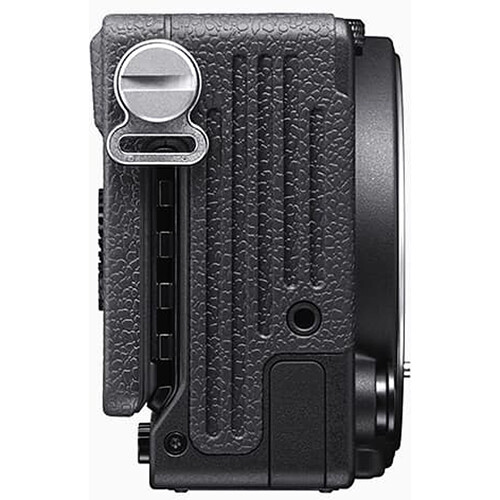
Switching the Sigma fp L into the aforementioned “Cine” mode grants you access to 4K and 1080p Full HD video resolutions. In 4K, you can choose between 8-bit MOV or 8-bit CinemaDNG files recorded at 24 or 30 fps. There’s also a video Crop Zoom Mode that provides 2.5x digital zoom (at the cost of a 2.5x crop factor being applied to the footage).
Alternatively, it can film slow-motion Full HD movies at up to 120 fps. Alone, the FP L body is an average video camera, but if you invest in module upgrades, you can transform it into a powerful video tool. Additional video features are electronic image stabilization, a microphone port, and the “Director’s Viewfinder” mode.
If you don’t want to spend the money upgrading it, we recommend the original Sigma FP instead.
Recommended Lenses for the Sigma fp L
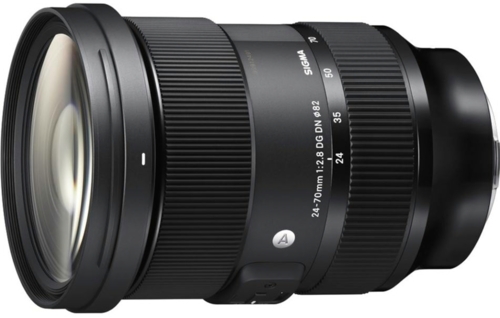
Here’s a quick list of some of the best L-mount lenses for photos and video to pair with the Sigma fp L.
- Sigma 24-70mm f/2.8 DG DN ART - L Fit
- Sigma 150-600mm f/5-6.3 DG DN OS SPORT - L Fit
- Panasonic S Pro 50mm f1.4
- Sigma 14-24mm f/2.8 DG DN ART - L Fit
- Panasonic Lumix S PRO 70-200mm f/4 O.I.S.
Final Thoughts on the Sigma fp L
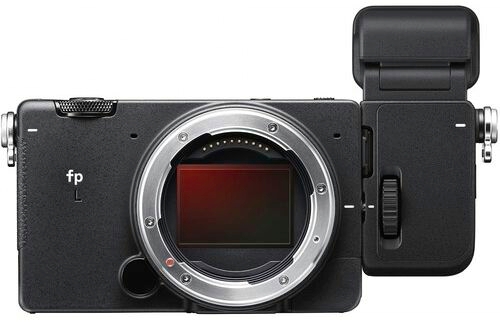
The unique modular design of the Sigma fp L means it won’t be for everyone. However, if you take the time to personalize it to meet your photography and videography needs, it is an amazing camera that will change how you work in the field. Moreover, if you are a sucker for image resolution, you will LOVE this camera!
Before purchasing one, do you want to compare the Sigma fp L with other luxury cameras? If so, check out the list below of other high-resolution mirrorless cameras in stock now at MPB.
Disclaimer: Just so you know, some of the cool stuff we mention comes with affiliate links, meaning we earn a commission if you buy (no extra charge to you!). Plus, we occasionally feature sponsored content, but rest assured, we only shout out products we genuinely stand behind.
Learn More:
We Recommend
Sigma fp Review
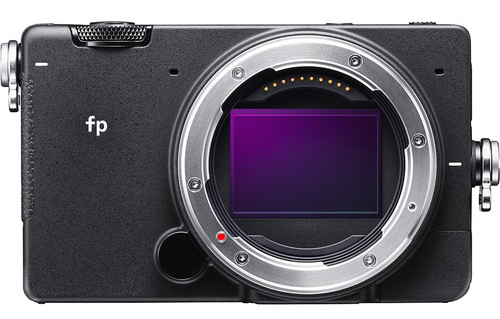
While the Sigma fp is mostly known for hosting great 4K RAW video capabilities for those who can’t usually afford cameras with this spec, it’s way more than that.
The Sigma fp was the world’s smallest full frame camera when it was first announced in late 2019 and likely still is, though I haven’t done my research to figure out if this is true. This is obviously one of the biggest selling points of the Sigma fp, but it also features more than its size. This is probably a good thing because, while the Sigma fp itself may be pocket-sized, it definitely isn’t when you pair it with any of the dozens of accessories it’s compatible with.
The Sigma fp is also known for being quite minimalistic. This sounds obvious since it is a tiny full frame camera, but it doesn’t come with an electronic viewfinder and the LCD on the back screen isn’t articulating, which is somewhat disappointing.
If you’re thinking about picking up a Sigma fp for yourself, then our Sigma fp review has some great information for you.
Sigma fp Specs
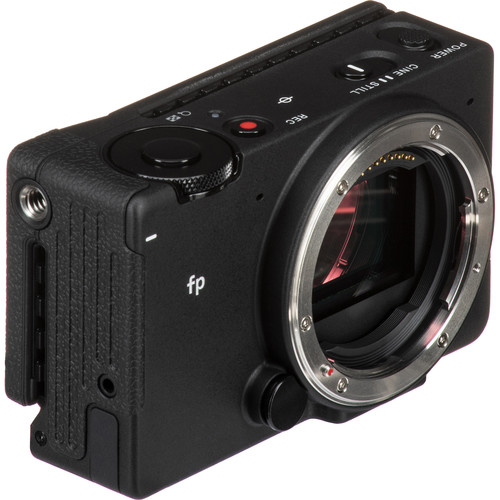
The sigma fp features a 24.6MP full-frame CMOS sensor and a L-Mount lens mount. This is one of the reasons why the Sigma fp’s size should be looked upon with caution. Any one of the accessories that you can use with an L-Mount will add a lot of bulk and weight to your camera.
The Sigma fp also features an ISO range of 100-25,600, 4K RAW video recording at up to 30p, and a burst mode of up to 18fps.
The camera comes with a BP-51 battery, which can shoot up to 240 shots on one charge, and a 3.15” LCD with 2.1m-dots.
The Sigma fp also comes with a 49-point AF system.
Other Sigma fp Specs Include:
- 24.6MP full-frame CMOS sensor
- ISO range of 100-25,600
- 4K video capabilities at up to 30p
- 18fps burst mode
- 3.15” LCD touchscreen with 2.1m-dots
- Electronic image stabilization system
- 49-point AF system
- 240-shot battery life
Sigma fp Body & Design
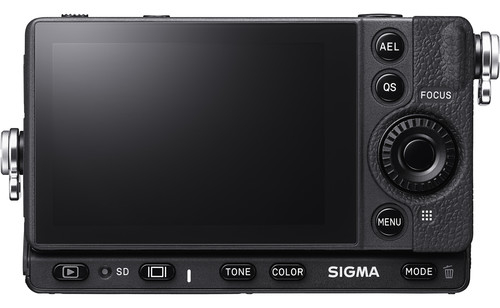
Since the Sigma fp body is such a huge selling point, it’s probably a good idea to discuss it here. The camera measures 4.4” x 2.8” x 1.8” and weighs 14.89 oz. This means it really is small enough to fit into a pocket.
The Sigma fp design is minimalistic, but not frustratingly so for most photographers. For example, Sigma didn’t follow the path that some other camera manufacturers have been taking lately and hide important functions so far into the menu that you can’t find them. The buttons that the camera does feature are large enough to be able to find even if you’re shooting in cold weather.
For instance, the top plate comes with a huge power button that is texturized, a shutter button, and a video record button that is large and colored. You will also find the cine/still button on the top plate and each of these buttons are spaced appropriately.
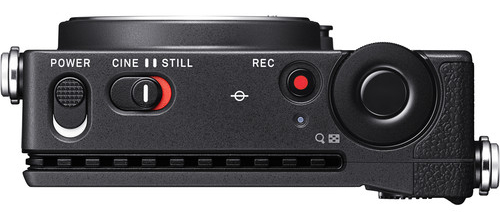
You’ll find the covers on the side of the camera. They are for the USB, the microphone input and the HDMI port.
While the camera’s design is very utilitarian, I still find it pleasing to look at. Plus, it’s obviously incredibly functional. One example of this is the shoulder strap lugs on both sides of the camera. They are held in by a screw that, when removed, makes the perfect mount for a tripod if you’re planning on doing any upright shots.
Learn More:
Sigma fp Build & Handling
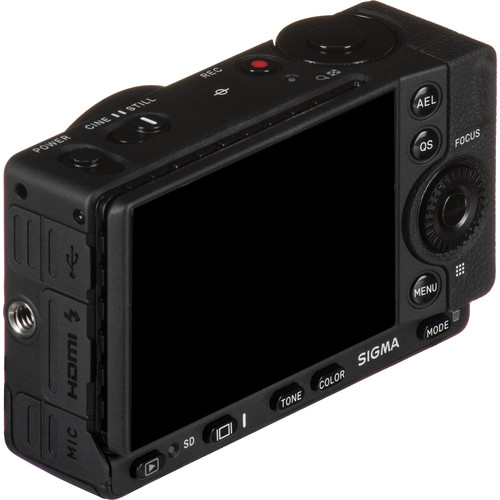
Some aspects of the Sigma fp build are going to be frustrating for photographers who are accustomed to shooting with larger cameras. For instance, this camera does not have an electronic viewfinder, nor does it have an LCD that rotates. It also doesn’t come with a built-in flash or a hotshoe. This is going to be a barebones shooting experience.
The same sorts of issues arise with the Sigma fp handling. For example, the camera doesn’t come with a grip (though there are grips available separately). However, the camera can shoot for a full 2 hours without the battery dying on you.
Sigma fp Video Performance
Huge shout out to Darwinfish105 for the Sigma fp video performance test above.
As I already mentioned, the Sigma fp shoots RAW 4K video at up to 30p. It comes with an HDMI port and it supports a microphone and headphone, as well as an external flash sync.
If you are planning on shooting video in the CinemaDNG format, which is showcased in the Darwinfish105 video above, then you can only get 8-bit capture internally. You can get 10-bit or 12-bit capture when using an external recorder.
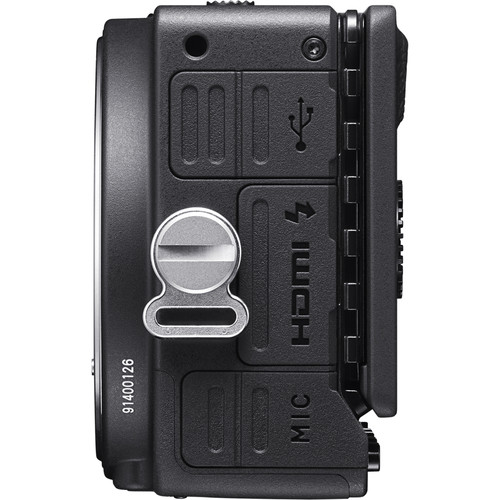
However, like every camera, the Sigma fp does have some issues. For instance, the continuous AF really doesn’t work that well when shooting video. While it does find its focus quickly enough, it can lose it just as quickly and this is obviously incredibly frustrating in the middle of the shot.
The camera does come with electronic image stabilization, though you likely won’t use it that often if you have a gimbal.
Sigma fp Price
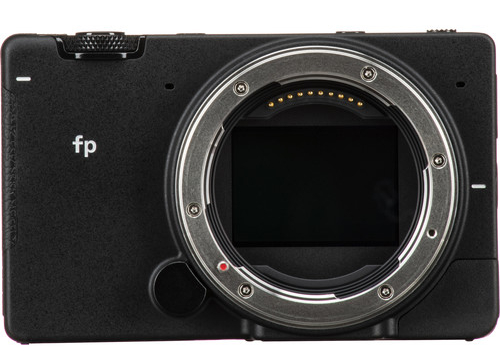
Since the Sigma fp is still a relatively new camera, its price point is still out of reach for most photographers. The Sigma fp price is currently $1,700.
However, since it is a year old, there are ways to get one for a lot cheaper so long as you purchase it used.
MPB, one of our favorite used camera retailers, sells Sigma fp bodies. While they currently don’t have any in stock, they rotate through hundreds of cameras everyday and purchase them from different continents. So, chances are, they could have some in stock by the time you’re reading this. You can check the MPB Sigma fp page to see.

And if you haven’t heard anything about MPB, let me quickly introduce you to why we recommend them for all of your used camera needs. MPB basically handles all of the difficult parts of buying used cameras. They find the sellers. They rate the equipment and they handle shipping. It’s like eBay if eBay were, well, better.
To find out all of the reasons why we love MPB, you can read our MPB review in the learn more links below.
Learn More:
We Recommend
These Crazy Camera Lenses Have to Be Seen to Be Believed
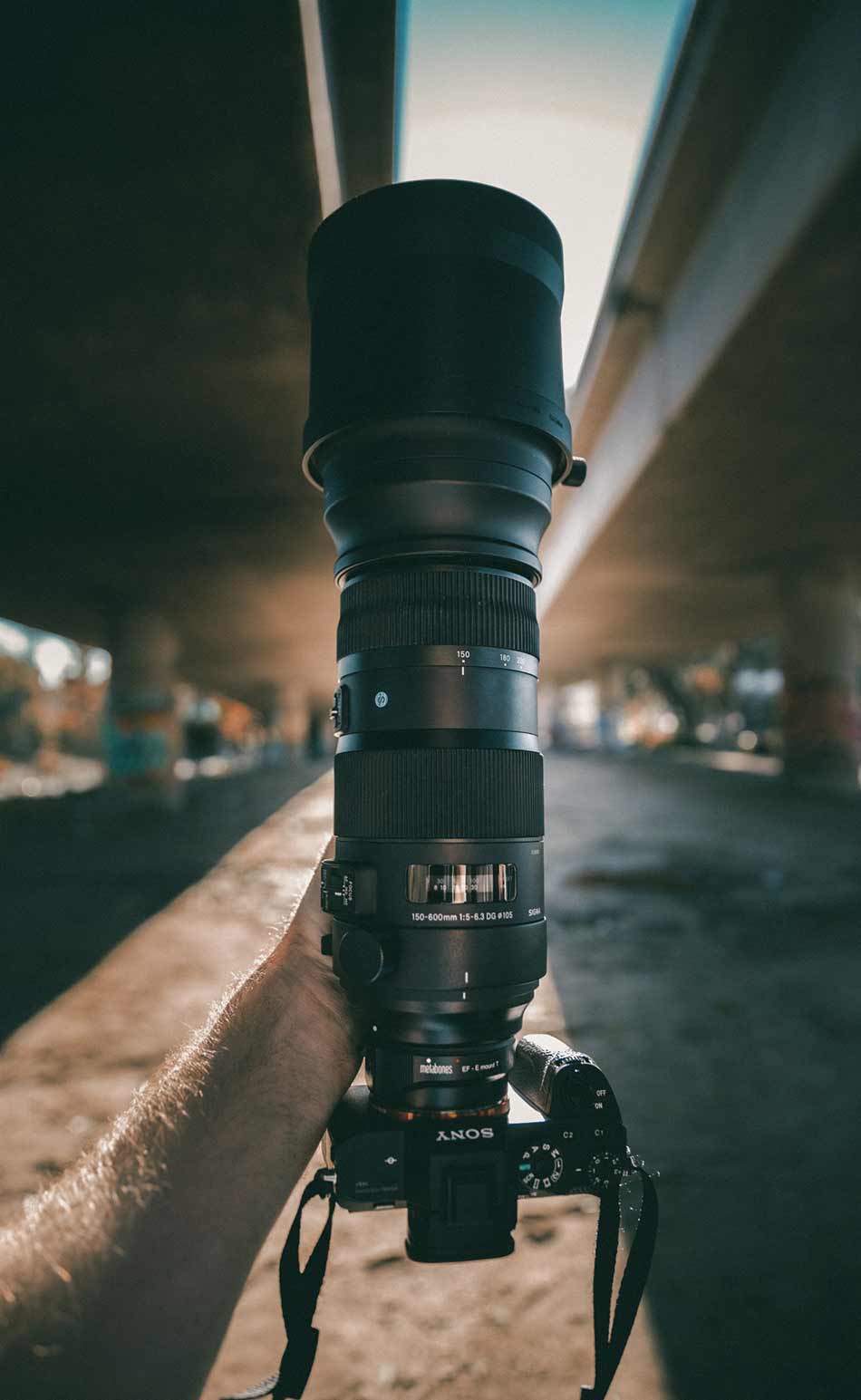
Photo by Jakob Owens on Unsplash
People have been fascinated with crazy camera lenses since the dawn of photography, when crazy camera lenses were any camera lenses.
Now, unique camera lenses are a sight to behold. Sometimes, they’re ridiculously large and sometimes they’re ridiculously vintage. However, I’d bet money you’ve never seen all of these 7 rare camera lenses.
Table of Contents
- Fujifilm XF 56mm f/1.2 R APD
- Canon MP-E 65mm f/2.8 1-5x Macro
- Leica Noctilux-M 50mm f/0.95 ASPH
- Lomography Petzval 85mm f/2.2
- Sigma 200-500mm f/28 APO EX DG
- Venus Optics Laowa 15mm f/4 Macro
- Canon EF 1200mm f/5.6L USM
- Where to Buy Your Crazy Camera Lenses
Fujifilm XF 56mm f/1.2 R APD
The first on my list of unique camera lenses is this apodization filter Fujifilm lens. Fujifilm released an XF 56mm f/1.2R exactly 9 months before they released this lens, the exact same lens except for the addition of the apodization filter.
Now, apodization filters are very rarely included in lenses because you could just as easily buy an attachable apodization filter. An apodization filter is a type of graduated neutral density filter that allows you to achieve very creamy bokeh and a very dramatic blurring in shallow depth-of-field photos.
It also features 2 aperture values: one aperture value for the f/stop value and one for the depth of field.
See this lens in action in the video above by Zed Pro Media.
Canon MP-E 65mm f/2.8 1-5x Macro
The Canon MP-E has an insane range for macro photography, and no range for anything else. If you’re looking to photograph something in high-magnification, though, this bad boy is for you.
As an example of the power behind this macro lens, you can fill a full-frame sensor with just one ant, and the way it pulls it off is by only allow photographers to shoot objects up to 4 inches away from the front of the lens.
You heard me right, in order to use this macro lens, you have a whole 3.4 inches of wiggle room; you can shoot from 1.6 inches to 4 inches away from your subject.
The interesting focusing range aside, this camera comes with an Ultra Low Dispersion glass element which helps clear your photos of any distortions or chromatic aberrations so those ants look as crisp as they do vibrantly black or red.
Learn more about this lens in the video above by Snazzy Labs.
Leica Noctilux-M 50mm f/0.95 ASPH
Okay, I admit you may have heard of this Leica lens before but I had to touch on it because of its cult status.
This Noctilux was a replacement that came out in 2008, a mere 30 years after it’s predecessor, the f/1.2 Noctilux of 1966 was released.
This lens features an incredibly bright maximum aperture (obviously) which lets you shoot incredibly well in low light. But, it also shoots unlike any lens I’ve ever shot with. No, it isn’t even close to Leica’s sharpest lens but it has character. Your shots come out looking almost vintage with a softness that can make even the ugliest of places look almost pristine.
Plus, it’s only 1.5 pounds which is a feat for the unique camera lenses on this list.
Check out this lens in the video above by Leica Review.
Lomography Petzval 85mm f/2.2
This is hands down the most beautiful, unique camera lens on this list, and that’s because it’s a recreation of the 175-year-old Lomo Petzval lens (except this time you can use it on Canon and Nikon DSLRs).
The Kickstarter for this Petzval recreation rapidly raised over $1 million from over 3,000 camera enthusiasts. This happened, in part, thanks to the glowing history of the original Petzval lens which revolutionized photography.
Each one of these recreated Petzval lenses are crafted out of brass, and comes with a Waterhouse aperture set (f/2.2, f/4, f/5.6, f/8, f/11 and f/16).
This Petzval also does what the original Petzval did: it takes incredible portraits.
Get a hands-on review of this lens in the video above by Irene Rudnyk.
Learn More:
Sigma 200-500mm f/28 APO EX DG
I’ve always hated the look of this Sigma lens because it looks like it belongs on the top of a tank shooting missiles instead of in the hands of a photographer.
This lens remains the longest zoom to feature a f/2.8 max aperture. It also weighs 25 pounds and features a rechargeable battery to power the incredible zoom.
My favorite aspect of this crazy camera lens is that it doesn’t unscrew from its camera, the back of the lens unlocks so you can unscrew the camera out of the lens.
However, you really need to watch the above video in order to see what this ridiculous creature looks like.
See Matt Granger with this massive lens in the video above by PhotoNewsReviews.
Venus Optics Laowa 15mm f/4 Macro
I actually got the chance to use this macro lens a few years back, and everything they say is true. You can shoot from 0.2” away from your subject with this funky little lens and create a 1:1 magnification ratio.
It’s known as a wide angle lens and a macro lens because it does both. It comes with a shift mechanism to move the optics up or down the lens mount (hint: panoramas, anyone?).
Plus, I love a camera lens maker that thinks about the little people, the little people being broke photographers. The filter thread allows you to use filters easily without splurging on expensive square filter systems.
When you’re using this camera lens as a wide-angle, you’ll either love or hate the results. The center of your photo will be extremely sharp if you’re shooting at a close distance, but the corners of your shot may appear almost smudged like a painting.
But, for a macro/wide-angle/do-it-all lens, it handles chromatic aberrations like a champion. Your shots may still suffer from chromatic aberrations in the corners (like the above-mentioned problem), but they will be very consistent, easy to take out in post-production, and won’t happen when shooting low contrast shots stopped down.
DSLR Video Shooter takes a closer look at this lens in the video above.
Canon EF 1200mm f/5.6L USM
One of these beautiful lenses was sold on B&H back in 2016 for just $180,000, which is a steal if you ask me.
It only took the lens 8 years on the market to sell (who woulda’ guessed).
This lens is the longest fixed telephoto lens ever built by Canon and it focuses down to 49.5-feet. It’s rumored that Canon never made more than 20 of these lenses, which helped me to understand why someone would buy this instead of a home.
The lenses were made in the 1990s, and Canon was only able to produce 2 of them a year thanks to the time it took to “grow fluorite crystals large enough to be ground and polished for use in the lens.”
It weighs 36 pounds, which also makes it the heaviest crazy camera lens on our list, and looks seriously hilarious when strapped onto a regular-sized DSLR.
Get a complete overview of this lens in the video above by B&H Photo Video.
Where to Buy Your Crazy Camera Lenses
Though many of these crazy camera lenses are tough to come by, you might be able to find a few of them on the used market.
And even if you can’t, the used market is a great place to find more traditional lenses that you can use every day.
I use Lensfinder for buying my used glass because it’s such an easy process.
Just logon to the site, search for what you need, and peruse the listings other folks have posted.
But unlike eBay, you don’t have to look through tons of unrelated search results (or pay tons of fees, either).
And unlike Craigslist, you don’t have to worry about scams because Lensfinder has built-in fraud protection. You also can communicate with sellers directly on the platform if you need to ask questions.
It’s just a clean, simple way to buy used gear. You can sell your old gear on Lensfinder and make a bit of money too!
Learn More:
We Recommend
Three Killer F-Mount Lenses for Nikon Z Cameras
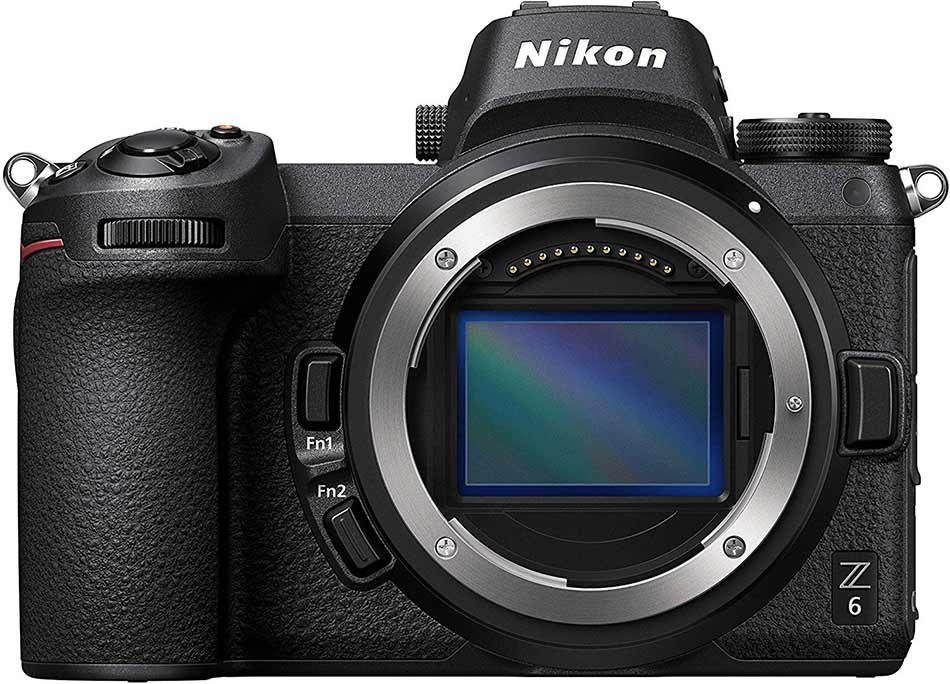
If you’re like me, you adore your Nikon Z6 (or Nikon Z7, for those of you who could afford one because you don’t have kids!).
But, you might not have adored the fact that there weren’t many Z-mount lenses available when the Z6 and Z7 were launched. That’s changed now, thankfully, but there’s still way more F-mount Nikon lenses out there that make great companions for these cameras.
All you need is the FTZ adapter to make F-mount lenses work with your Z-series camera, and boom, you have dozens and dozens of lenses you can use.
The question is, which ones are worth the money?
Sigma 14mm f/1.8 DG HSM Art
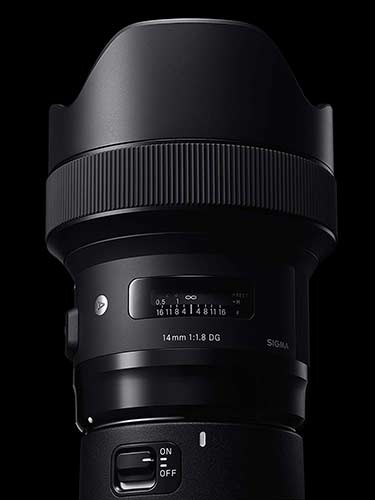
I love a super-wide prime lens, because I’m all about capturing wide landscapes, and this ultra-wide angle from Sigma does the trick.
This Sigma features an aperture range of f/1.8-f/16. It comes with 9 rounded aperture blades and weighs in at a whopping 39.2 oz (you need somewhere to fit all the greatness, right?).
Unfortunately, this Sigma doesn’t have image stabilization, but it is weather sealed, so it’s best for astrophotography, landscape photography and architecture photography.

As a bonus, this lens is also compatible with Z-system cameras with the FTZ adapter.
You can purchase this Sigma 14mm f/1.8 DG HSM Art for $1,300 on Amazon.
Nikon AF-S NIKKOR 50mm f/1.8G
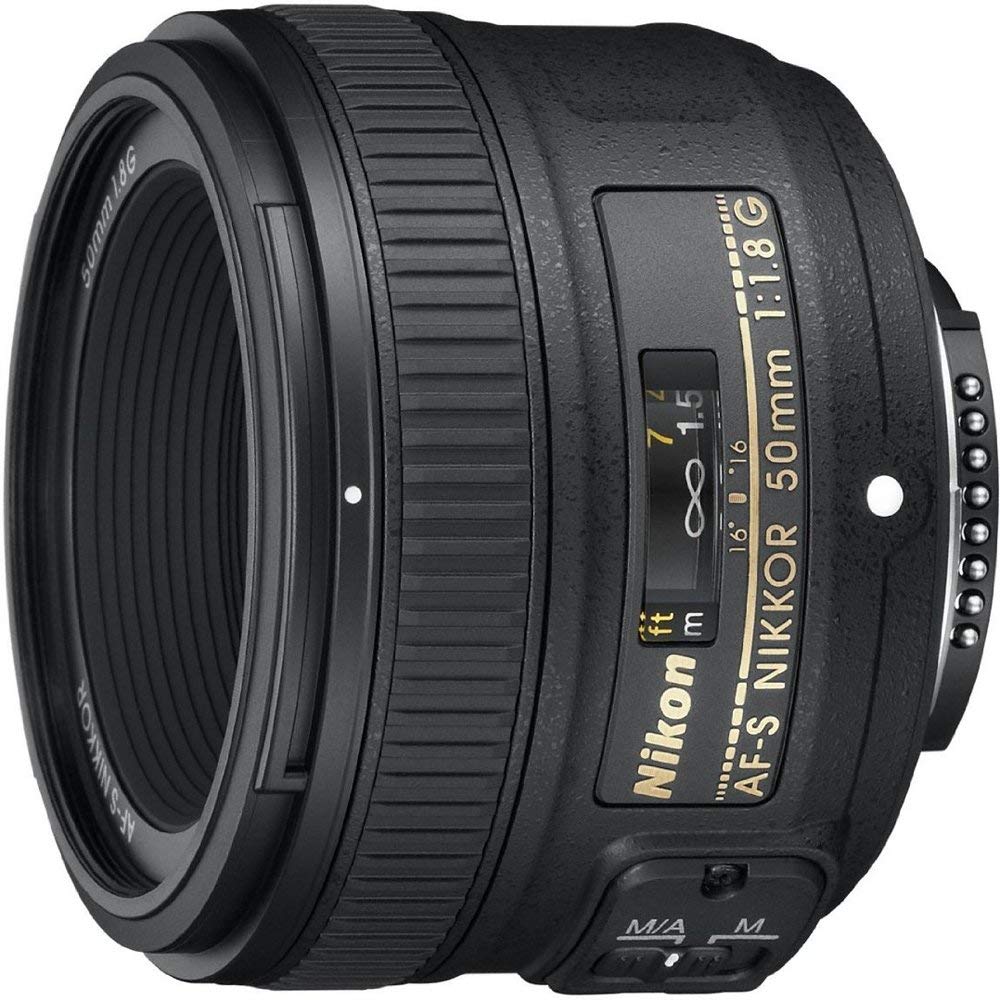
This NIKKOR 50mm, as opposed to Nikon’s 50mm f/1.8 lens for its Z system, is cheaper and smaller.
While F-Mount lenses for Nikon Z6 and F-Mount lenses for Nikon Z7 can be made to fit both cameras, this NIKKOR 50mm may work a bit better with the Nikon Z6, primarily because you can use it wide open, which will create a softer photo.
However, the NIKKOR 50mm comes with Nikon’s Silent Wave Motor (SWM), an aspherical lens, and it works beautifully with the in-body image stabilization on the Z cameras that makes it the perfect lens to carry around with you any day of the week.
PhotographyTV did an in-depth look at this lens; you can view it above.
You can purchase the AF-S NIKKOR 50mm f/1.8G starting at around $175 on Amazon.
AF-S NIKKOR 24-120mm f/4G ED VR
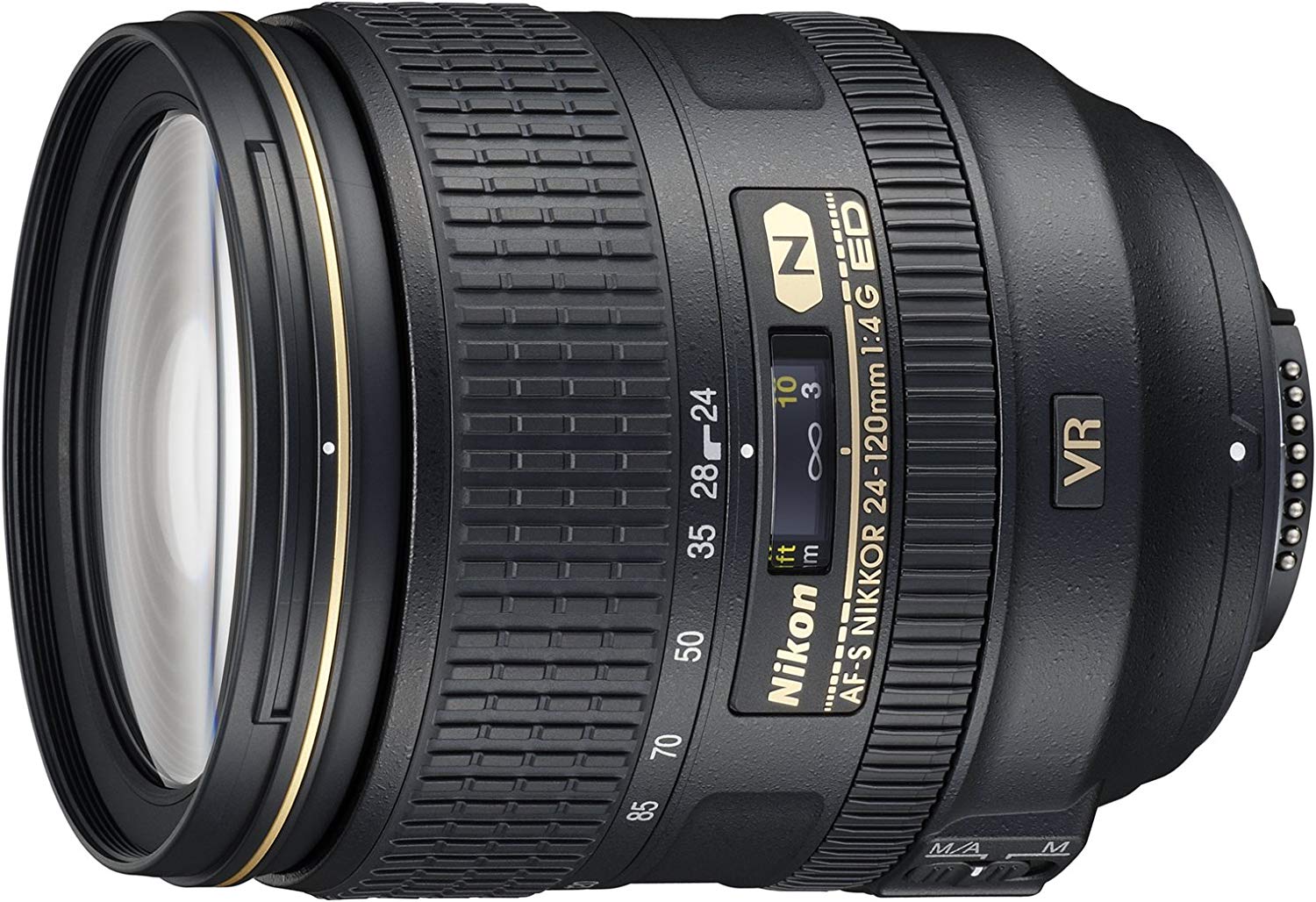
If you’re looking for a step up from the NIKKOR 50mm, this AF-S NIKKOR 24-100mm f/4G ED VR lens definitely fits the bill thanks to its sheer versatility.
With much more reach than a more typical 24-70mm zoom, this lens opens up possibilities for shooting wide landscapes at 24mm, intimate portraits at 100mm, and all sorts of subjects in between.
Sure, it’s only an f/4 lens, but the added focal range makes up for it in my book.
This lens also has vibration reduction, and working with the in-body image stabilization in the Z6 or Z7, you can use it in low-light situations with great success despite the f/4 aperture.
With so much versatility to offer, this is a great option if you’re looking for an all-day lens for tackling all kinds of subject matter.
JKLenses reviews this NIKKOR in more depth in the video above.
You can purchase the AF-S NIKKOR 24-120mm f/4G ED VR for $1,100 on Amazon.
Looking for a Better Bargain?
Lensfinder is my go-to for newer lenses that are definitely not cheap, because I can buy them used but know they’re still in phenomenal condition.
I can also get all of my questions about the lenses answered in the same place I buy them, because this site is built exclusively for photographers.
Gone are the days of trying to purchase lenses on eBay, where whatever is going to show up in the mail is basically a total surprise.
Plus, if you can’t find any of these three killer F-Mount lenses there, you’re bound to stumble on something that’s too good to pass up!
Visit Lensfinder today to find the lens for you.
We Recommend
Top Autofocus Lenses for Micro Four-Thirds Cameras
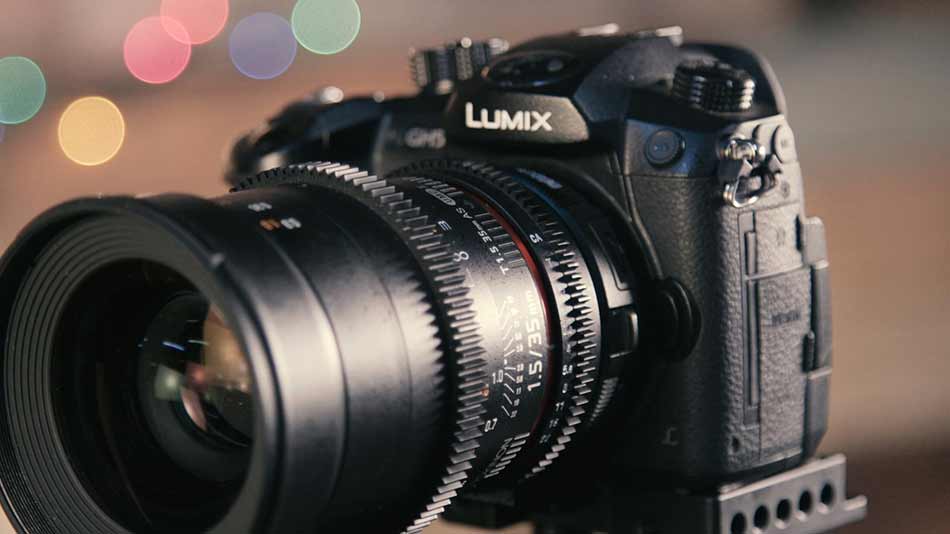
Photo by ShareGrid on Unsplash
I love shooting with Micro Four Third cameras, and I’m not alone.
Google searches for “best micro four-thirds lenses” have gone through the roof in the past few years. But, newfound popularity in Micro Four Third cameras, also means that we can play around with some (resale!) top autofocuses lenses. And I’m always down for a bargain.
So, I compiled a list of the top autofocus lenses you can use with a Micro Four-Thirds camera, and all for under $300.
BEST PRIME AUTOFOCUS LENSES
PANASONIC LUMIX G 14MM F/2.5

If you’re looking for the Micro Four-Thirds equivalent of a 28mm, this one by Panasonic is for you. I use it for street photography, and I’ll also take it traveling with me because it works just as well in low-light as it does at noon.
It’s also tiny at 0.8” thick and 2oz, so it fits in my luggage, and comes with a multi-coated lens so it’s less prone to scratches.
It’s also fun to play with the rounded seven-blade diaphragm because it produces cool highlights when working with selective focus.
PANASONIC LUMIX G 25MM F/1.7
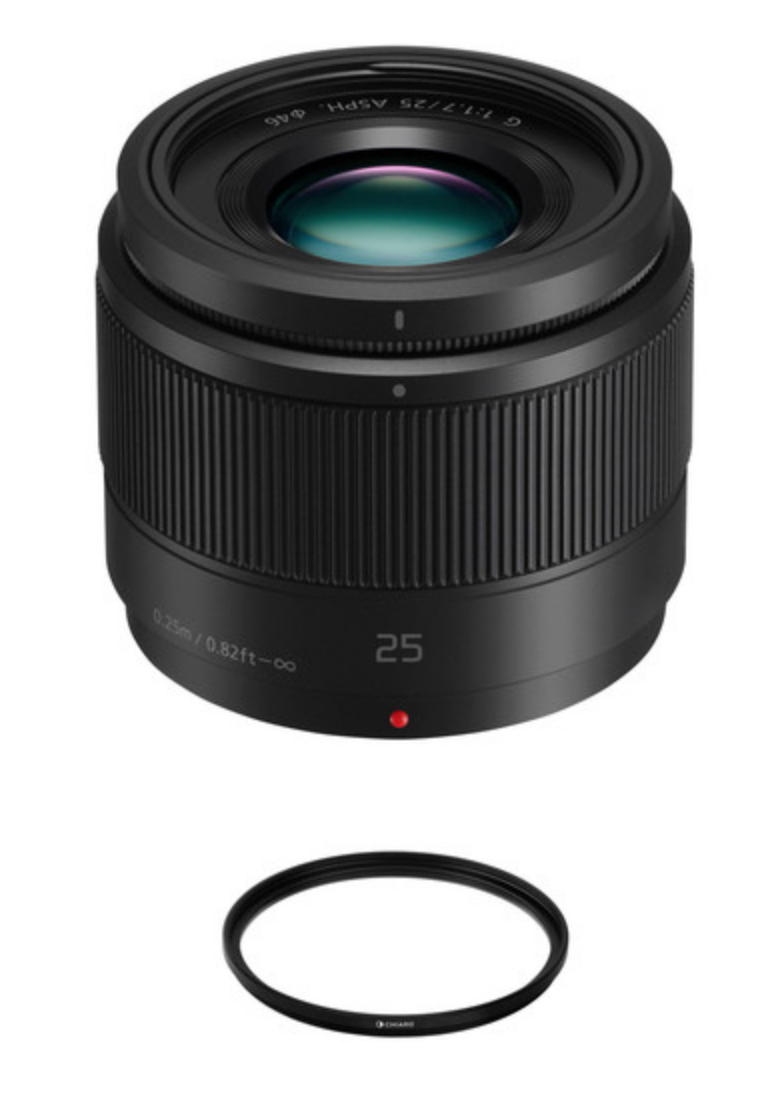
Not to be that person, but I’m recommending another one of Panasonic’s line for my best prime autofocus lenses.
This LUMIX strikes me as one of the best micro four-thirds lenses because it’s the equivalent of a 35mm, which means it can be used to shoot virtually any subject at pretty much any time of day, and for one of the cheapest prices of any top autofocus lenses.
It comes with a f/1.7 aperture for incredible low light shooting, and doesn’t skimp in strong lighting conditions either due to a Nano Surface Coating which reduces lens flare.
SIGMA 30MM F/1.4 DC DN CONTEMPORARY
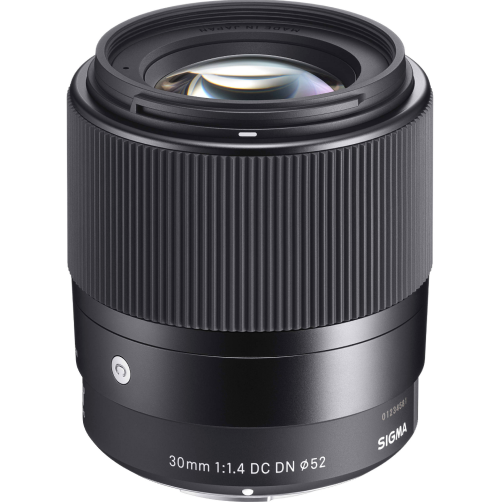
We can’t get into the best prime autofocuses lenses and not at least mention Sigma’s versatile contemporary lens.
The f/1.4 aperture offers wonderful opportunities for minimizing the depth of field for portraits and close-up shots.
This Sigma should also be considered one of the best micro four-thirds lenses because of the aspherical elements in its optical design, which prevent spherical aberrations and produce sharper photos than any one of these other prime autofocus lenses.
The Super Multi-Layer Coating on this Sigma also enables photographers to grab images with incredible contrast without color distortion. It’s a win-win!
OLYMPUS M. ZUIKO DIGITAL 45MM F/1.8
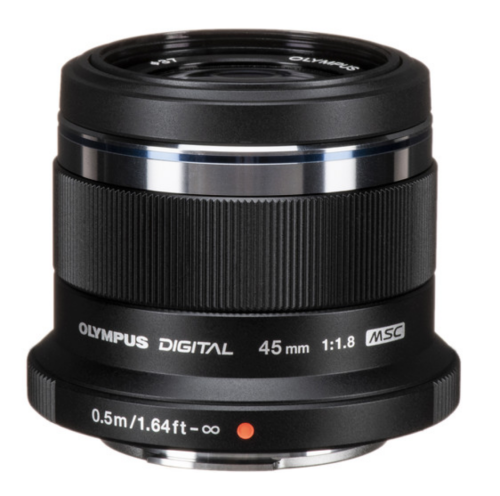
Portrait photographers who haven’t worked with the Olympus Zuiko Digital, what are you doing? This is absolutely one of the best autofocus lenses for portrait photographers, thanks to the short-telephoto focal length and the f/1.8 maximum aperture.
With this lens, you no longer need to be worried that golden hour is fading because it handles low-light portraits just as well.
This is also one of the top autofocus lenses for micro four-thirds cameras because of the Movie & Still Compatible (MSC) autofocus system. It shoots video in the same way it shoots photos - quickly and quietly.
Learn More:
Best Zoom Autofocus Lenses
LUMIX G VARIO 45-150MM F/4-5.6 ASPH. MEGA O.I.S.
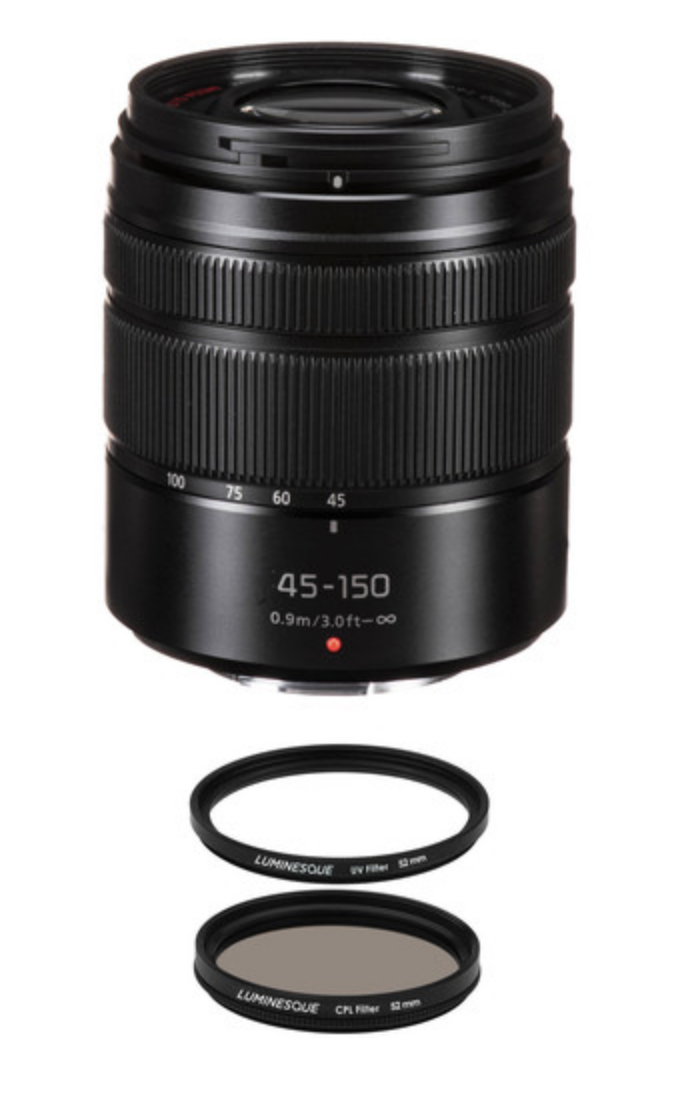
This Lumix is so cheap, yet it’s great for 4K, is the full frame equivalent of 90-300mm, and is comparatively light.
No, I wouldn’t recommend this Lumix as one of the top autofocus lenses for still photographers, but if you so much as dabble in videography, you need to experience shooting with a Mega O.I.S. It basically prevents your hand shake from diminishing the video quality, so you’re shooting better than with any other micro four-thirds lens.
It also comes with a stepping motor to create an almost silent autofocus.
Olympus M. Zuiko Digital ED 14-42mm f/3.5-3.6
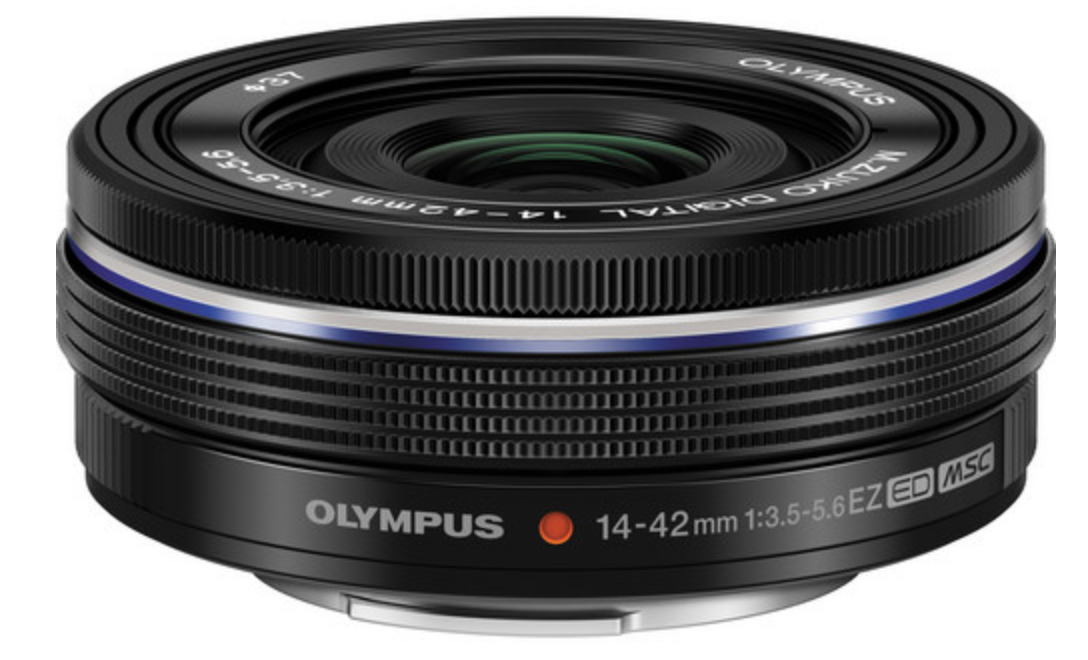
No, this lens isn’t as exciting as the previous Lumix, but it does everything it’s supposed to, which is sometimes a lot to ask of a lens.
It’s small (3.2oz and less than 1in. In depth), quiet and comes with the MSC autofocus.
It does have one downside though: at f/3.5-5.6, it’s not the fastest lens out there. So, if you’re not involved in sports or wildlife photography in which you need to crank up the shutter speed, check this zoom autofocus lens out.
Where to Buy These Top Autofocus Lenses
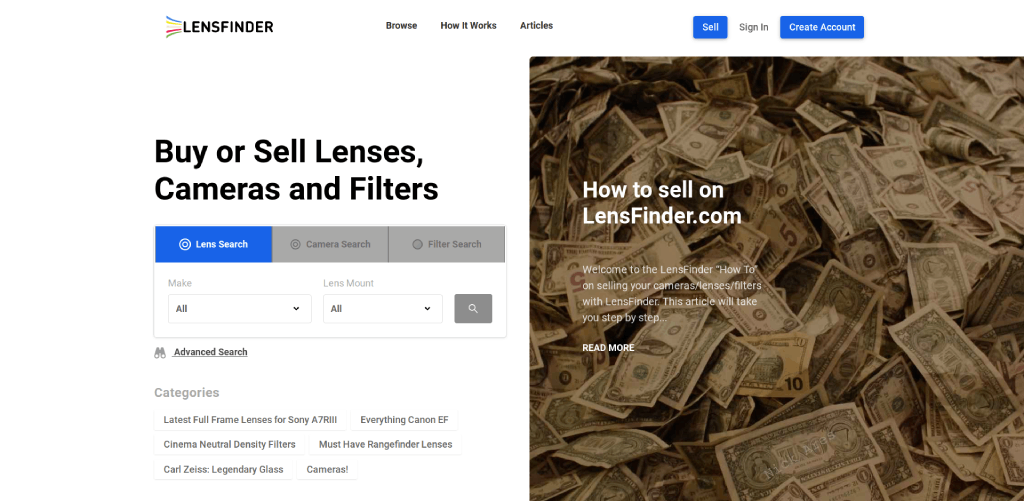
Whenever I’m bargain shopping for the best micro four-thirds lenses, I always head straight to Lensfinder.
Not only do they have an incredible array of the top autofocus lenses, but they are a resale website so each one of the lenses in their inventory has a caring photographer behind them.
This means you can rest assured your lenses were taken care of before you came across them, and you can also ask any and all questions of the sellers (no more hassling with third-party sellers on eBay).
Plus, Lensfinder ensures the sellers pay all of the fees and you know exactly what your total is going to be up front.
And, if you can’t find the exact lens you are looking for today, you can always come back tomorrow because the chances are it will be there! It’s a one-stop-shop for lenses that could help you save a good bit of money. What’s not to like about that?
Learn More:
- These Crazy Camera Lenses Have to Be Seen to Be Believed
- Best Nikon Lenses for Beginner Photographers
We Recommend
Top Sony Lenses for Full Frame Cameras
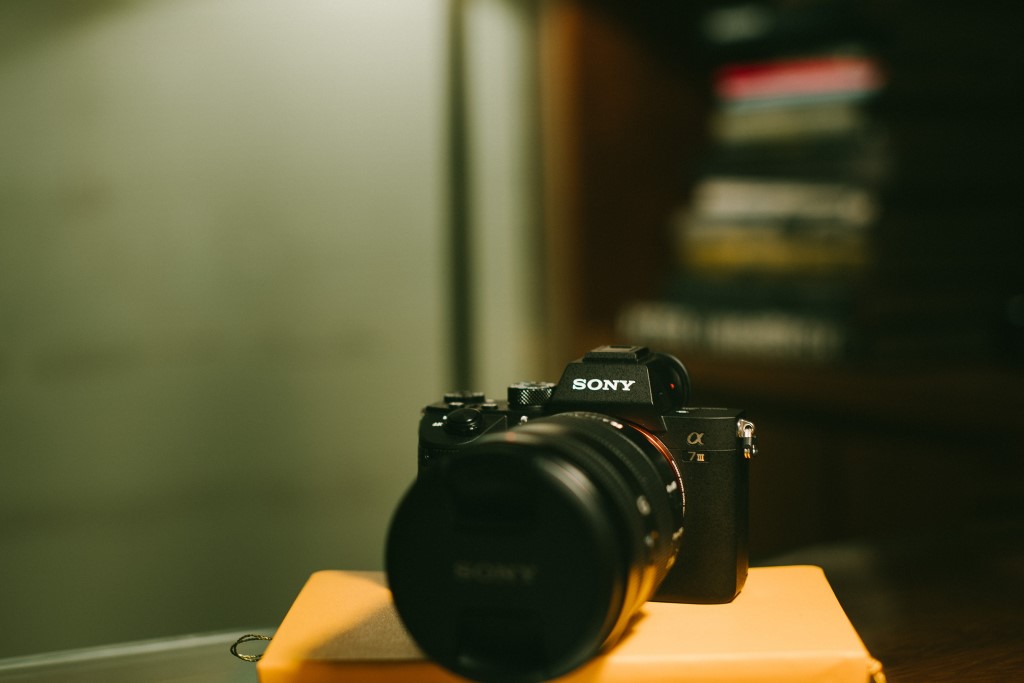
Photo by GMax Studios on Unsplash
If you ask me, Sony is all the rage right now, and for good reason: their cameras and their selection of lenses just keeps getting better.
Although Canon and Nikon are both ahead of the game in terms of the sheer selection of lenses that are available, Sony is rapidly catching up.
In this article, I’ll break down some of my favorite Sony full frame lenses, no holds barred.
Sony 24-70mm f/2.8 GM
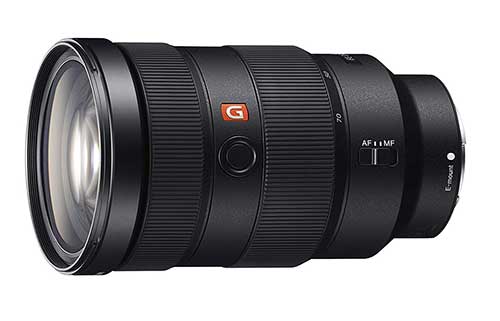
This full frame Sony lens is definitely on my Christmas wishlist this year because it’s built for travel and I’ve got a trip to Germany planned in March.
This full frame Sony lens is what truly made them a valid competitor with Canon and Nikon.
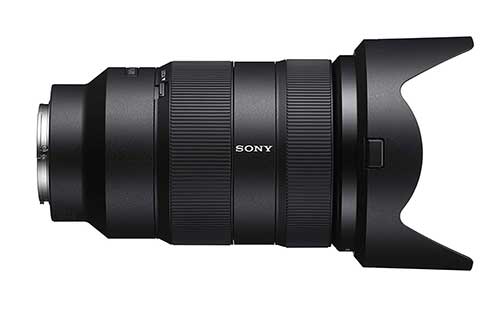
This lens crafts extremely sharp photos with beautiful bokeh, and it’s sturdy, too - just what you want in an all-rounder travel lens.
Other Sony FE lenses don’t offer the same level of features or quality, but that is definitely reflected in the price of this rig...
The Sony 24-70mm f/2.8 GM is available on Amazon for $2,200.
Learn More:
Sony 55mm f/1.8
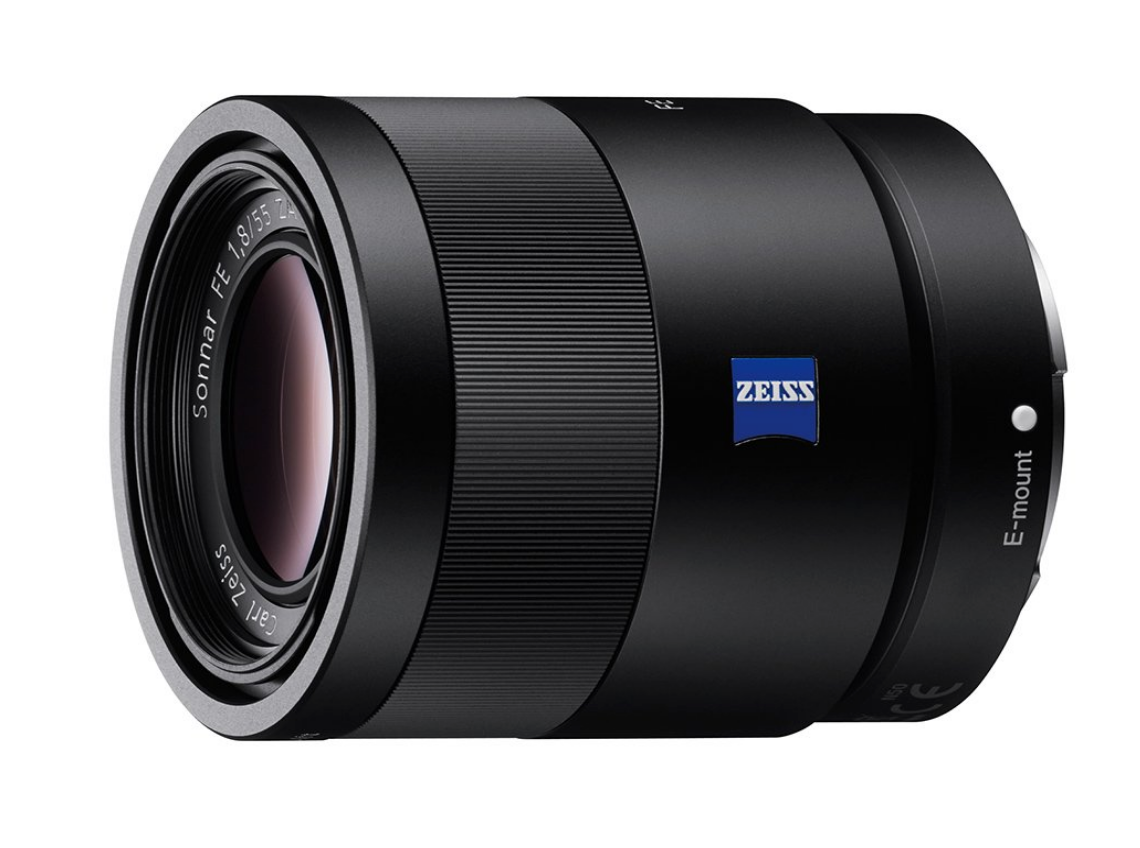
If you can’t afford the Sony 24-70mm f/2.8 GM, this Sony lens is another good option in the travel and portrait categories.
While Sony does provide the same type of lens in f/1.4, it’s much more expensive and not necessary for most photographers. Plus, this 55mm creates sharp photos with fast and quiet autofocus. It’s also really light, weighing in at just 9.9 ounces, so it won’t be hard to throw it in your carry-on.
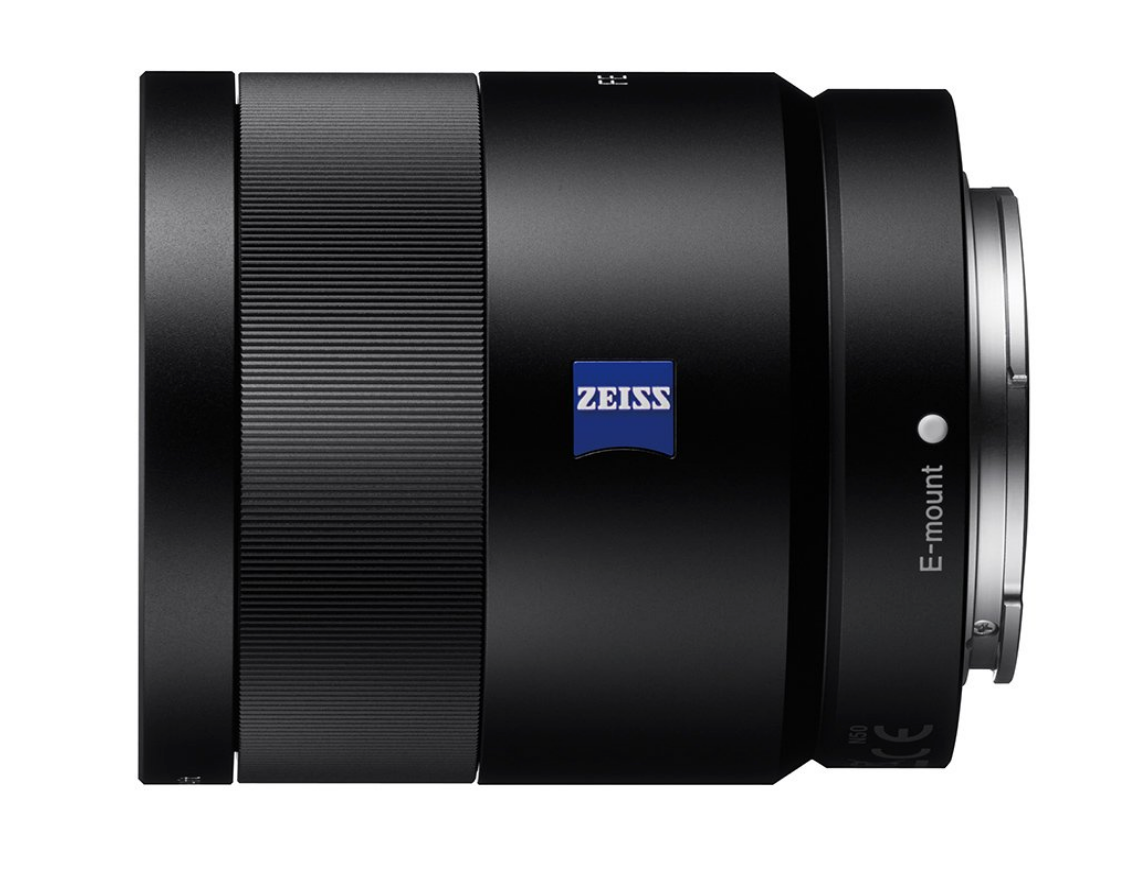
Again, you could spring for the Sony 55mm f/1.4 for an additional $500, but many Sony cameras already have incredibly high ISO capabilities, so in my mind it makes more sense to save the $500, bump up the ISO a little bit, and work with this f/1.8 version.
The Sony 55mm f/1.8 is available on Amazon for $898.
Zeiss Batis 18mm f/2.8
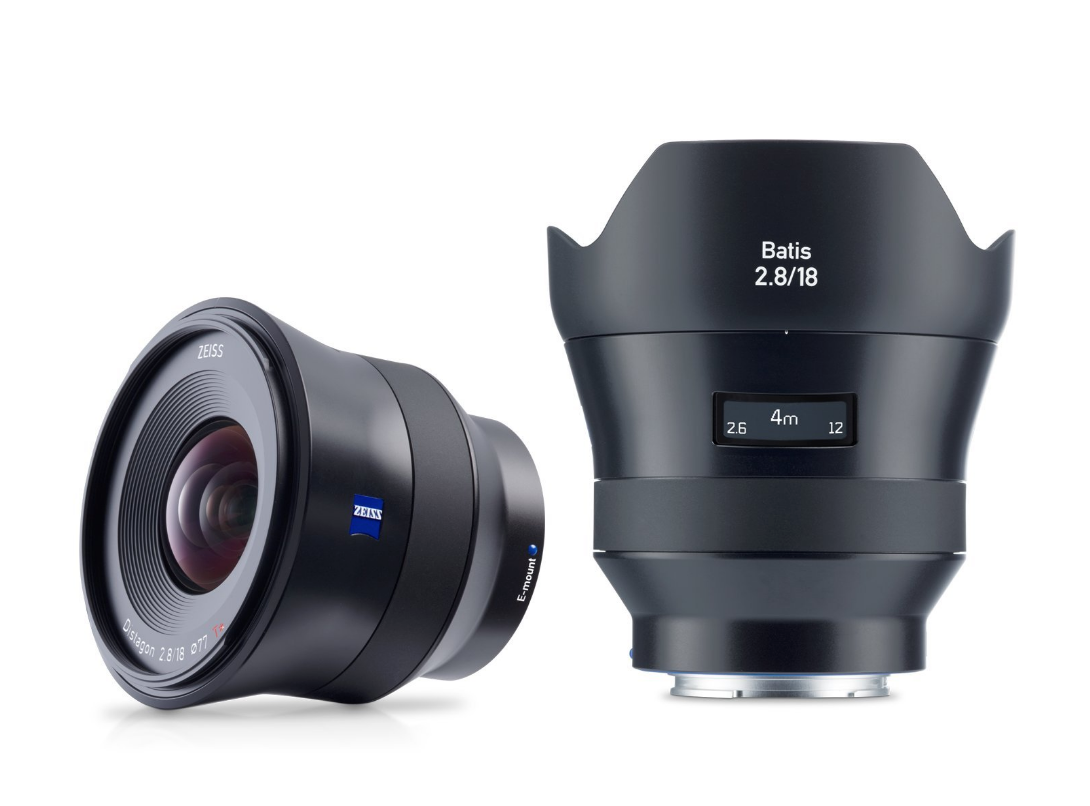
I love my Zeiss Batis lens. If sharpness is what you want, look no further!
Zeiss has a reputation for sharp optics, and this lens is certainly no different with beautiful detail from corner to corner.
I use my Zeiss Batis for landscape photography because it’s light and it’s a great pairing with my Sony a7R III. The wide-angle view it provides allows me to incorporate wide, sweeping vistas and beautiful foreground detail as well.
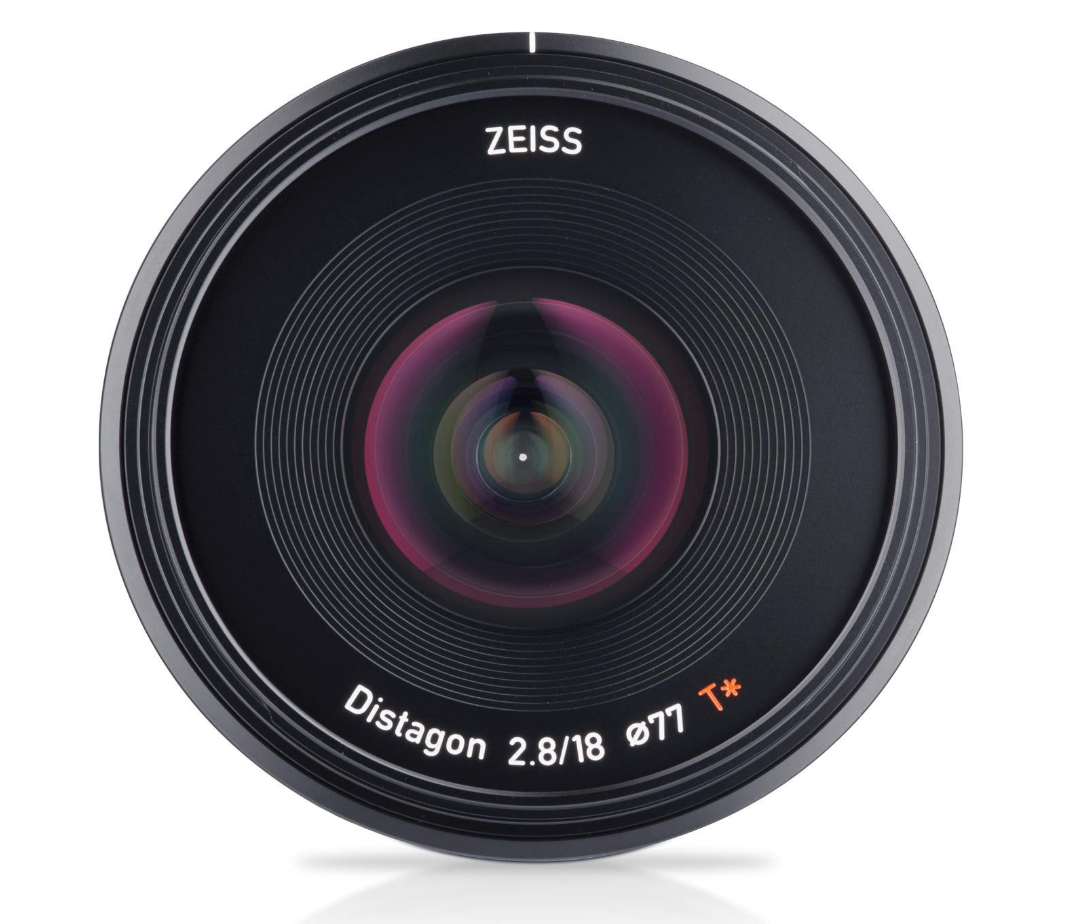
This lens also offers superb color rendition, very little distortion, and quick autofocus performance.
It’s shape is a little weird, which makes it a tad bulky, but at least it’s bulky without being heavy - it weighs just 11.6 ounces.
The Zeiss Batis 18mm f/2.8 is available on Amazon for $1,260.
Sigma 85mm f/1.4 Art
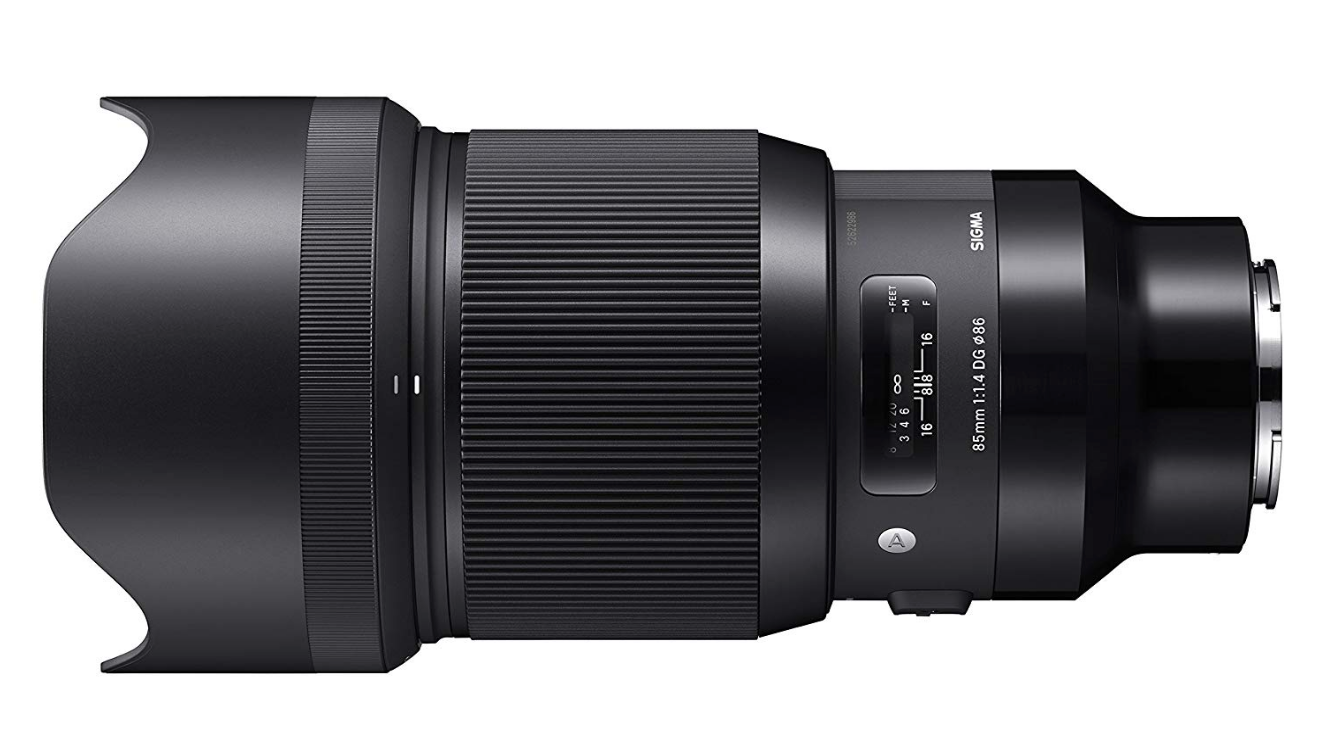
Sony full frame lenses, like this Sigma 85mm f/1.4 Art, are popular. Most of my photography friends were waiting for this Sigma for well over a year, and for good reason. It’s got almost all the qualities of Sony’s GM version, except it’s $600 cheaper.
Sigma created an 85mm f/1.4 for both Canon and Nikon and they quickly became the most popular lens for portrait photographers.
Unfortunately, Sony lenses can get pretty heavy, and this one is no different weighing in at nearly 40 ounces, which doesn’t seem like much until you’re carrying it for 14 hours!
However, this lens is ultra-sharp and produces deliciously beautiful bokeh, and that 85mm focal length is perfect for portraiture.
The Sigma 85mm f/1.4 Art is available on Amazon for $950.
Learn More:
- These Crazy Camera Lenses Have to Be Seen to Be Believed
- How to Get the Most Out of Your Nifty Fifty Lens
Sony 70-200mm f/2.8 GM
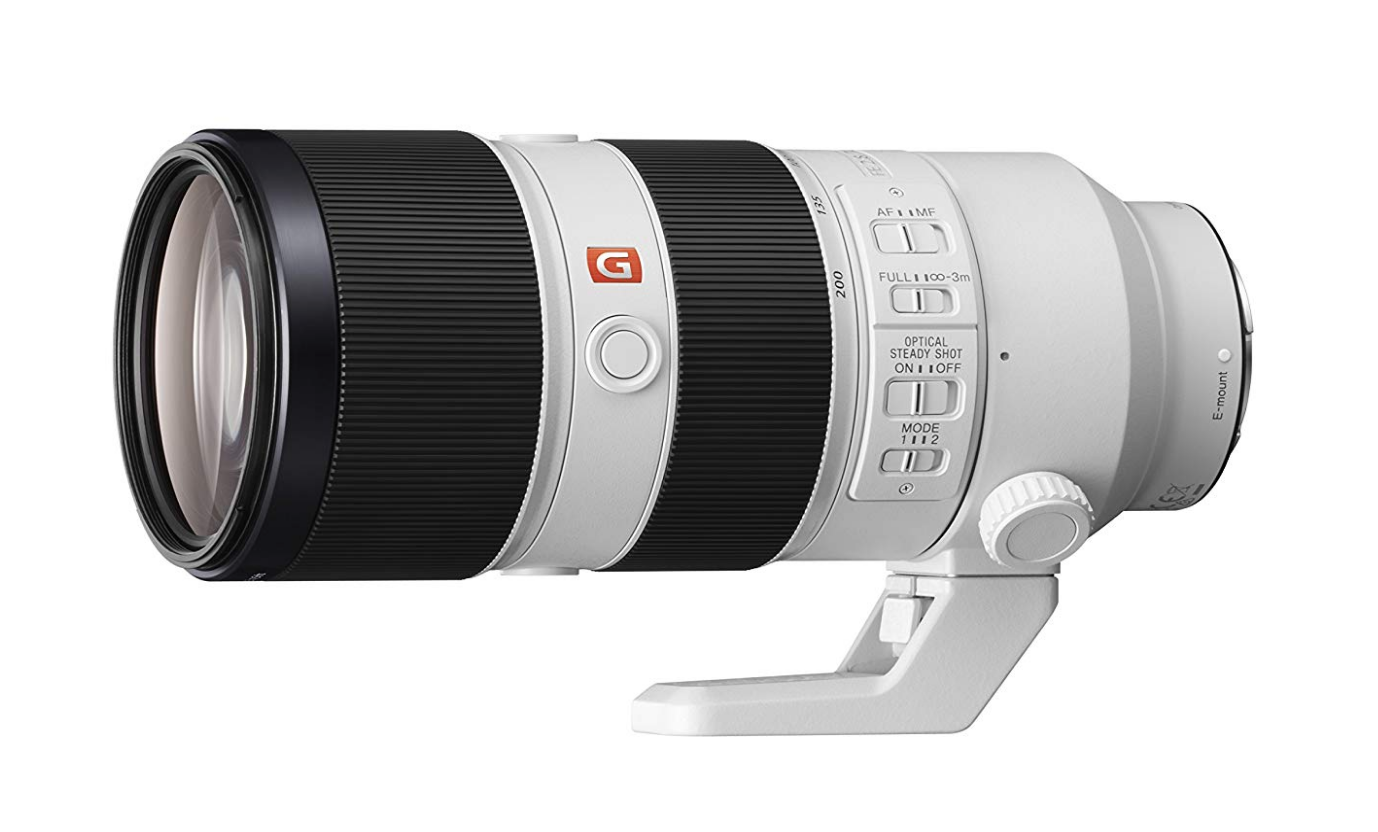
There’s no way I could write a whole article about Sony full frame lenses and not include this awesome telephoto, the Sony 70-200mm f/2.8 GM.
Around this time last year, nobody could get their hands on this Sony lens because it almost immediately sold out everywhere, but it’s back.
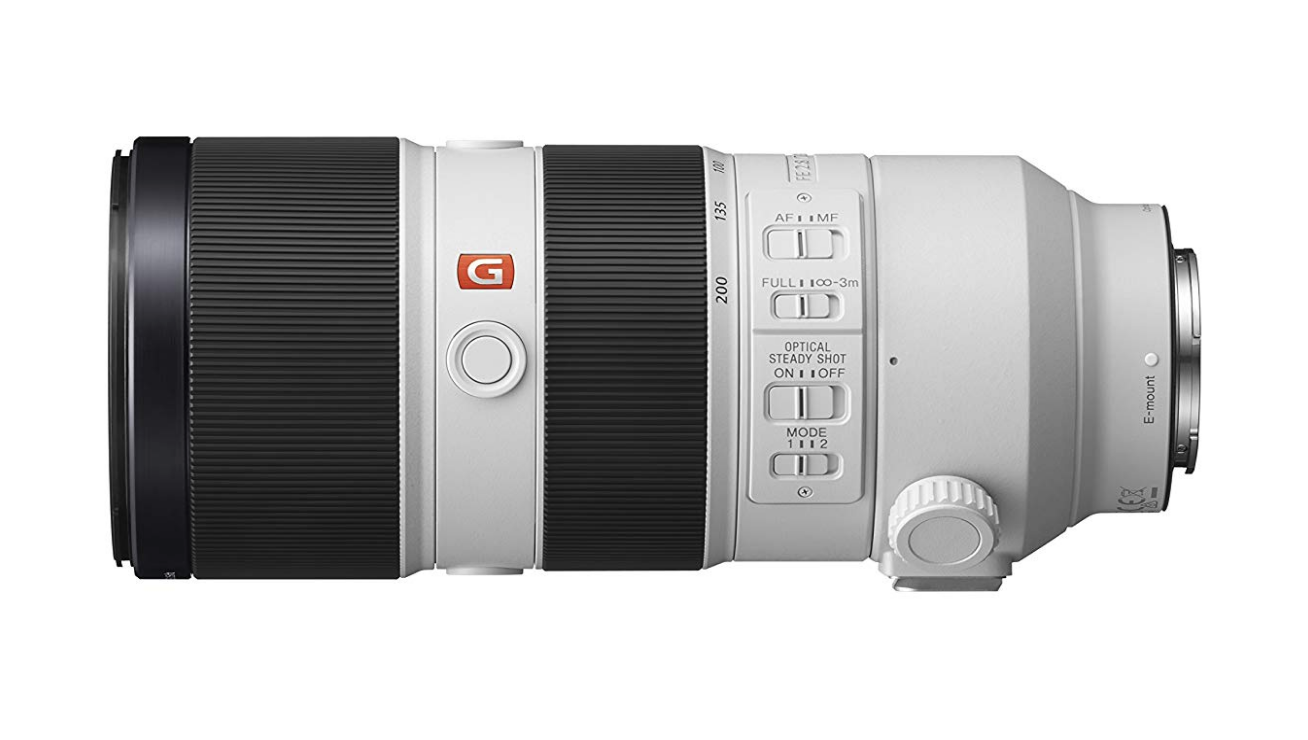
The images it produces are sharp, except for in the far corners, and it’s got built-in image stabilization. Plus, it focuses quickly and it produces nice bokeh.
The built-in image stabilization is a nice feature, too, especially when shooting at longer focal lengths.
If you need a versatile, all-around lens with more reach than a typical zoom, this lens is a great choice.
The Sony 70-200mm f/2.8 GM is available on Amazon for $2,600.
How to Save Money on Lenses
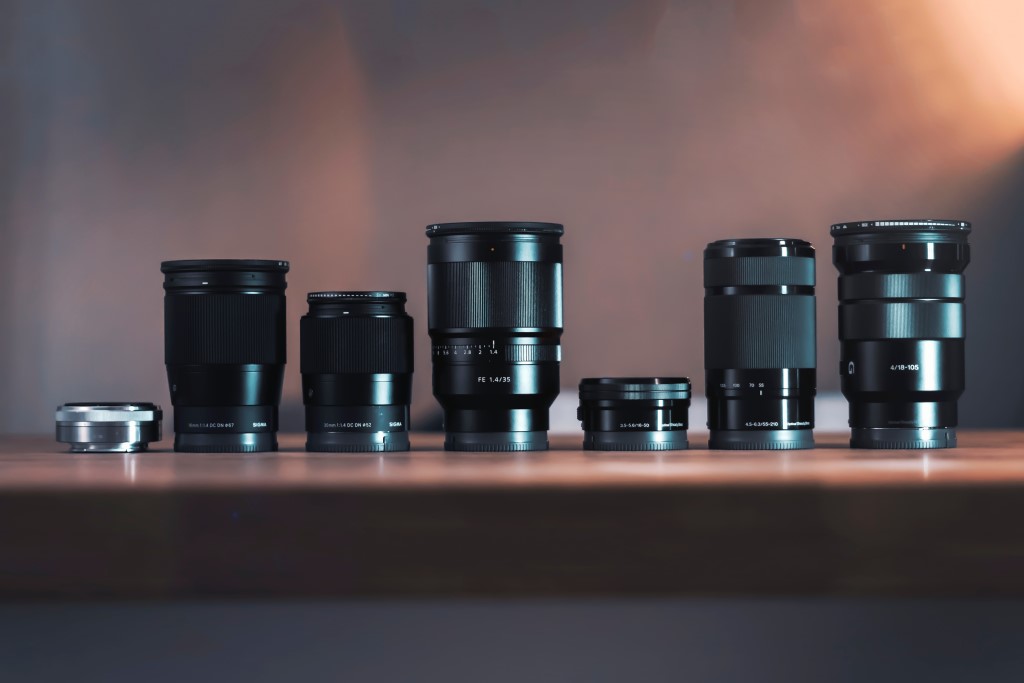
Photo by lucas Favre on Unsplash
Clearly, each of the lenses described above cost a pretty penny. Fortunately, there’s a way around their steep prices - buying used.
I know some photographers that refuse to buy used gear, and it just doesn’t make sense to me.
I’ve bought (and sold) a ton of used gear over the years, and by and large, it’s been a good experience, particularly now that I use Lensfinder for my gear needs.
Lensfinder is a community built by photographers, for photographers, so you know that the items listed for sale aren’t knock-offs or stolen.
That’s because Lensfinder has built-in fraud protections. Plus, you can message sellers, make your purchase, and leave feedback all right within Lensfinder, so it’s a great little community for getting what you need and building connections with other photographers.
Plus, the savings you can find can be quite large, so you might even be able to pick up a couple of used lenses for the price of one new one. Nice!
Check out Lensfinder’s inventory and see if you can find a great Sony full frame lens on the cheap.

